
Oppède le vieux
Oppède (Occitan: Opèda) is a commune in the Vaucluse department in the Provence-Alpes-Côte d'Azur region in southeastern France. Oppidum is the Latin
word for 'town'. One of the most frank and wild villages of the Luberon. Built on a rocky outcrop, in a rugged setting of forests, valleys and rocks, it contemplates
a landscape of vineyards, olive groves, oaks and always keeps an eye on the perched villages around ...The jewel minor is located on the north side of the Luberon
and its old village is a perfect balance between buildings, greenery and light, between mysteries and history.

3 episodes are shot Opedde le Vieux - The Moor 1 and 2 and The Four Horsemen
In the episodes of The Moor, Opèdde le Vieux is called the town of St. Claire.
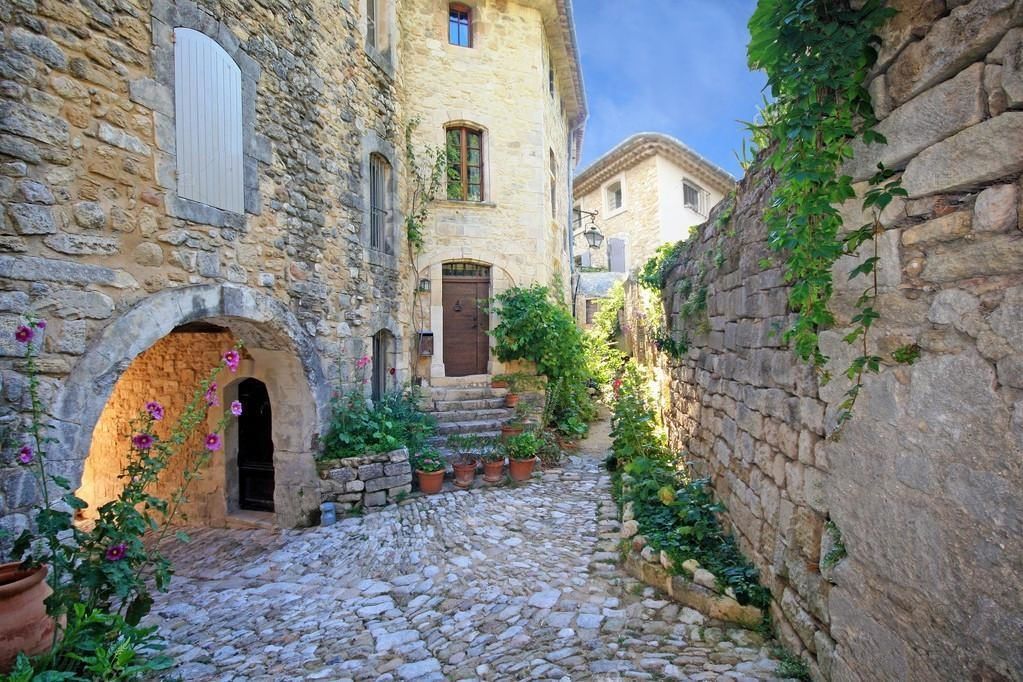
Left the gate to the old town and in front the door of the Mayor.
|
|
The old Village and the new village The story of Oppède-le-Vieux is really a tale of two towns. One in the valley, is still thriving. Whilst its twin, lies empty on the mountaintop overshadowing it. This 'twin' is the Crossbow village. But as beautiful and picturesque as Oppède-le-Vieux was, it became increasingly impractical to live in by the 19th century. The Petit Lubéron mountain cast an almost ever present shadow over the town, which made the quaint homes dark, damp and hard to maintain. Faced with a daily climb down the mountain, many of the farmers working in the valley below Oppède-le-Vieux simply began living in it, giving birth to a new town, called Oppède-le-Poulivets. Oppède-le-Poulivets swiftly became a far more practical place to live, with its closer proximity to the olive groves, fruit orchards, vineyards and fields of lavender. The town hall itself moved down into the valley in 1909, sealing forever, the fate of Oppède-le-Vieux.' Oppède-le-Vieux dated back to the 12th century, and used to be bustling town, with homes carved into the mountainside, surrounded by ramparts, and at its centre, a church and a castle. Once, this charming town of steep, winding streets was home to over 900 people. |
The beauty
This old town is a real pearl.
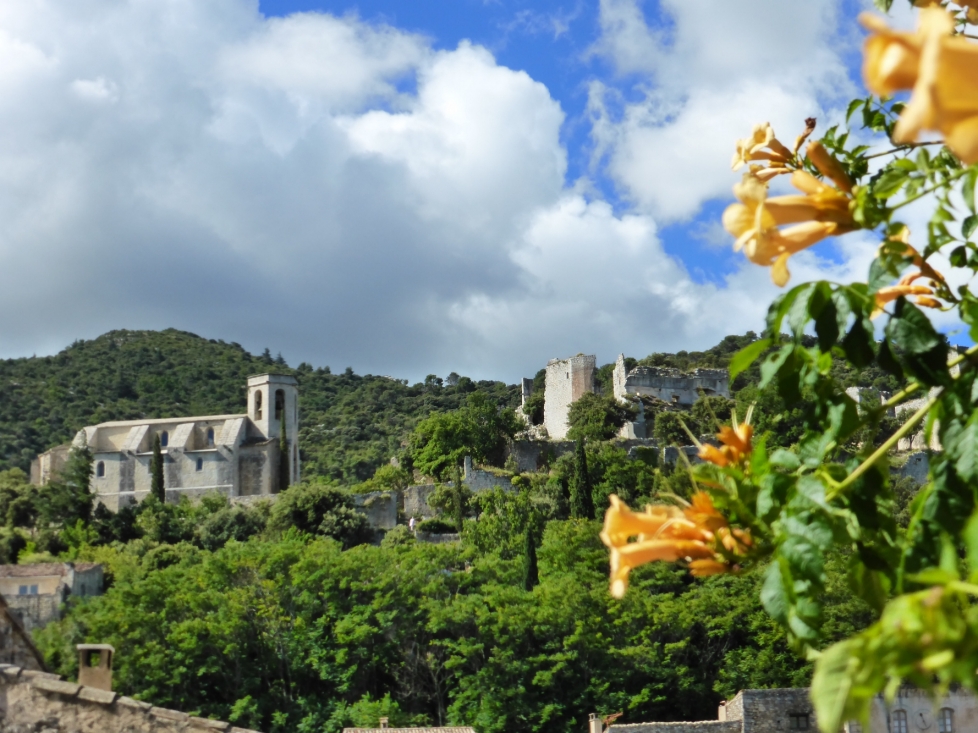
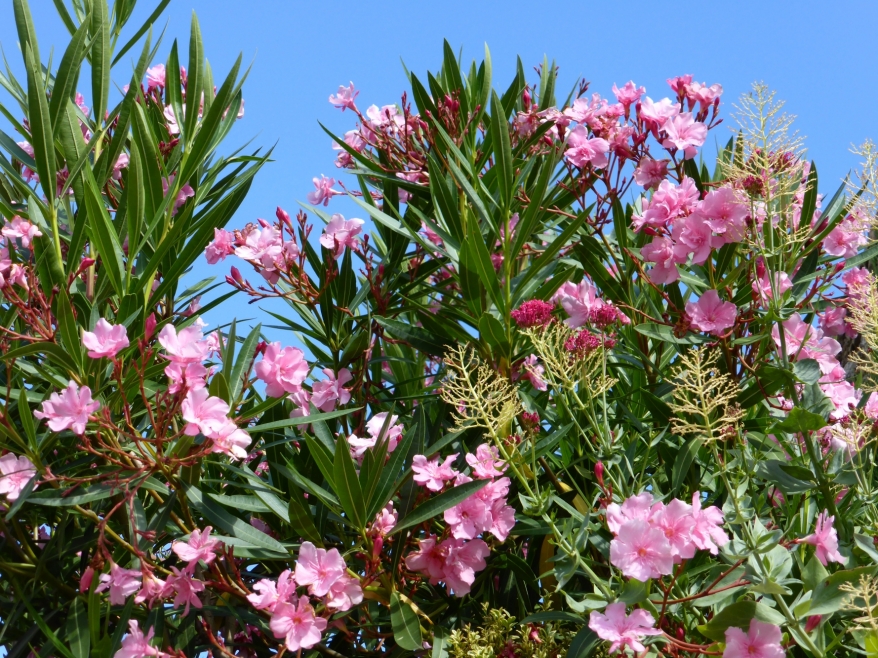
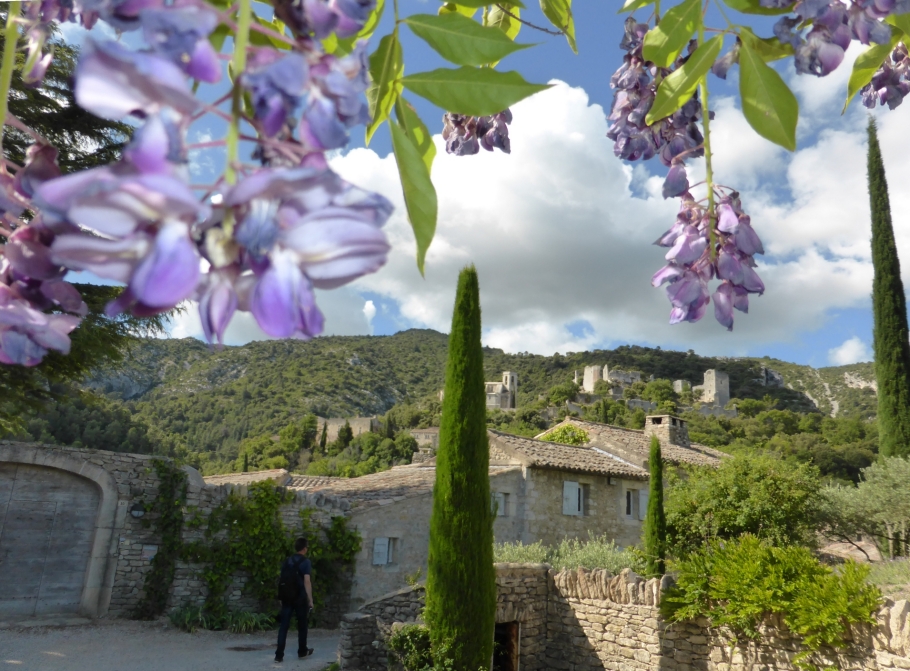
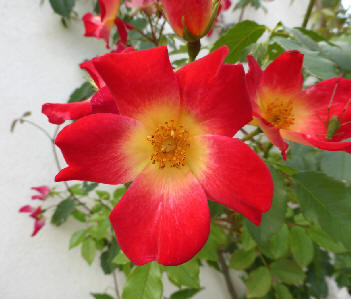
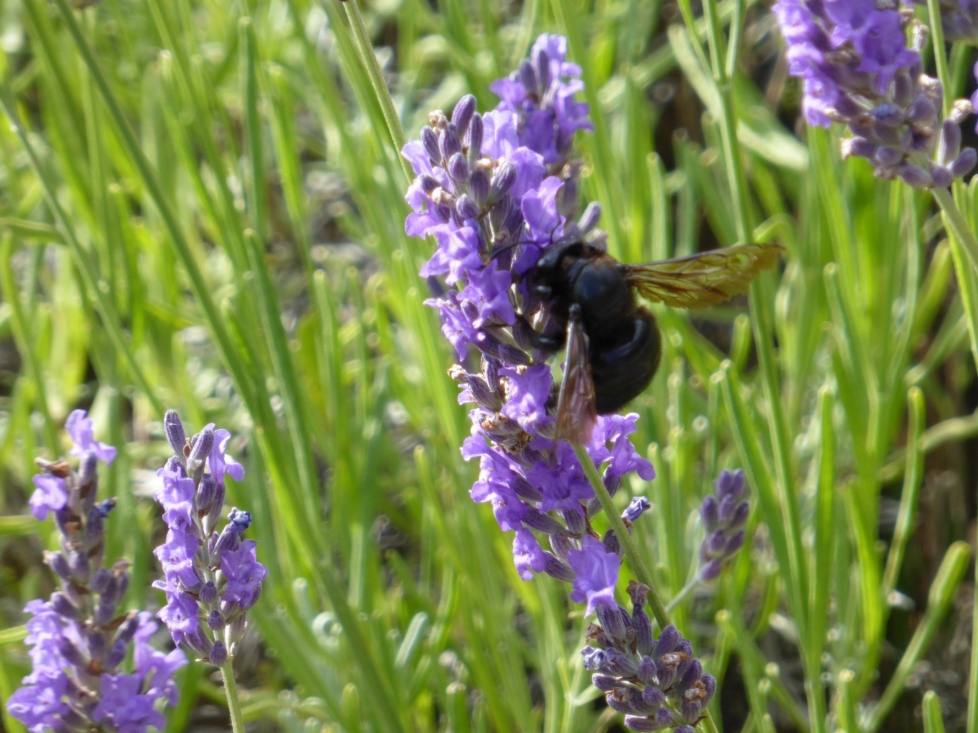
Start of episode The Moor 1
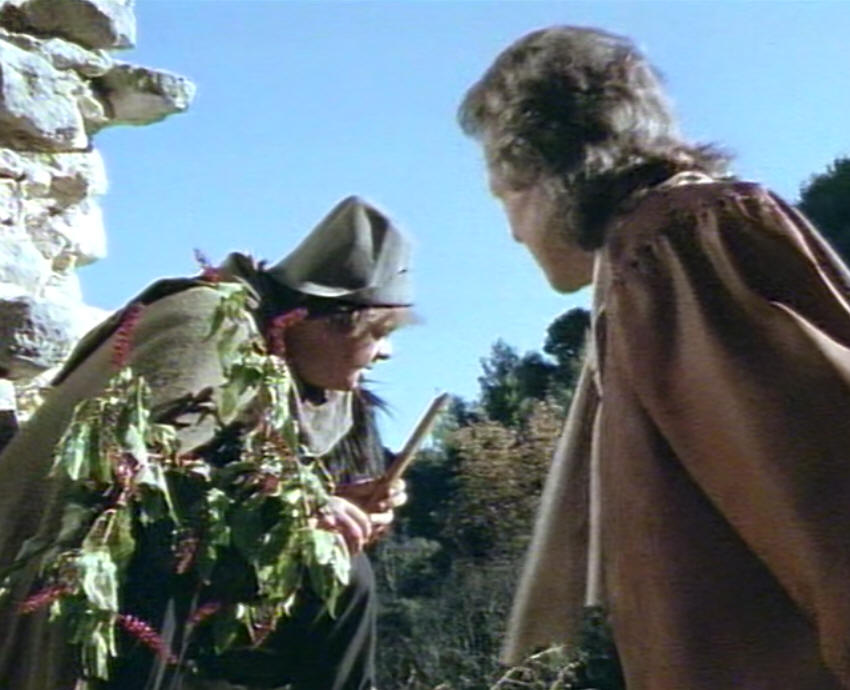
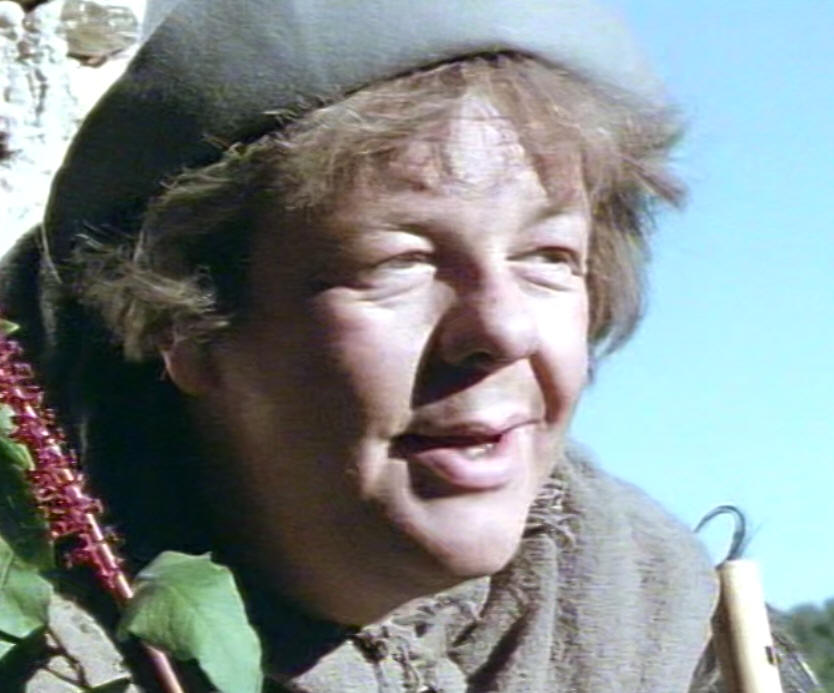
Tell is about to enter St. Claire and meets the city guard
"State your business or do not enter!"
"I thought St. Claire was a free town? Open to all.."
"St. Claire is open, St. Claire is free
No Black knights no tyranny
And all who enter here you see,
must state their business first to me"
"I'm here to see an old acquaintance... Marc the Scribe"
"Marc...the Scribe.. you'll find him on this road
"Pray and proceed to his a bold"
--------------------------------------------------------------------
Place de la Croix
The square with the tent
Here you see a large open square in the centre of Oppede-le-Vieux, surrounded by interesting buildings such as the ancient market hall as well as two cafes.
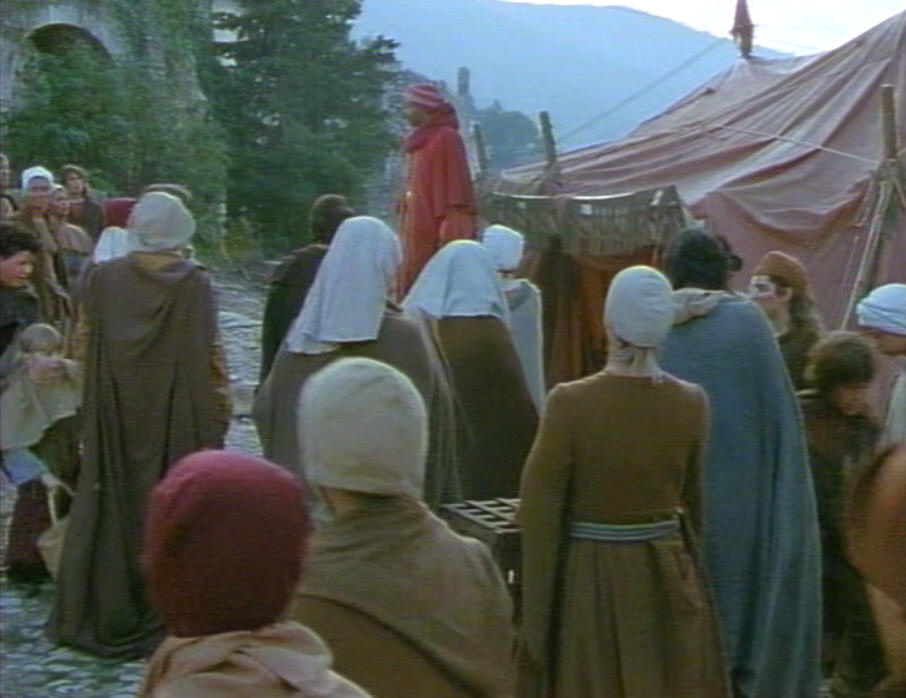
Scene: Tell wants to see Marc to buy a pass for the citadel. On his way he meets the Moor and his wife Djamila. The Moor speaks to the village and tries
to convince them of their beneficial powers and treatments. Big stories about healing the emperor, the duke of Zahringen and about the son of Tell.
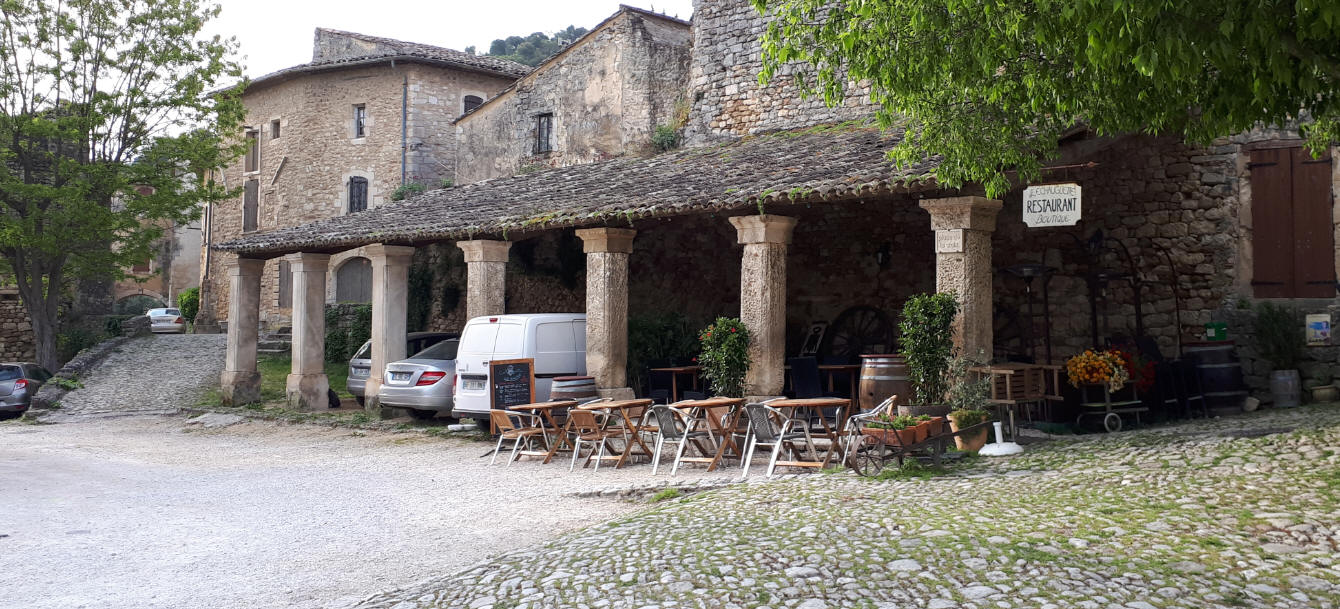

1986 2014
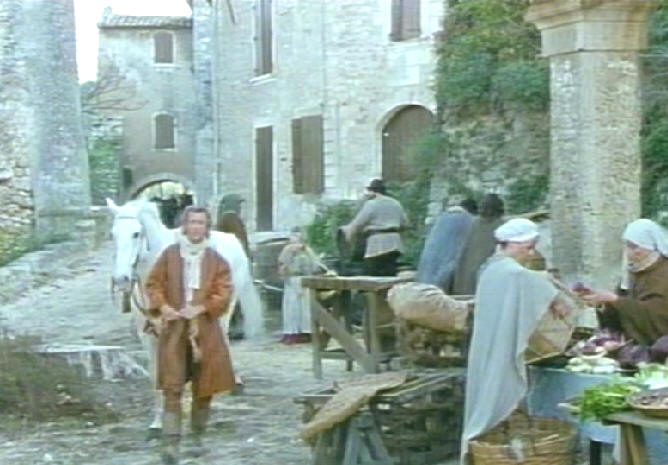
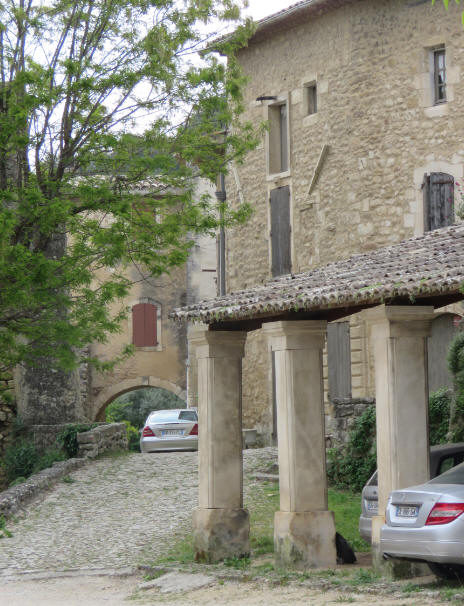
Le Petit Cafe attached to this square
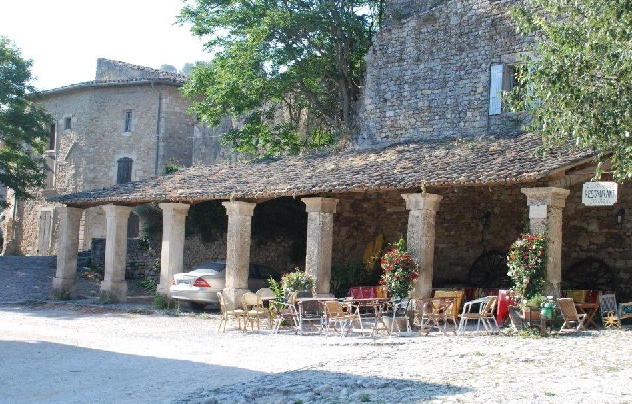
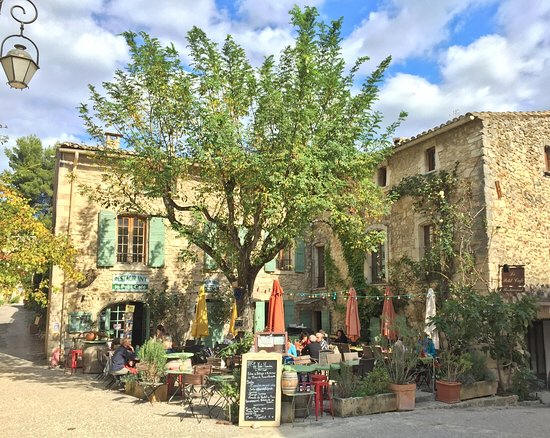
The location of the tent, 10 on the map.
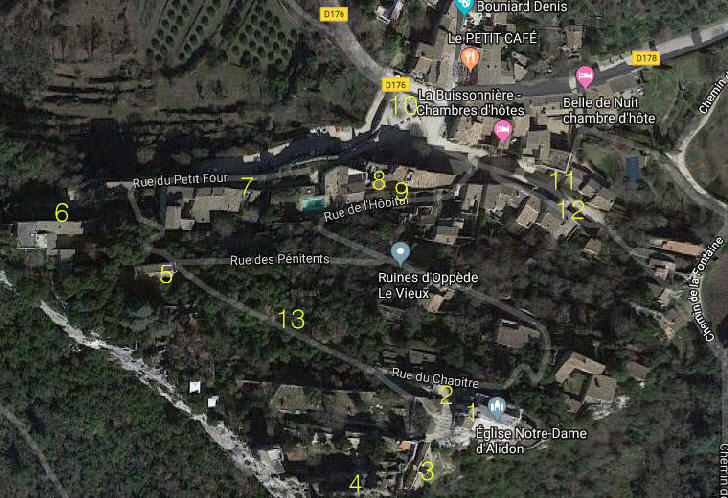
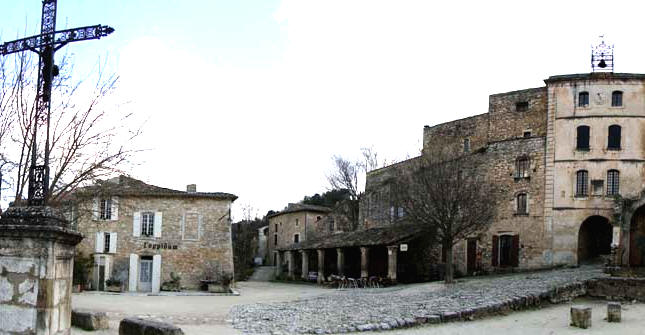
1983! The exact place of the tent June 2009
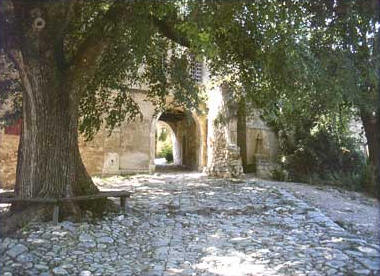
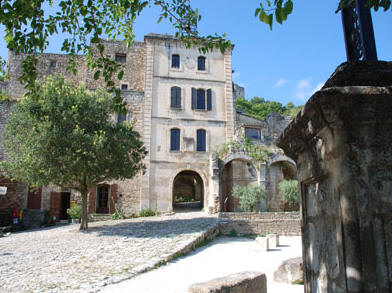
They're coming from the gate and walking over the square to the tent (at the cross).
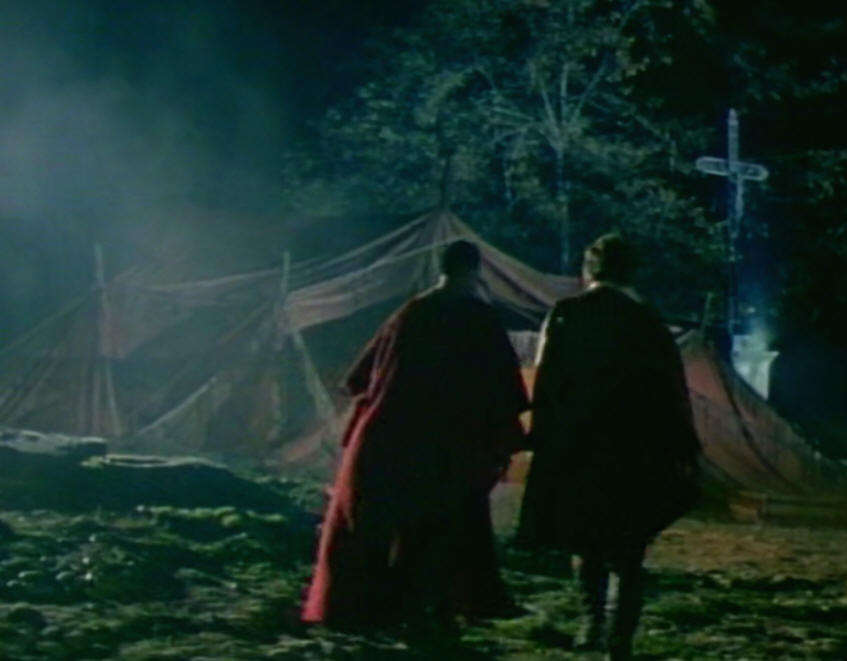
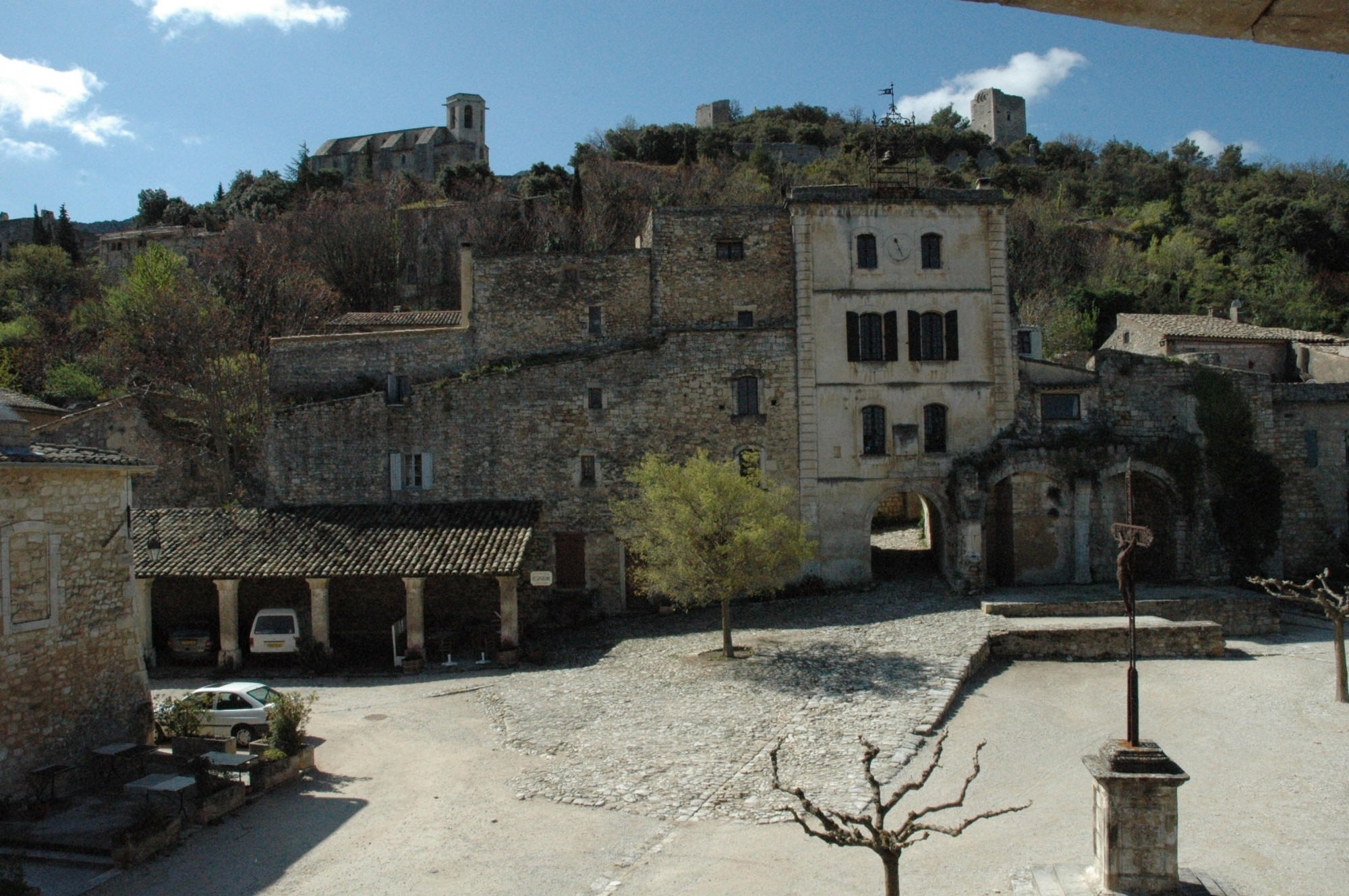
Scene: The Moor introduces himself to the people of St. Claire. Tell walks by and hears about his son.
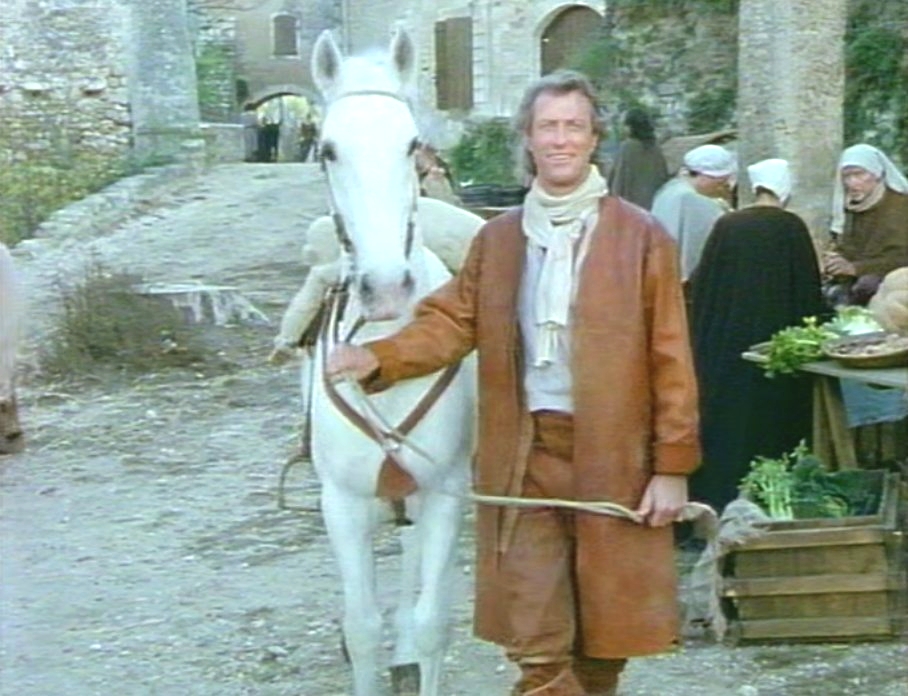
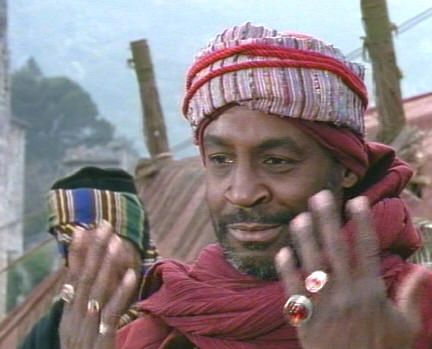
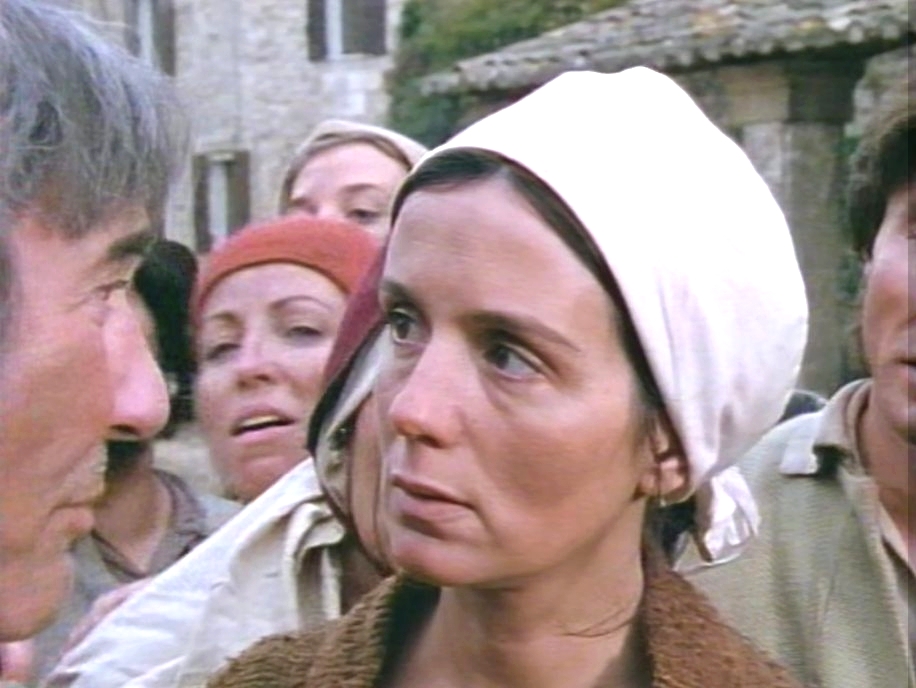
Scene: The people are no longer satisfied. After a mysterious poisoning, the Moor is accused of the crime. Location: At the square de la Croix
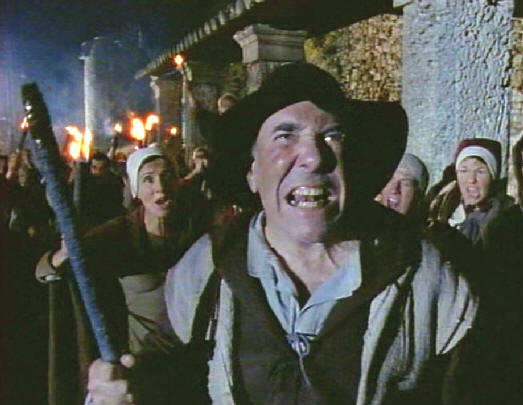
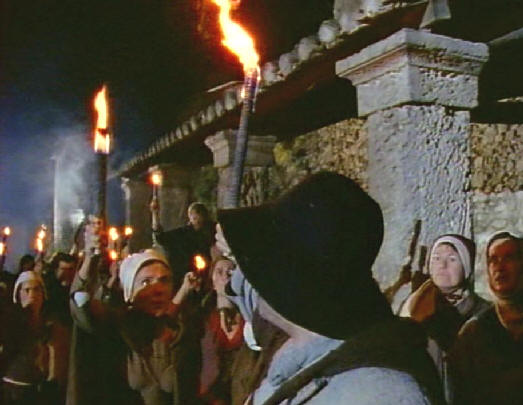
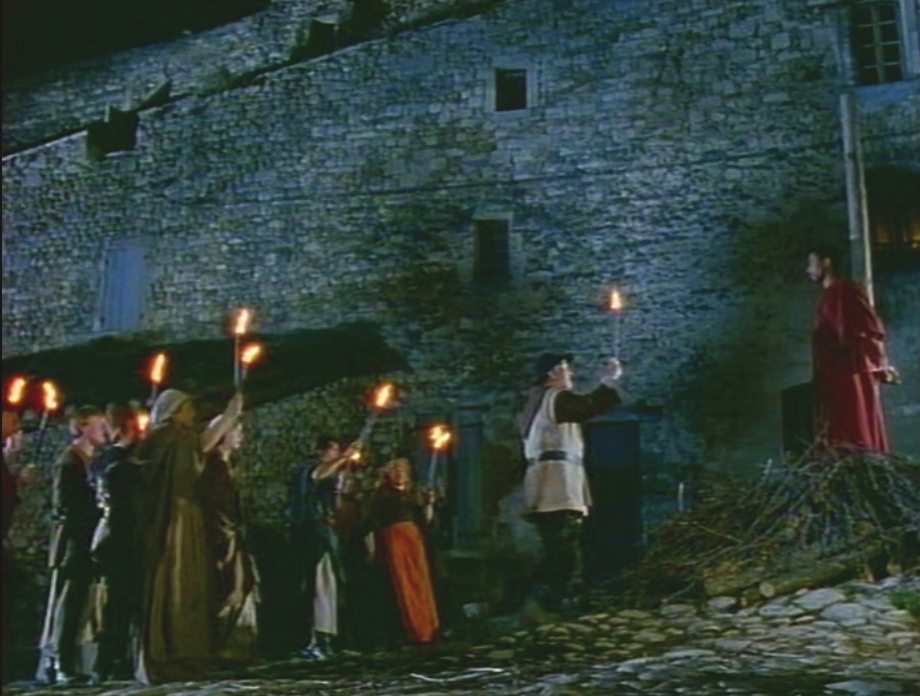
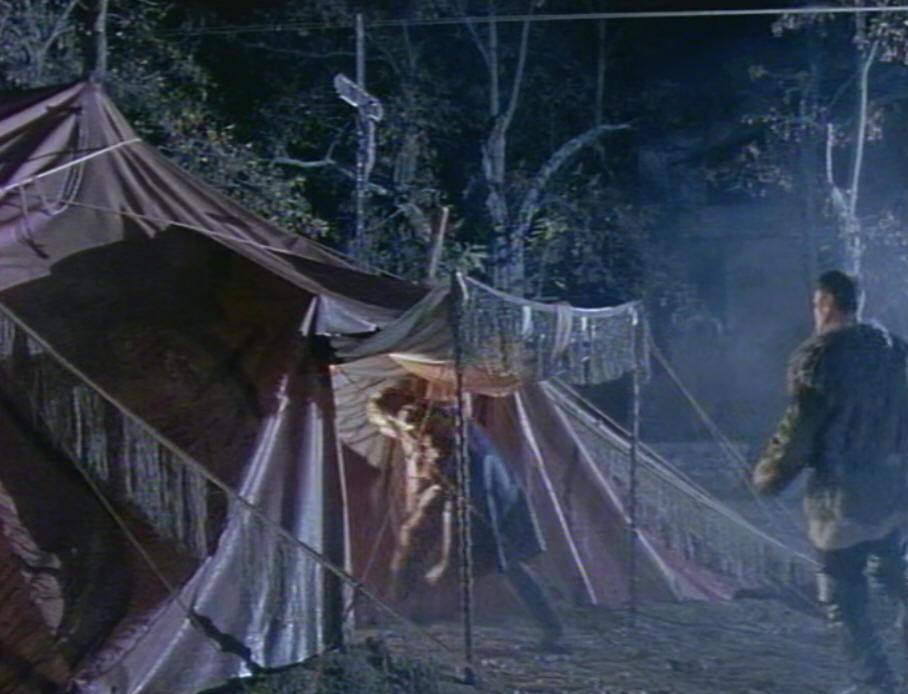
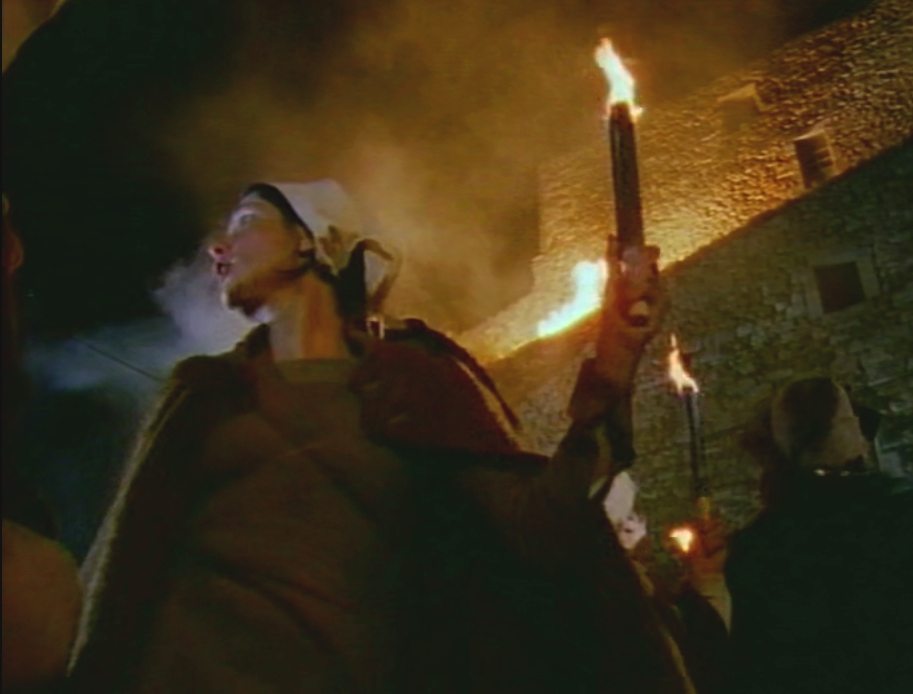
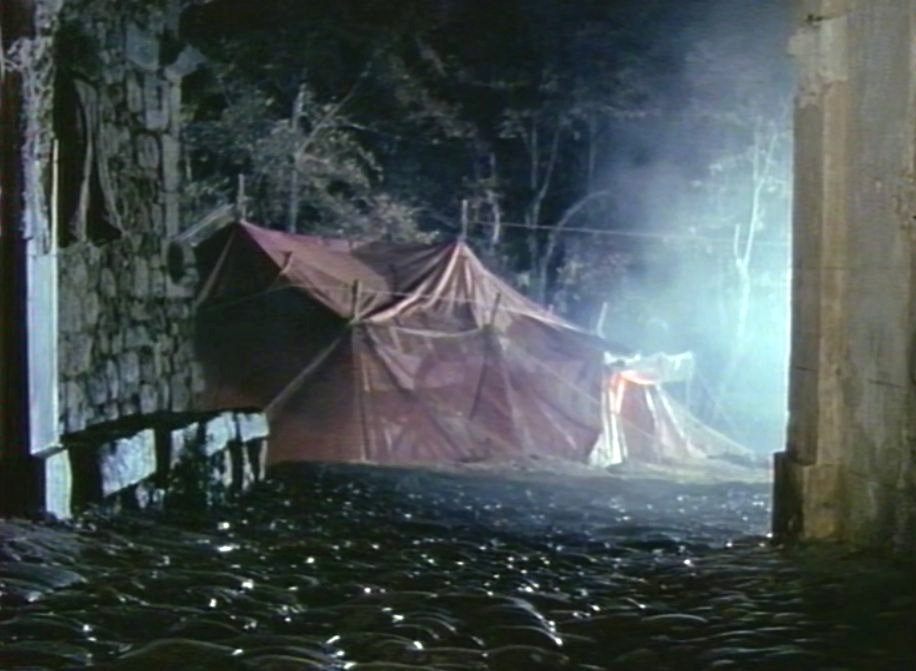
1986 2019
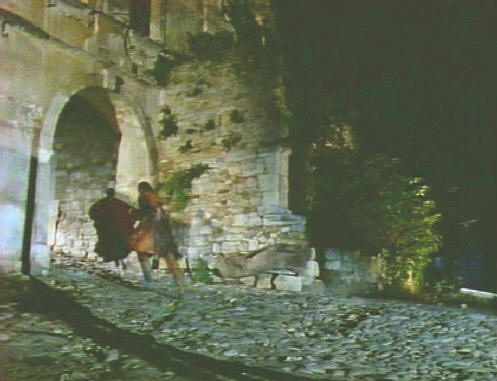
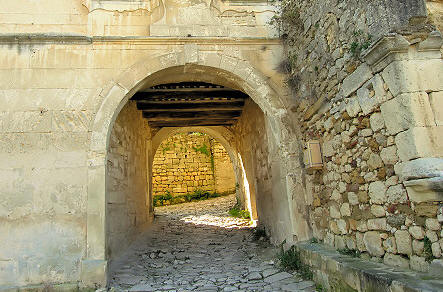
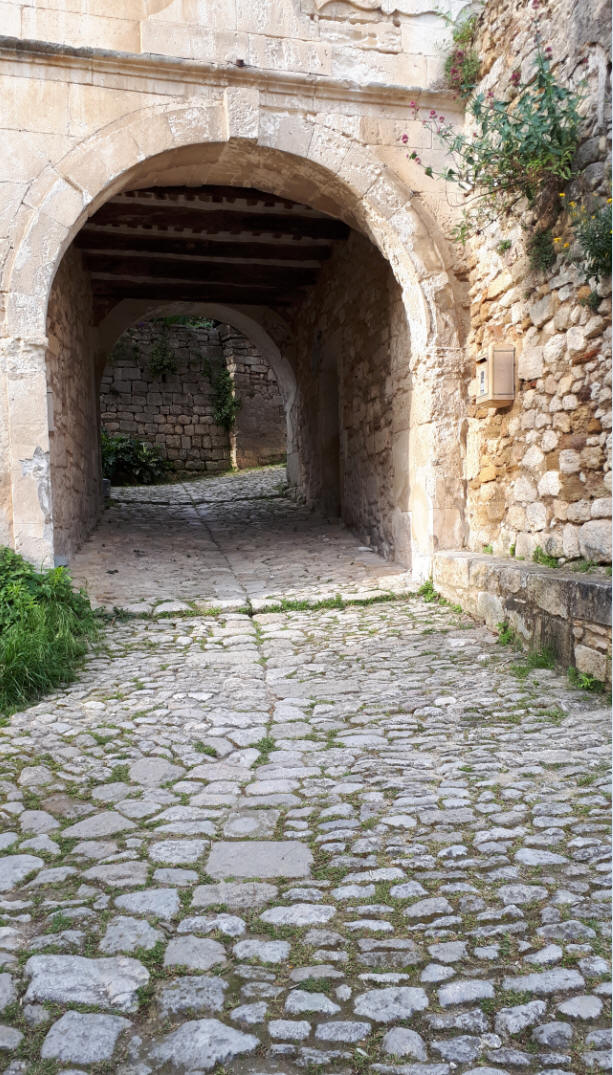
1986 2019
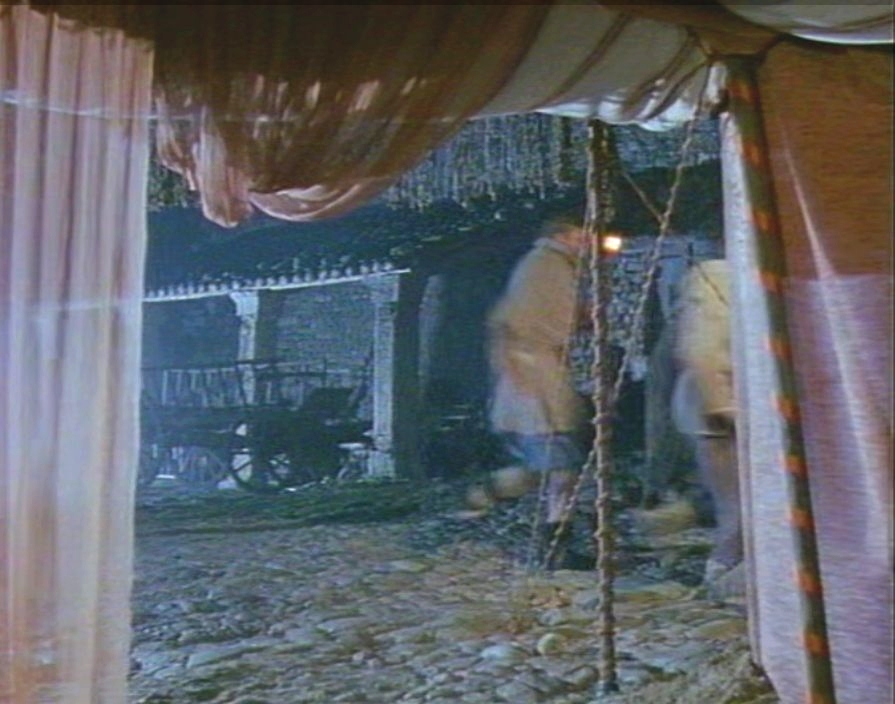
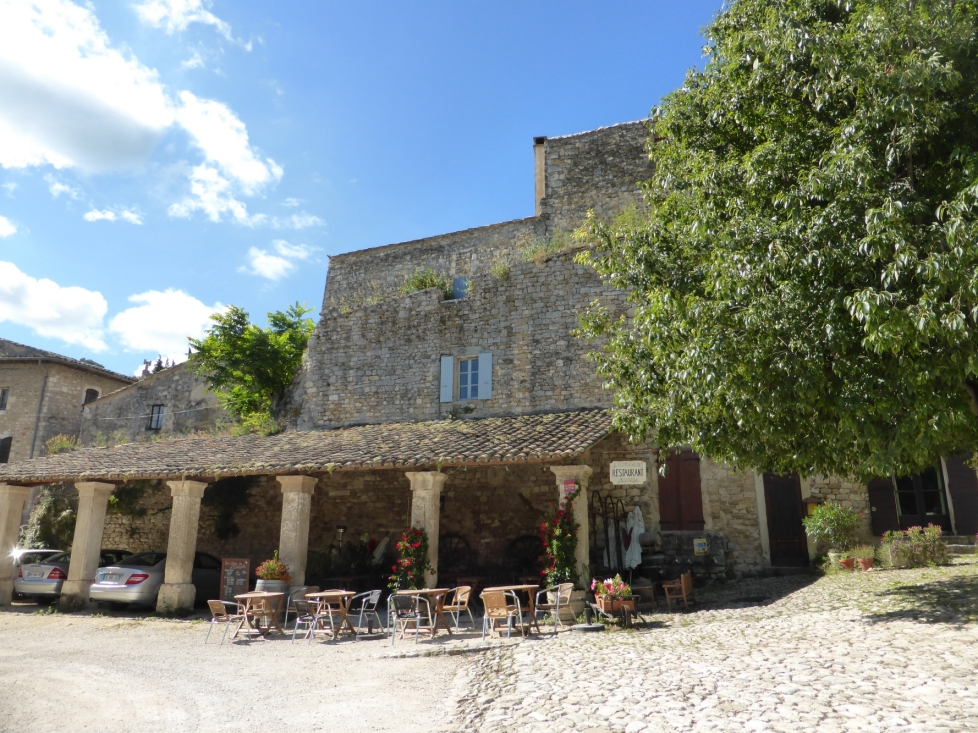
The cross
1986 2019
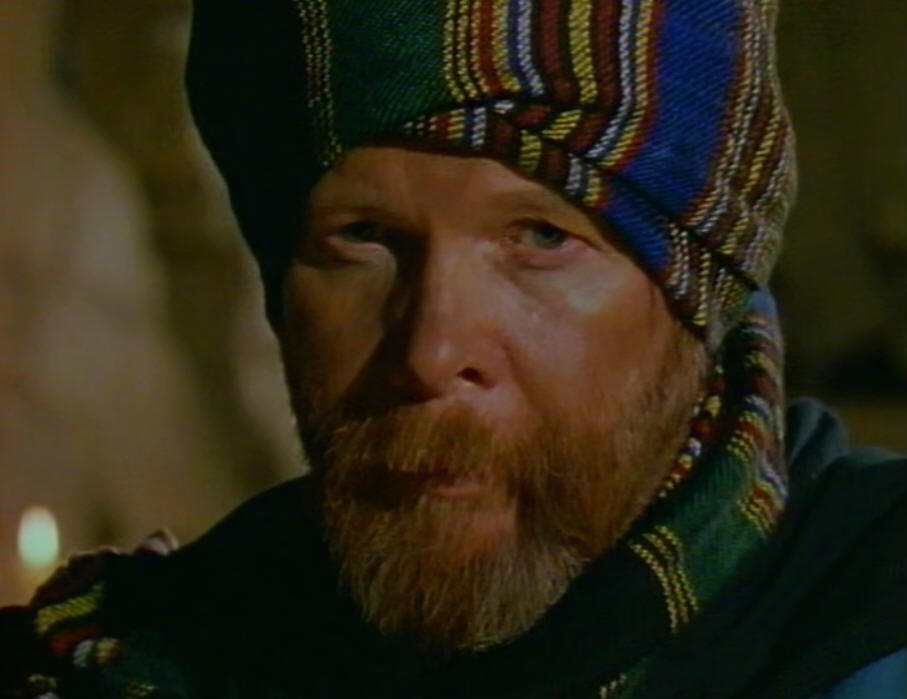
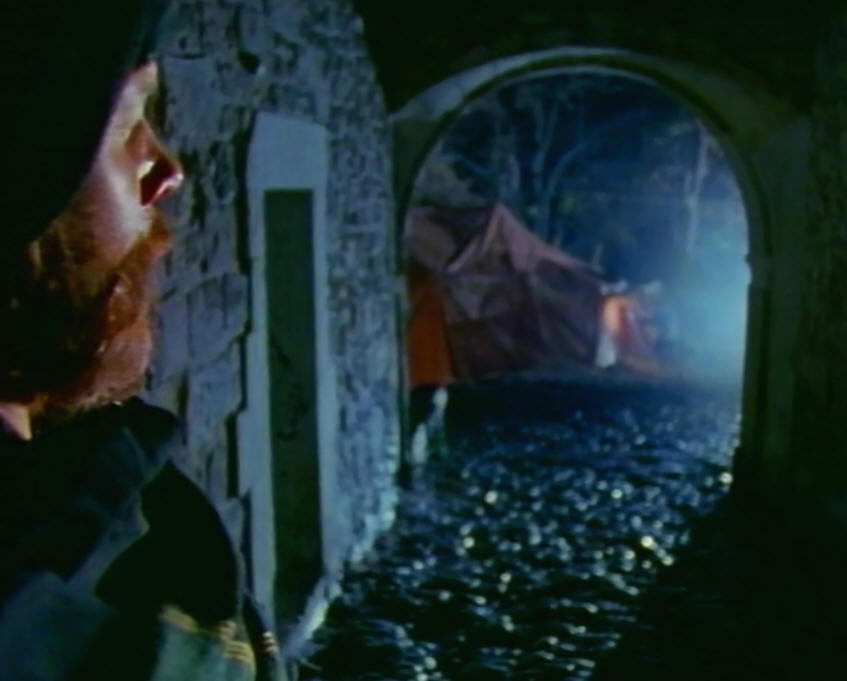
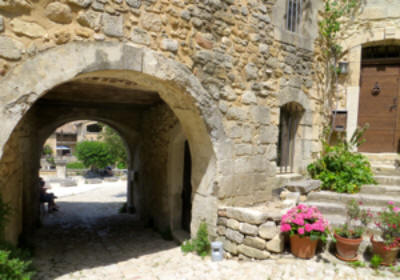
The last scene with Marc the scribe. In the background the cross
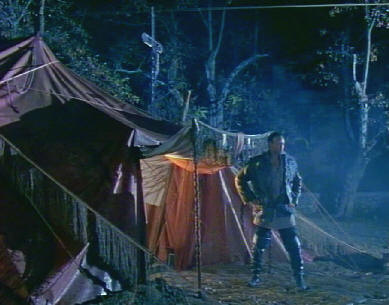
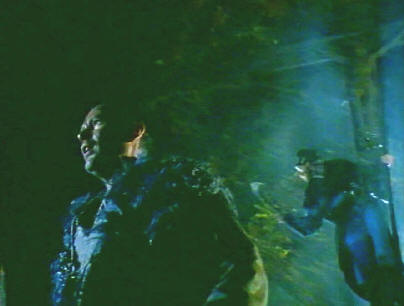
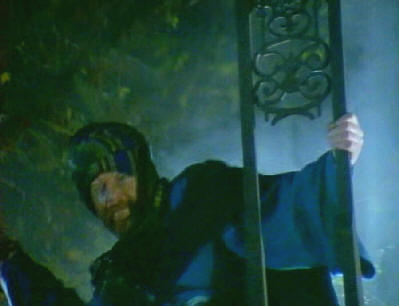
Jagua awaits Marc at the cross
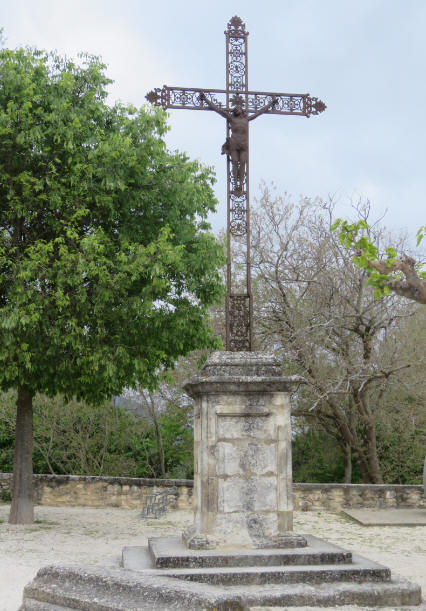
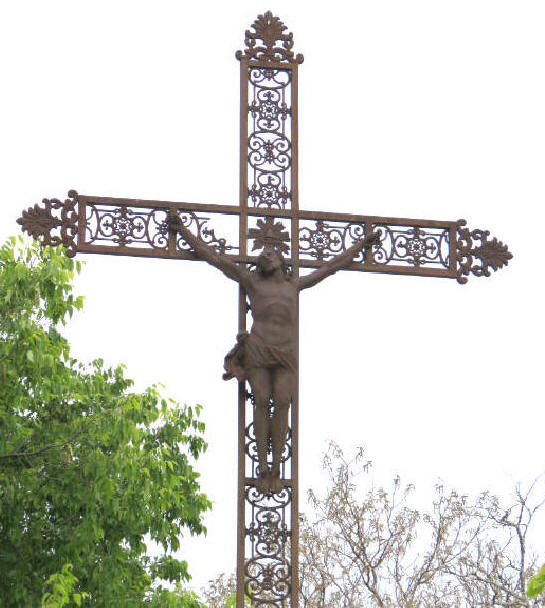
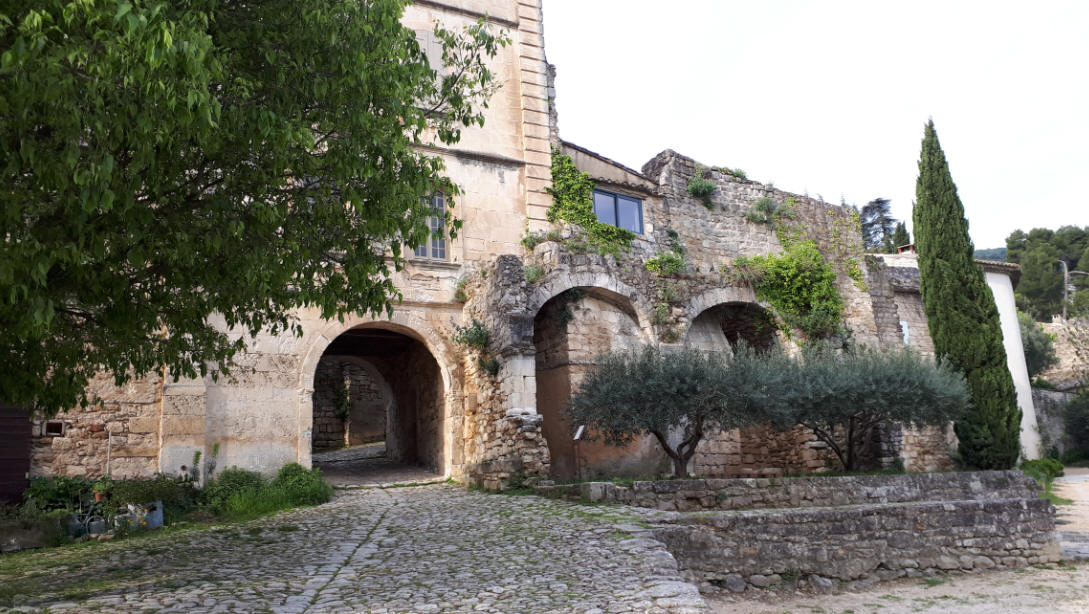
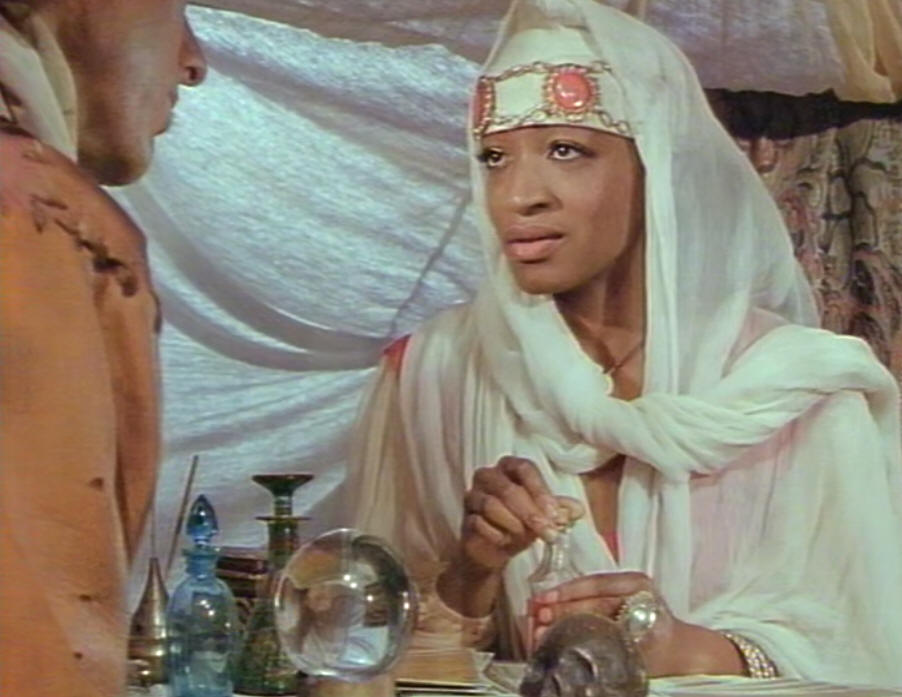
In search of Matthew
Scene: People hope to get cured, the mayor has terrible toothache, another wants his hair back, etc. While Tell enters the village square, the Moor is talking to the villagers:
"He was healed by your servant: Nolam Ben Sunniman Al Hedrem." So if it cured William Tell's son perhaps it can help my own boy." "I'm sure it can." "Just what was wrong
with William Tell's son?" "He had the same sickness your son has..." Oh of course yes..." "Was Tell present when you're cured his son?" "Why do you ask?" I always
wondered how he looked like." "He was short and dark." "But don't tell a soul." "Your secret is safe with me."
Opèdde le Vieux
A unique mountain village in the Luberon. The village is not for cars accessible. On the former agricultural terraces are a car park and garden called St. Cécile. There grow 80 rural types of
herbaceous plants, shrubs and trees of the Luberon. Oppède-le-Vieux is a trip back in time! The houses from the middle ages and the Renaissance, the 12th-century Church, the ruins of the
medieval castle, the washing areas and the chapels of Saint-Laurent and Saint-Antonin together create a timeless atmosphere. The climb through the ascending streets up to the top is
rewarded with a panoramic view of 360 °. Cycling and nature trails traversing the village, an ideal place for a break for a drink on the square. Sights: the church Notre-Dame de Dolidon
(or Alidon), located at the top of the ruins (Tower and walls) of a medieval castle and the remains of old workshops. During a walk through the old village you can visit the remains
of the fortifications. The Saint-Augustin Mill is open to lovers of olive oil.
The second episode of the Moor starts with the same city guard and a poem about the town.
Location: At night at Eglise d'Alidon
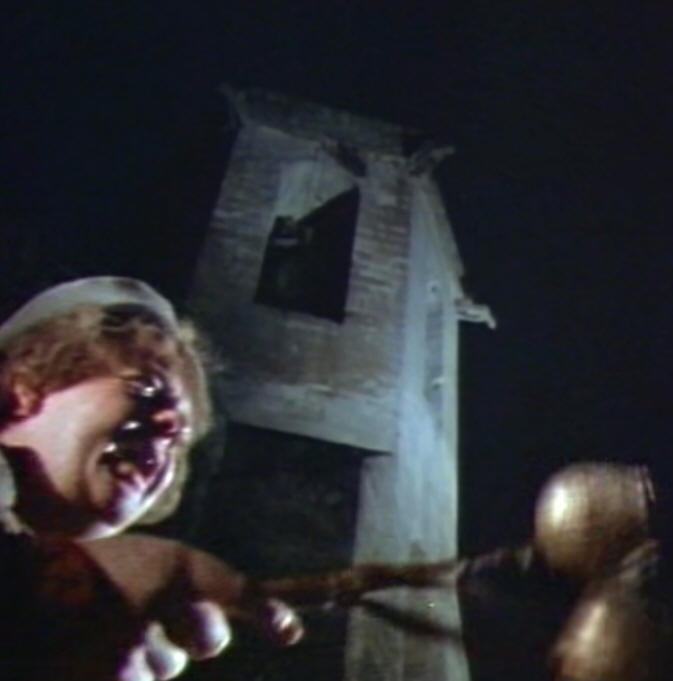
"Hey hey, hey hey, heejeee
People of St. Claire
Our peaceful town is cursed with fear
"There is murder in the air
Nolan Ben Sunniman al Hedrem
came here from abroad
and he is the one responsible for cheating, crime and fraude."
He ended up in jail
For causing trouble, pain and strive
He tried to kill the mayor
instead he killed his wife"
---------------------------
And this episode ends with the city guard again saying:
Guard: "Your short stay was troubled" Tell: "Yeah"
Guard "It's a good town, St Claire" "Goodbye"
Overview of the old town
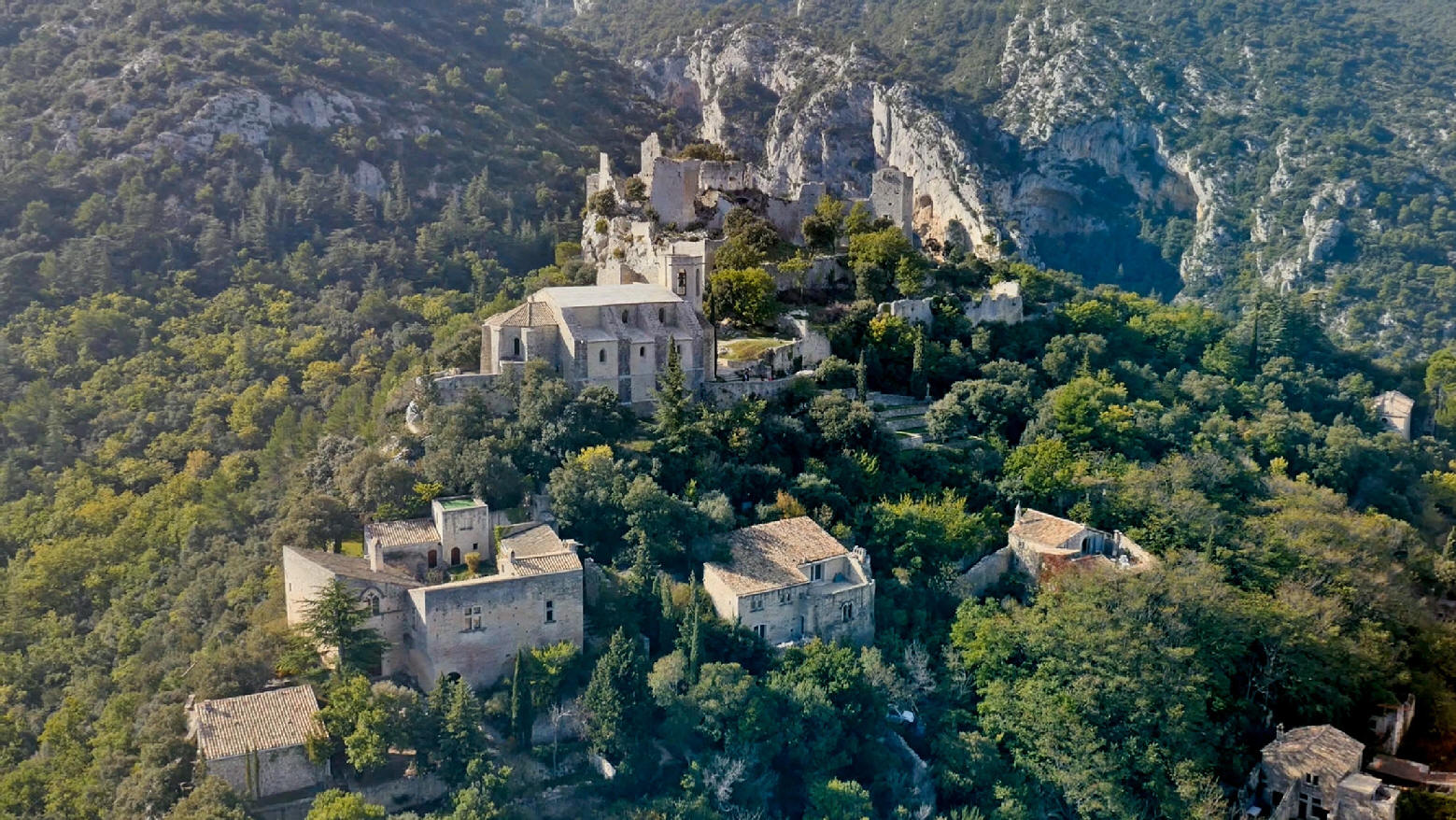
The mayor's residence
|
|
|
9 on the map

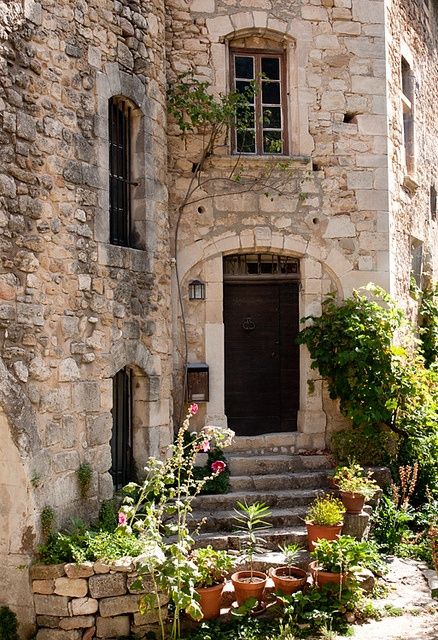
Marc' s place
Tell enters Marc's place
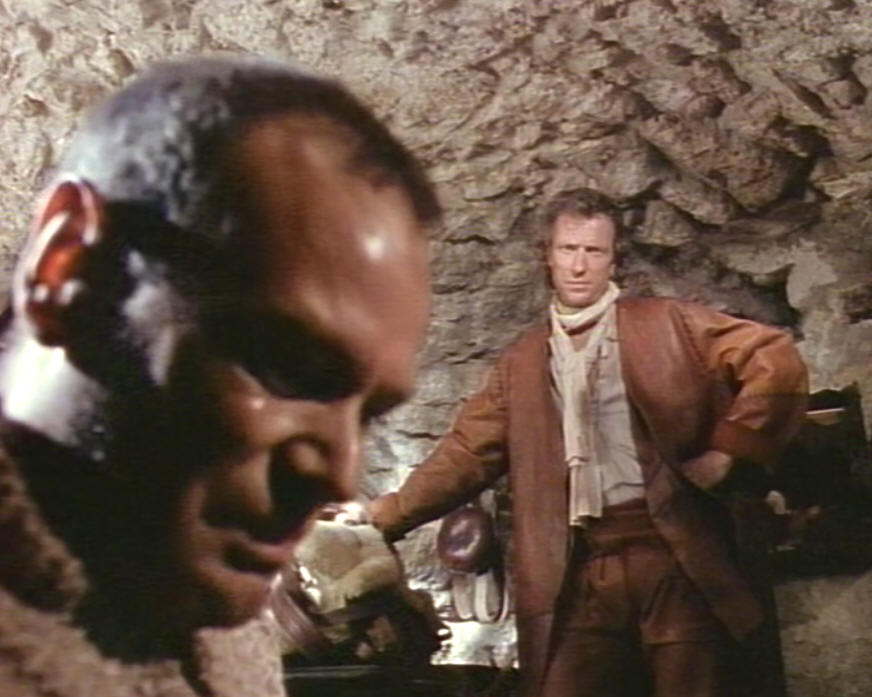
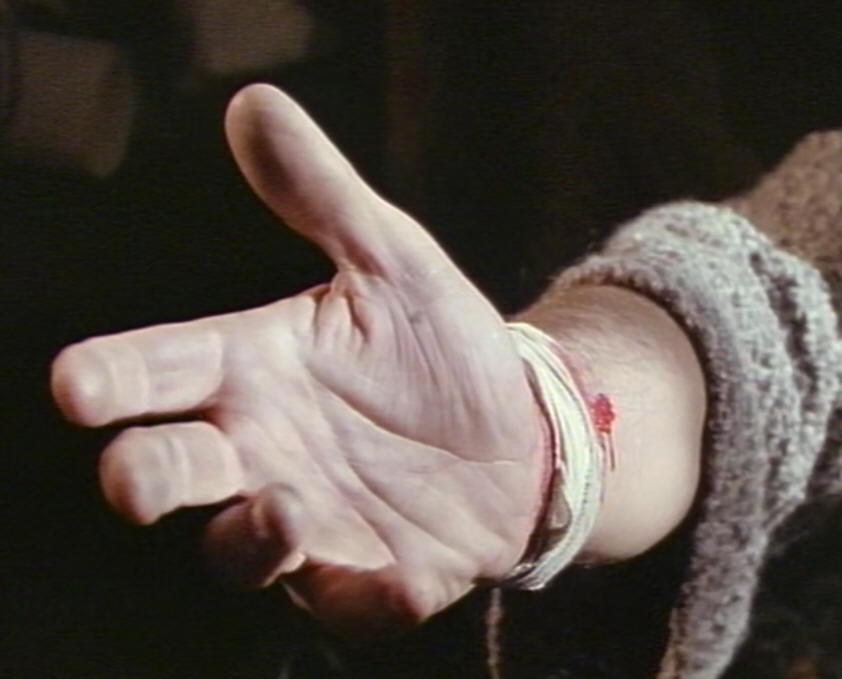
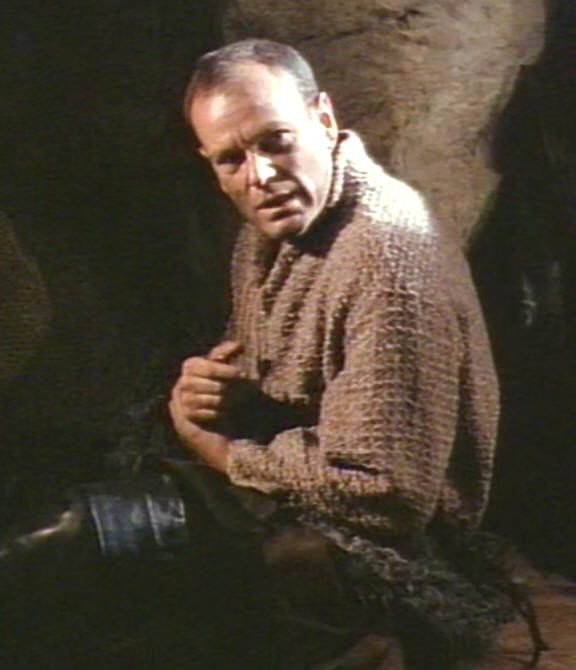
Scene: Marc seems not that innocent. Location: The interior from different sides...
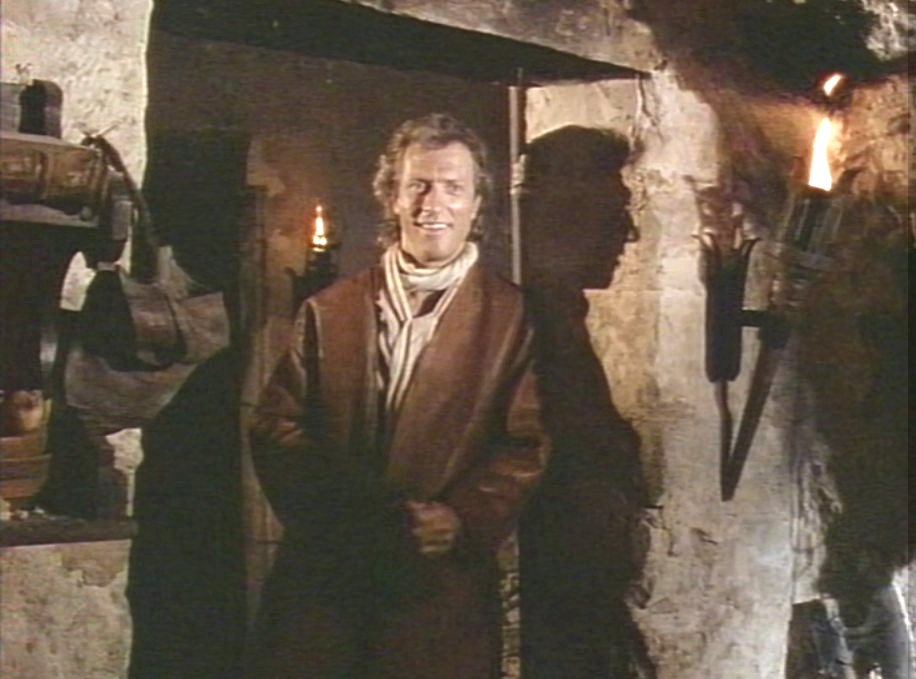
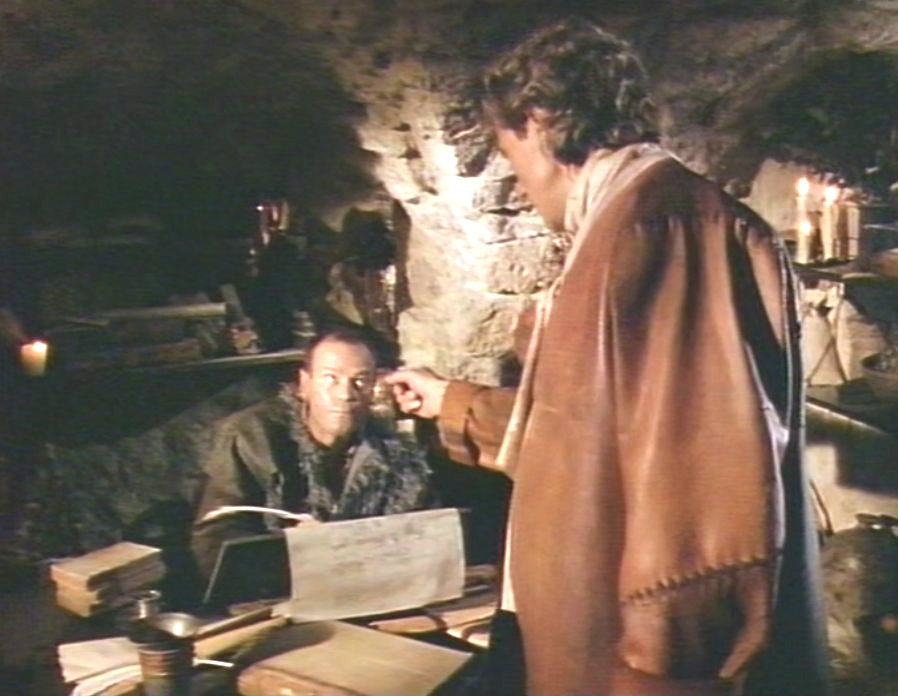
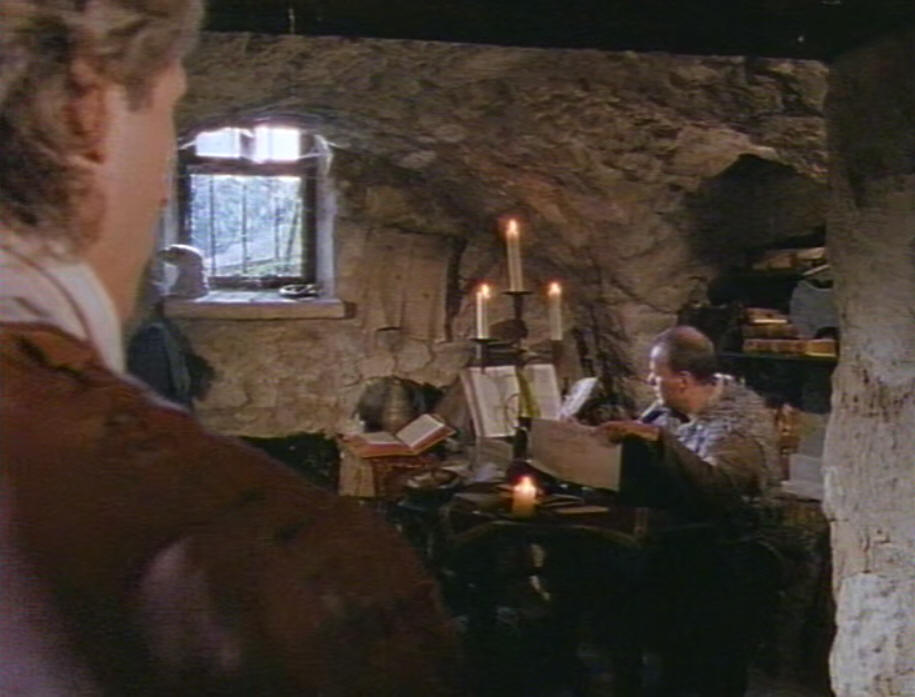
The thread continues:
Scene: Tell needs a document into get into the Citadel to free his son. Marc seems not happy to see him and quickly pushes him inside.
"Harbouring is not my business!" Marc: "How much do you have? "20 crowns" "How did you get here walking? I assume the horse is not lame
and with the bridle and saddle I do it." Tell: "All?" "Times are hard..." "Yes I've noticed..." "Take it or leave it...." Tell leaves and Marc calls to him
"You will be back tomorrow."
The three doors
Tell took 3 times another door ( while visiting Marc). It never stroke me until I made a still. It's a guess where the interior of Marc's room is.
The door at the beginning of the lane A door at the end of the lane
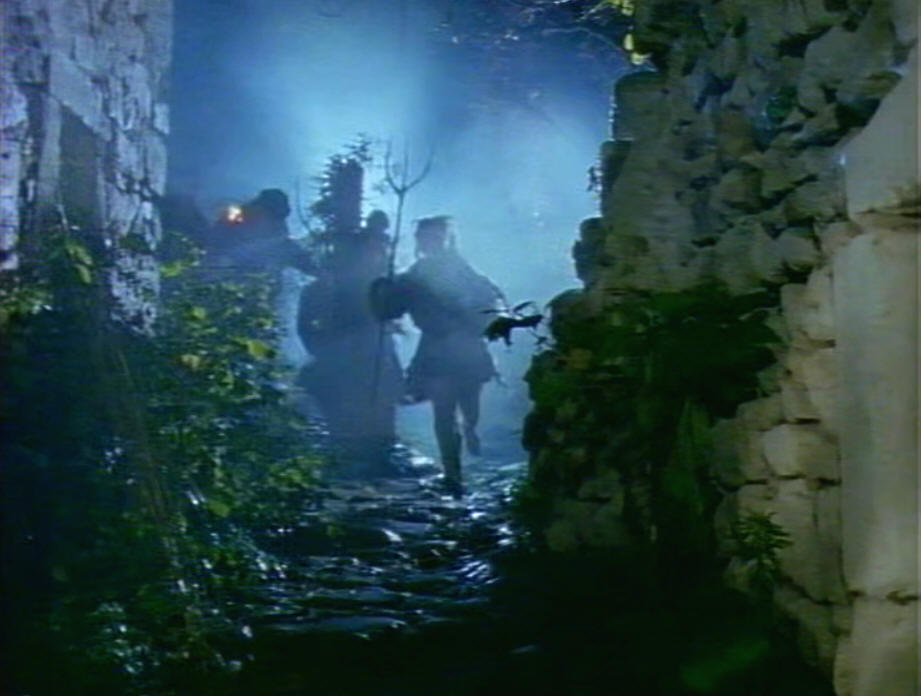
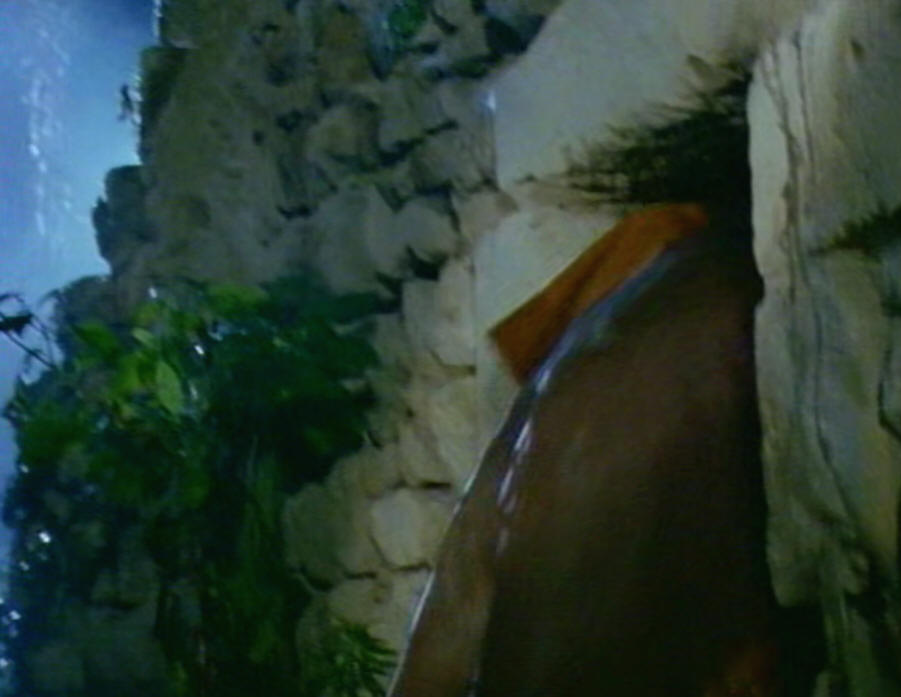
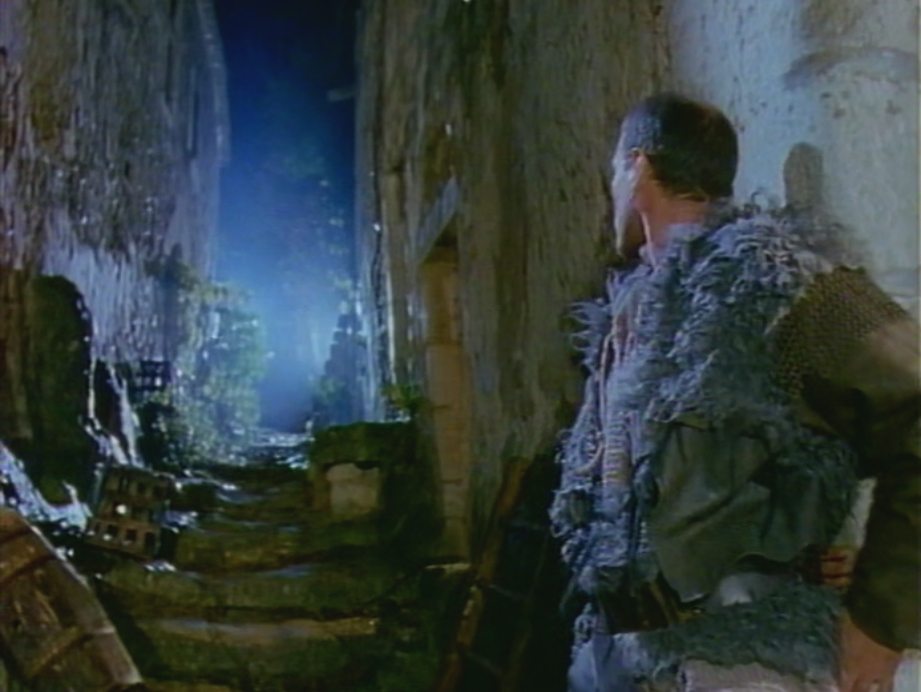
Scene: Finally, Marc helps Tell to get out safely. This is definitely Nr. 7 at Rue du Portalet. We are not sure if here is the interior of Marc's place.
1986 2019
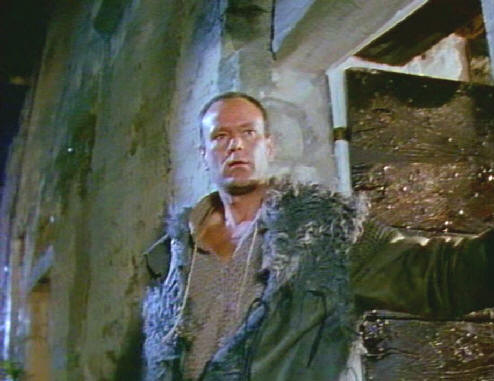
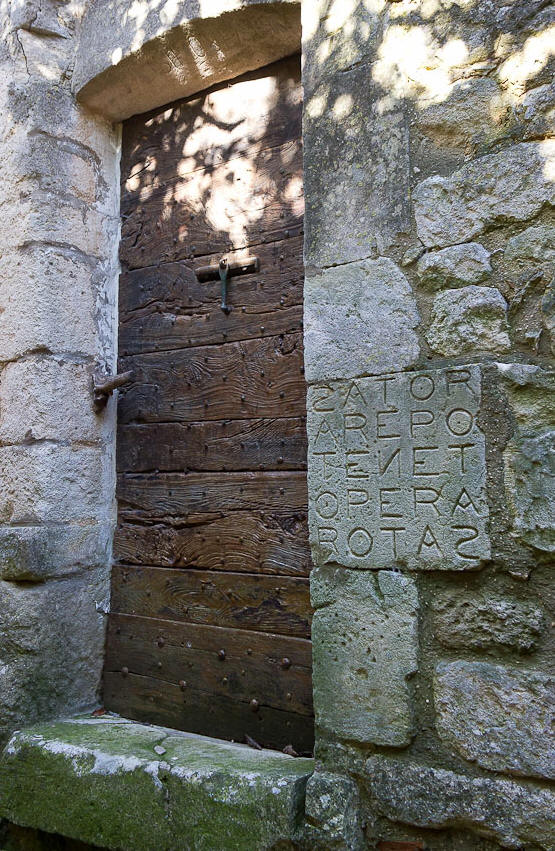
1986 Marc stands at the first high doorstep and behind Marc you see the second 2019
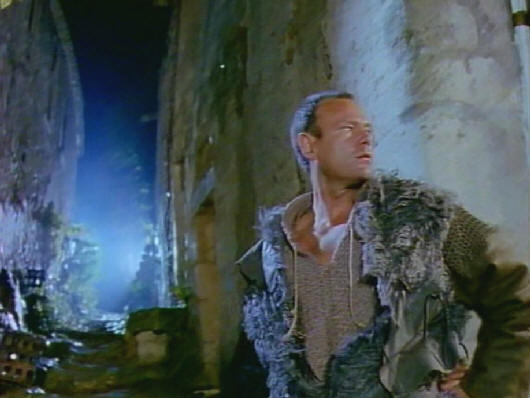
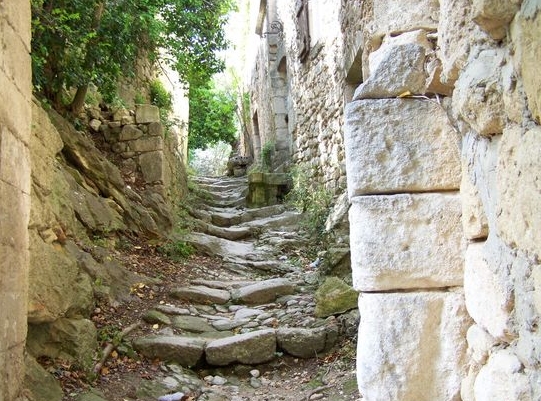
The door nr. 7 with the Sator Square (more about it below).
1986 2017
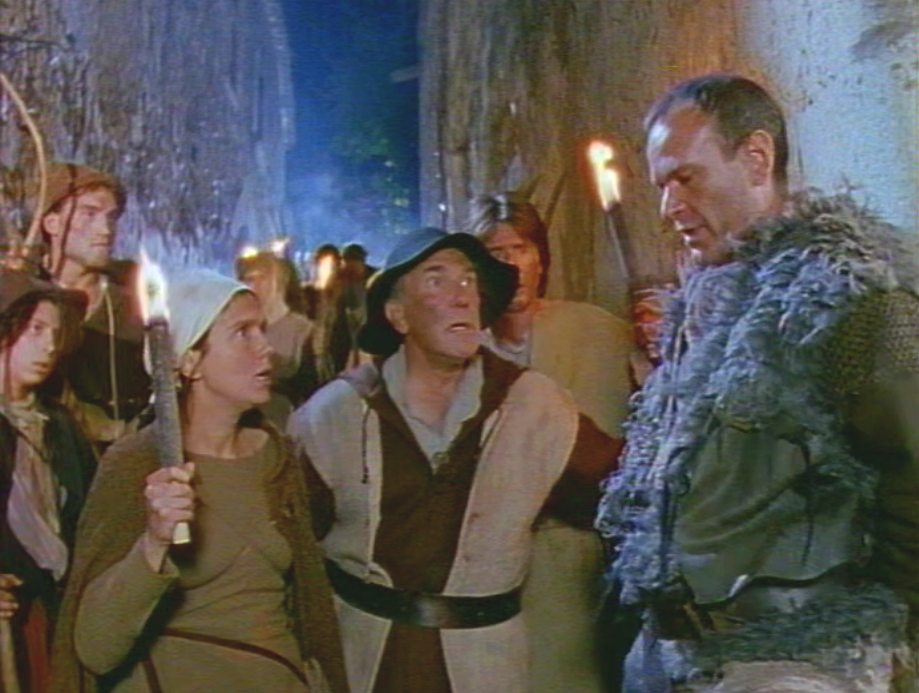
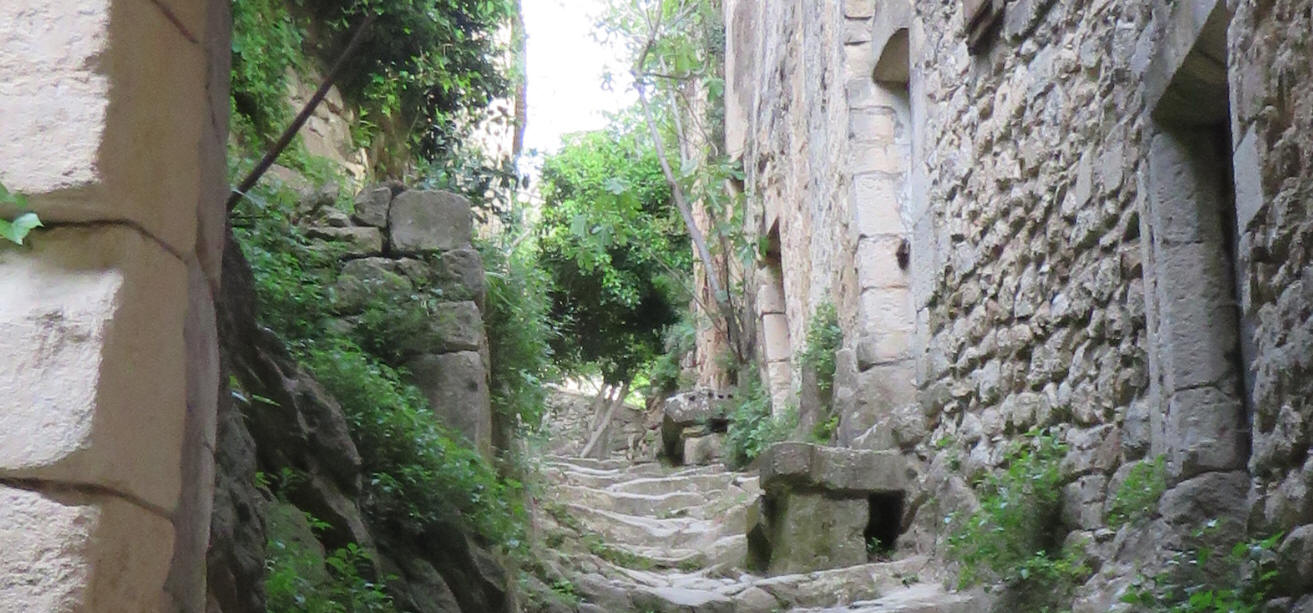
1986 2017

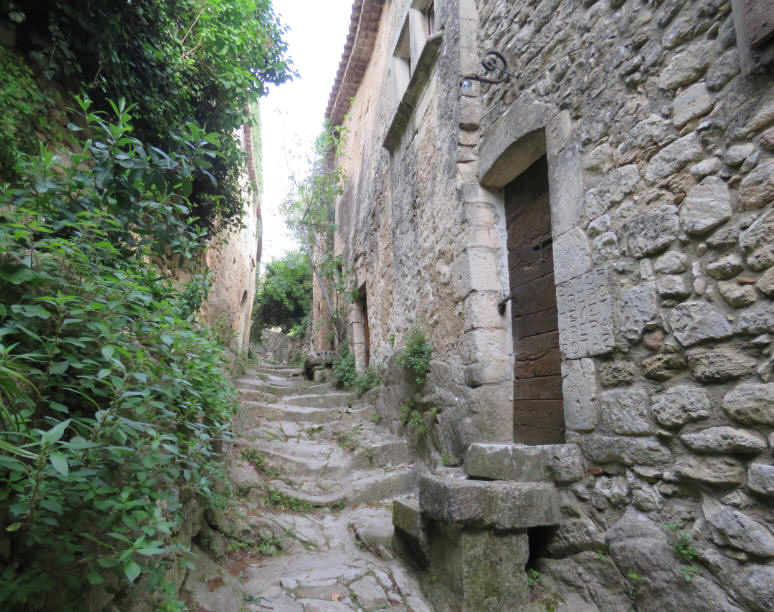
Nr. 12 on the map
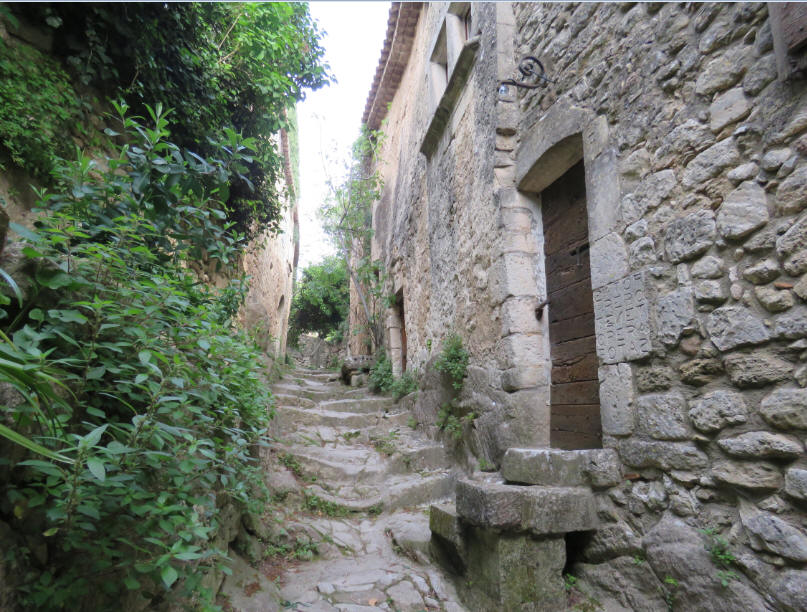
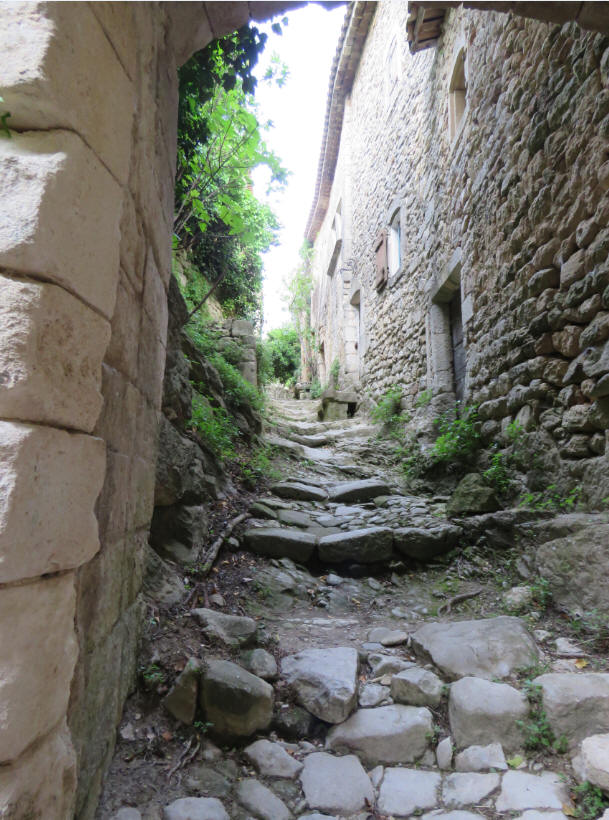
Next door is Marc's doorpost
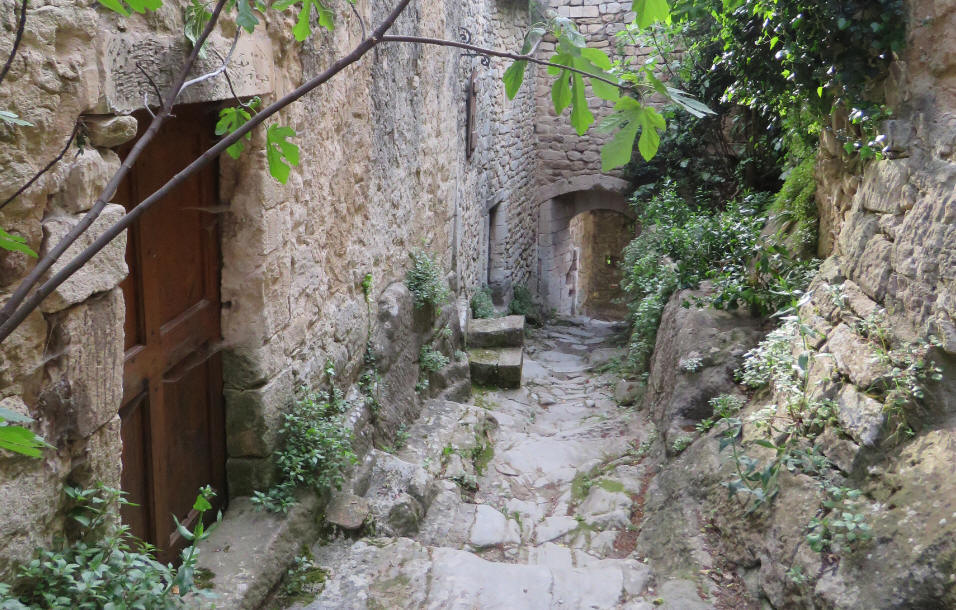
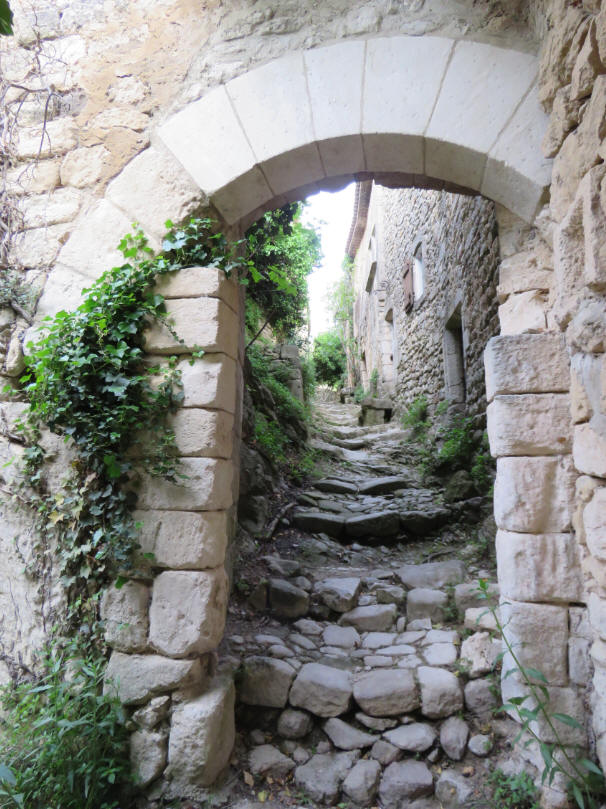
Sator Square
The Sator Square (or Rotas Square) is a word square containing a five-word Latin palindrome:
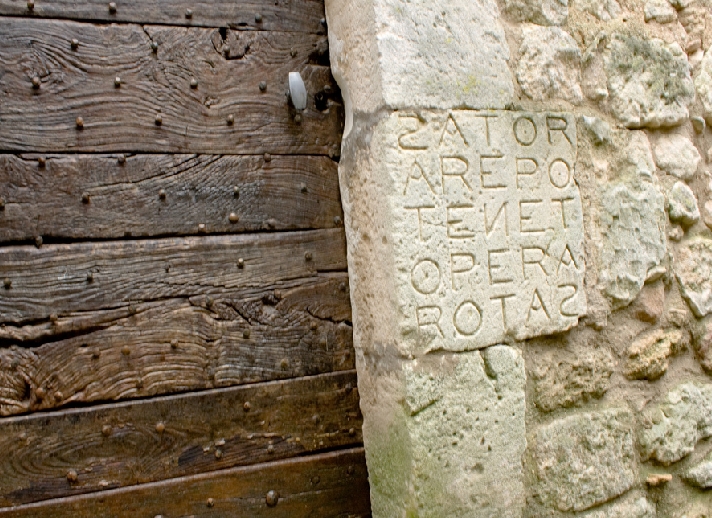
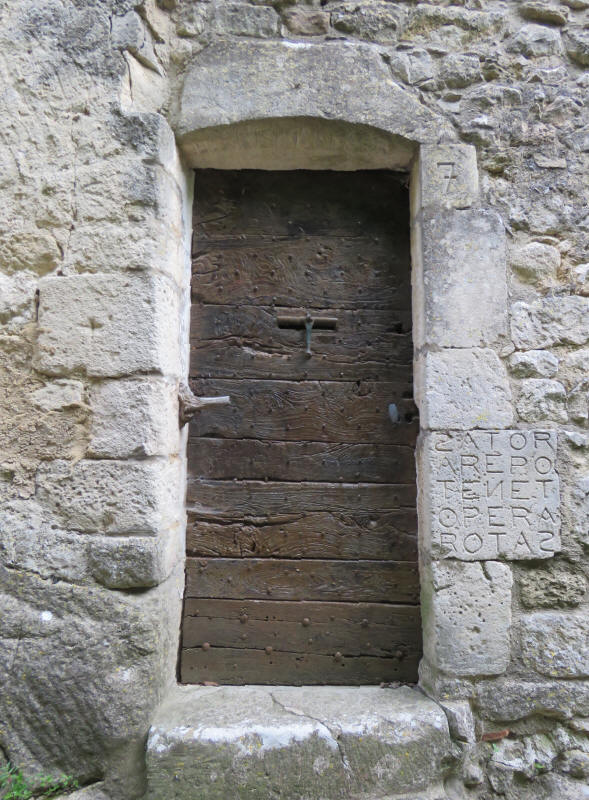
|
|
In particular, this is a square 2D palindrome, which is when a square text admits four symmetries: identity, two diagonal reflections, and 180 degree rotation. As can be seen, the text may be read top-to-bottom, bottom-to-top, left-to-right, or right-to-left; and it may be rotated 180 degrees and still be read in all those ways. The Sator Square is the earliest dateable 2D palindrome. It was found in the ruins of Pompeii, at Herculaneum, a city buried in the ash of Mount Vesuvius in 79 AD. It consists of a sentence written in Latin: "Sator Arepo Tenet Opera Rotas." Its translation has been the subject of speculation with no clear consensus; see below for details. Other 2D Palindrome examples may be found carved on stone tablets or pressed into clay before being fired.
|
Read all about it here |
The castle
1986 Along the way with the antidote 2017
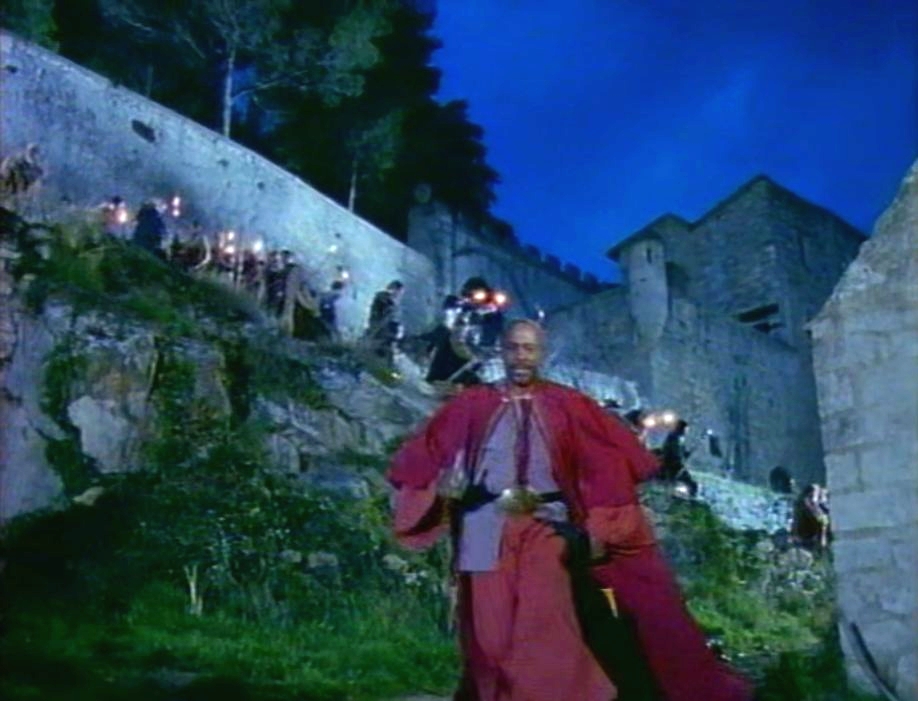
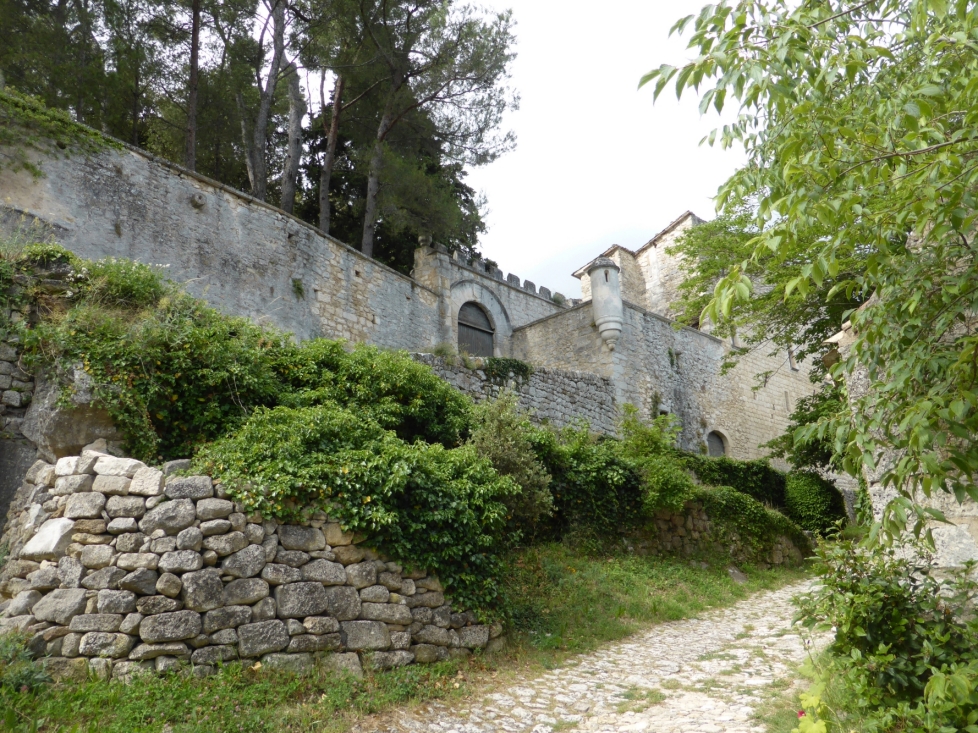
1986 2017
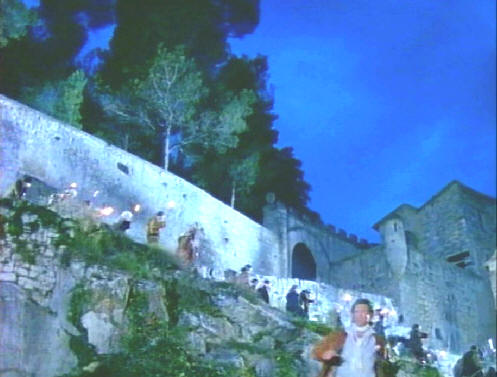
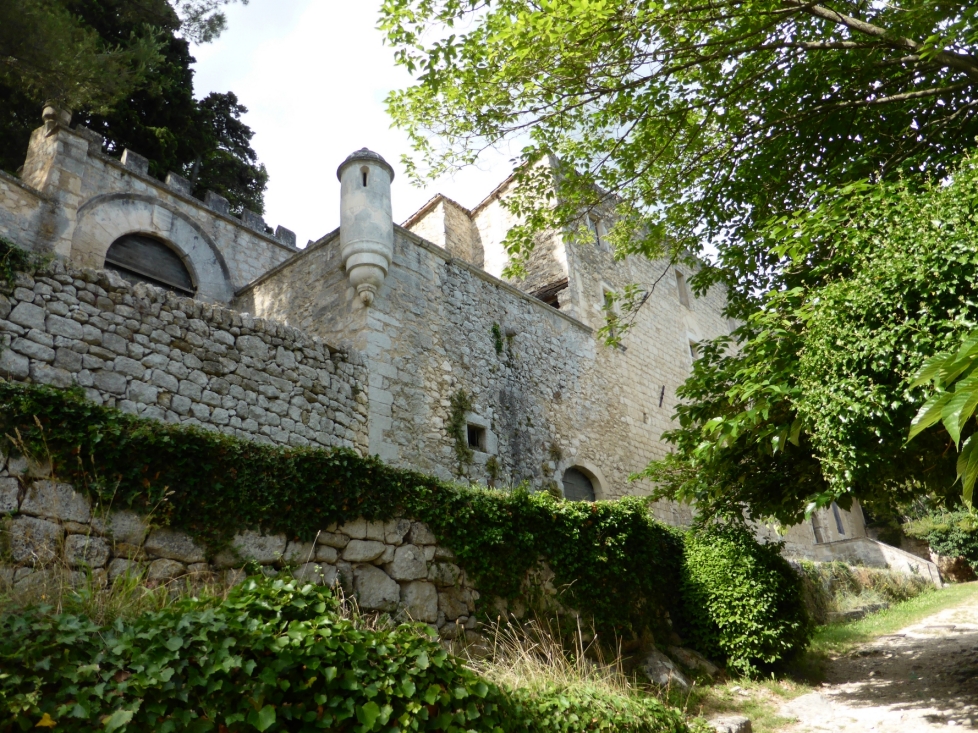
The castle and the chase, 6 on the map.

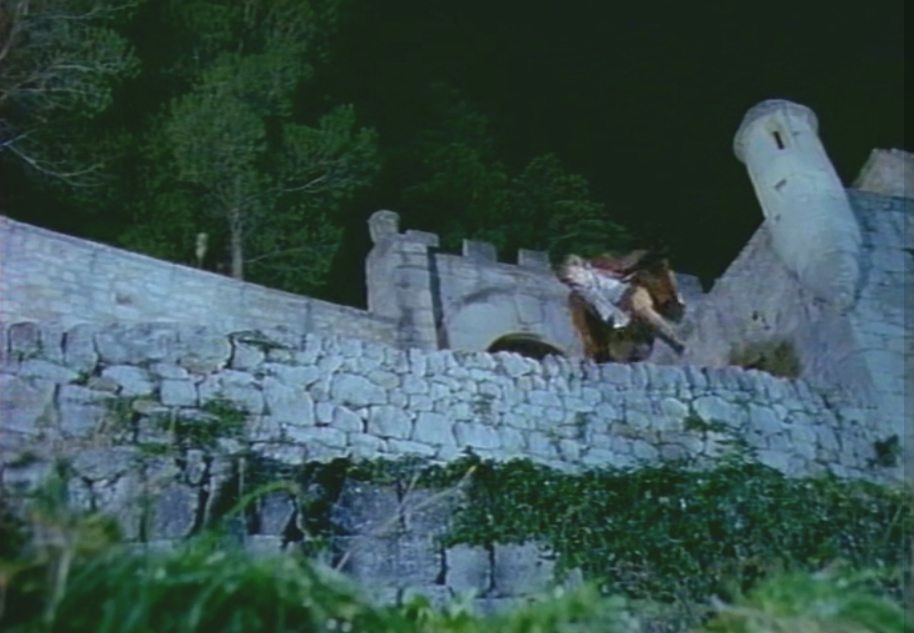
1986 Same spot but the camera point is turned 90 degrees 2019 Below the same building zoomed.
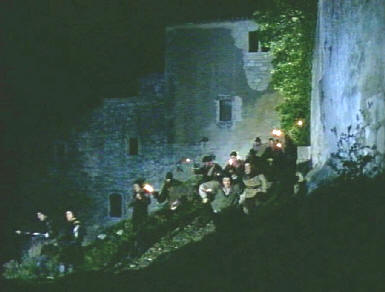
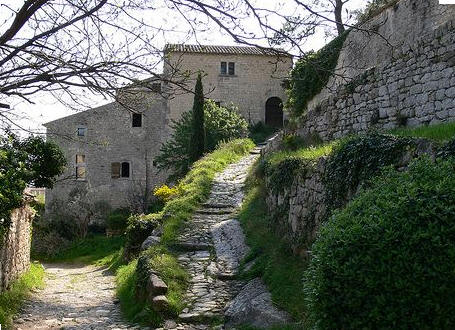
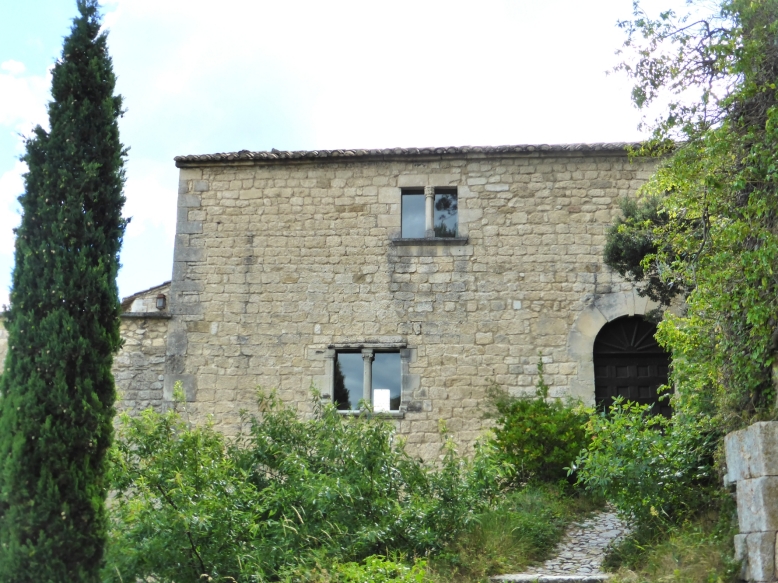
Most of the chasing scenes is shot over here.
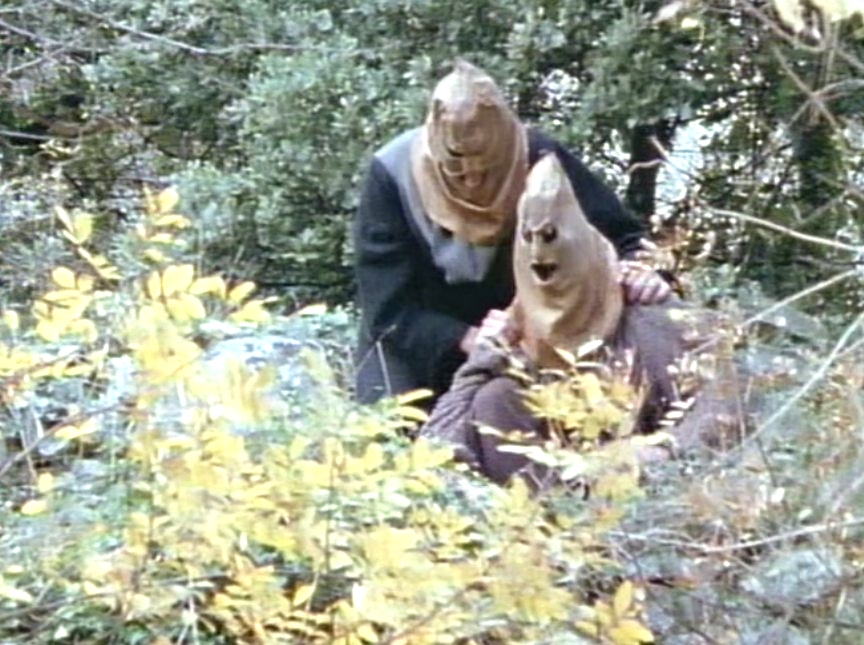
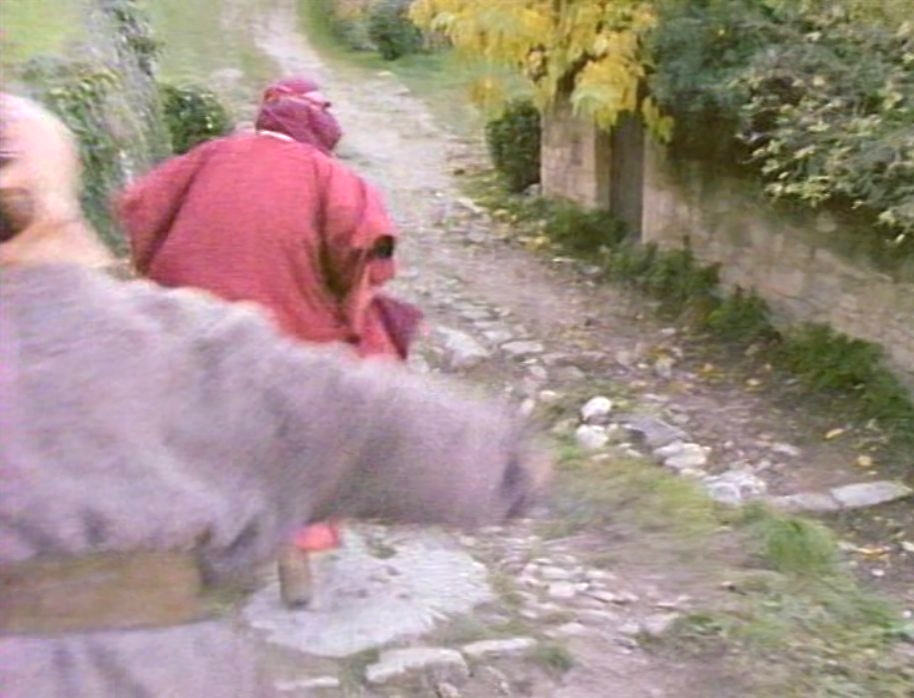
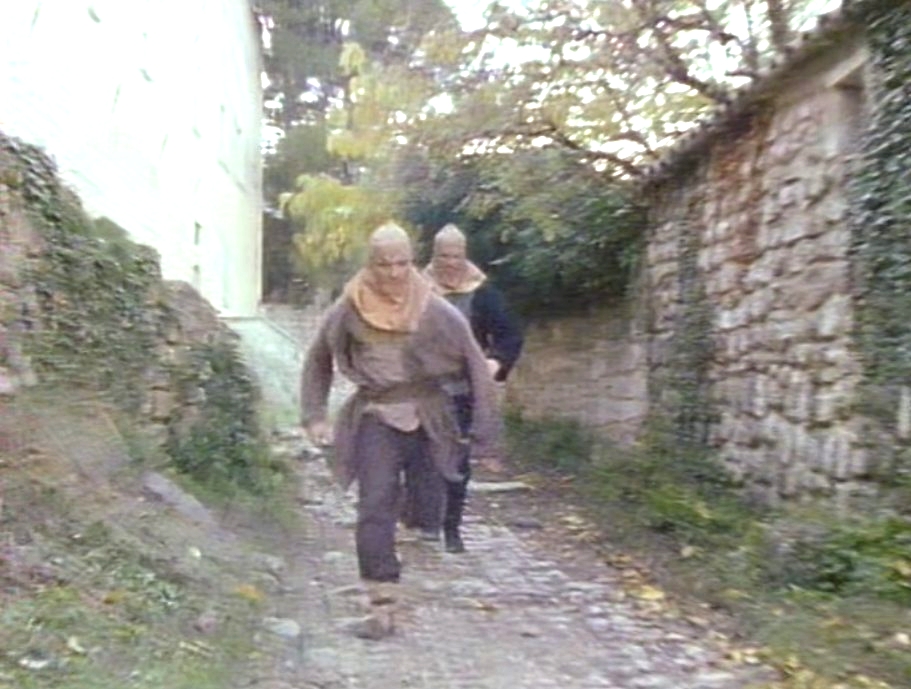
1986 2019
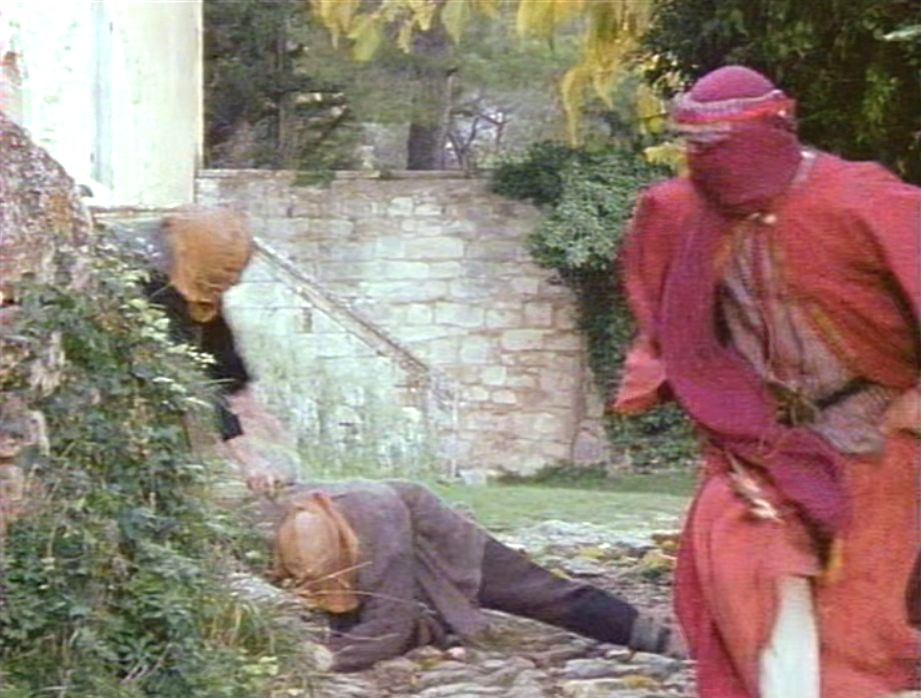
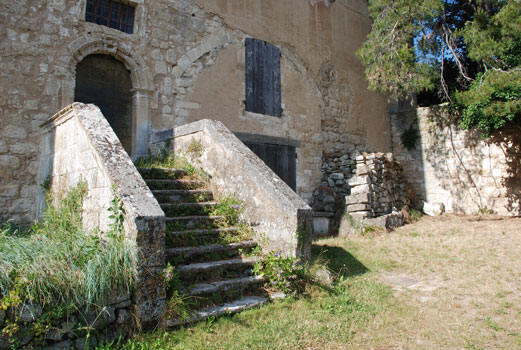
The crypt
A contradiction here. The crypt seems far too big for this mill. Besides it has a rocky side. But strange is..it has a windmill mechanism. I can't tell you it's a mill. Can be decorated like that.
Probably not, they used the exterior. Because the mill doesn't have a crypt and a rocky wall. The photos in front of the crypt are sure not at the mill. See the 8 photos below.
This stone from another mill near. Crossbow is shot in front of moulin des Verges.
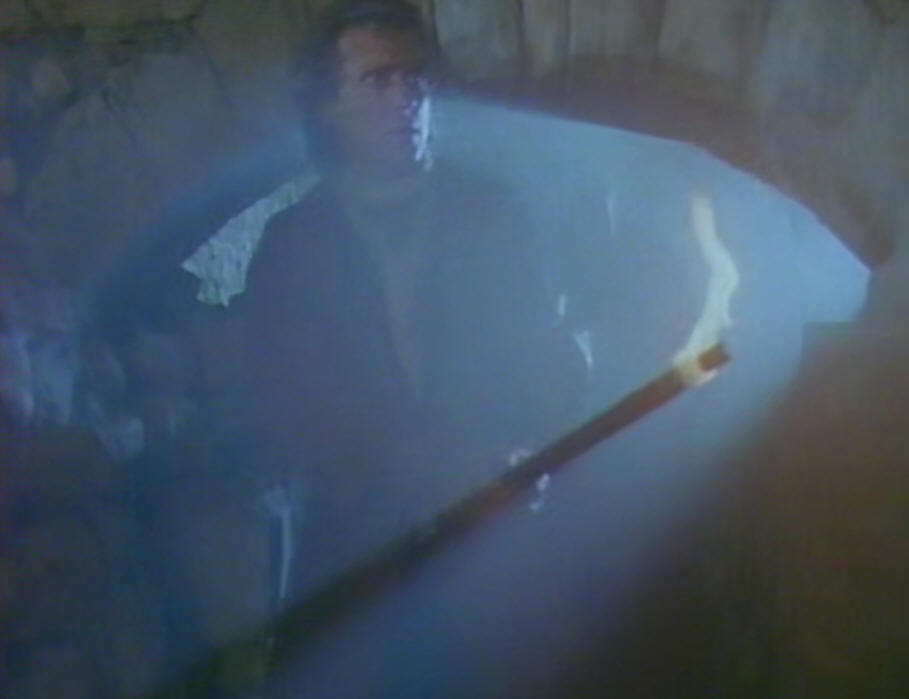
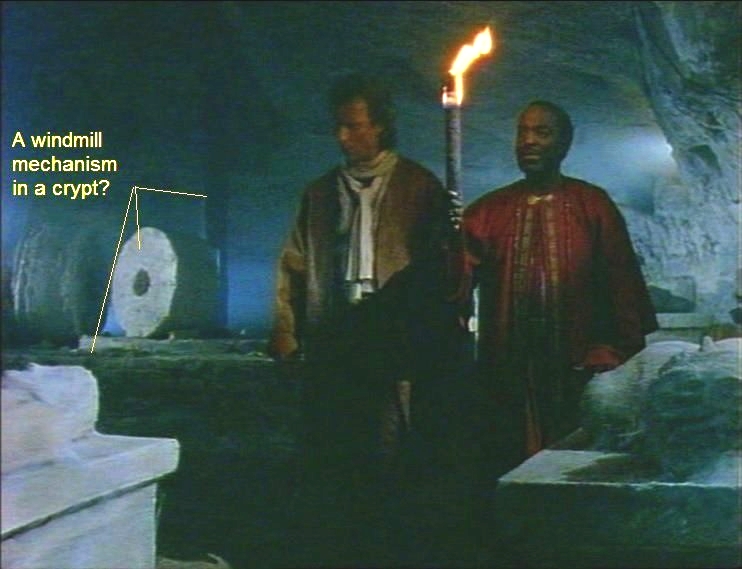
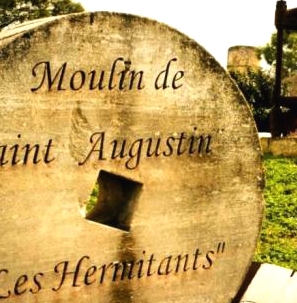
It's probably the ruined part on top of the old town. Not accessible anymore. Too dangerous.
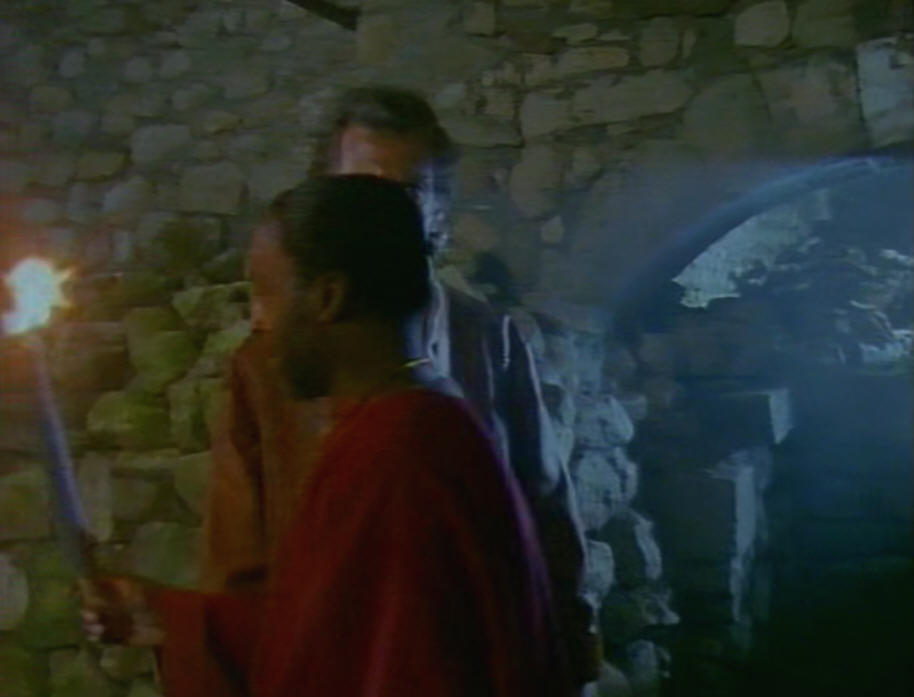
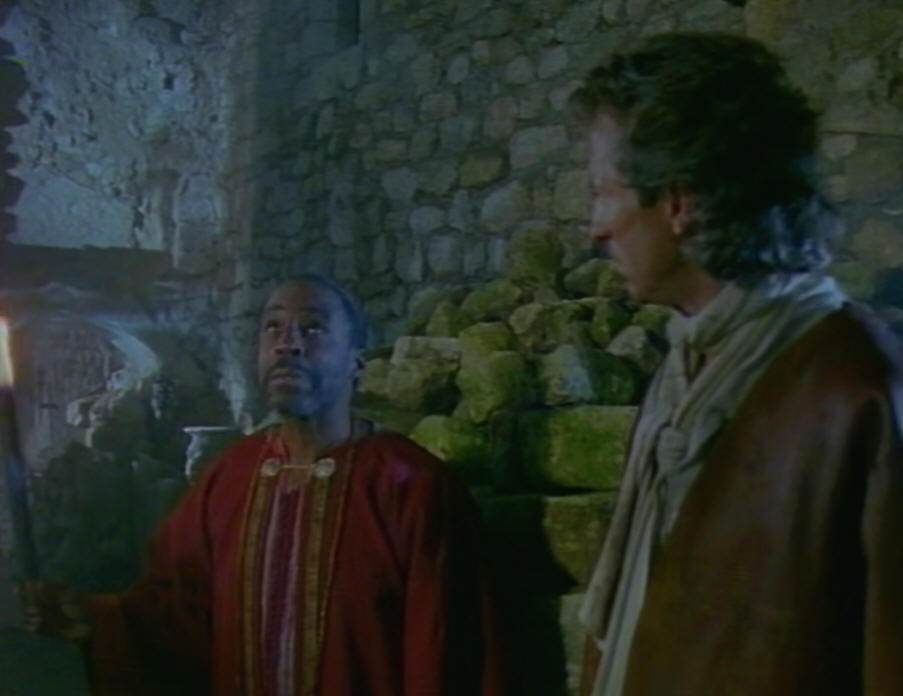
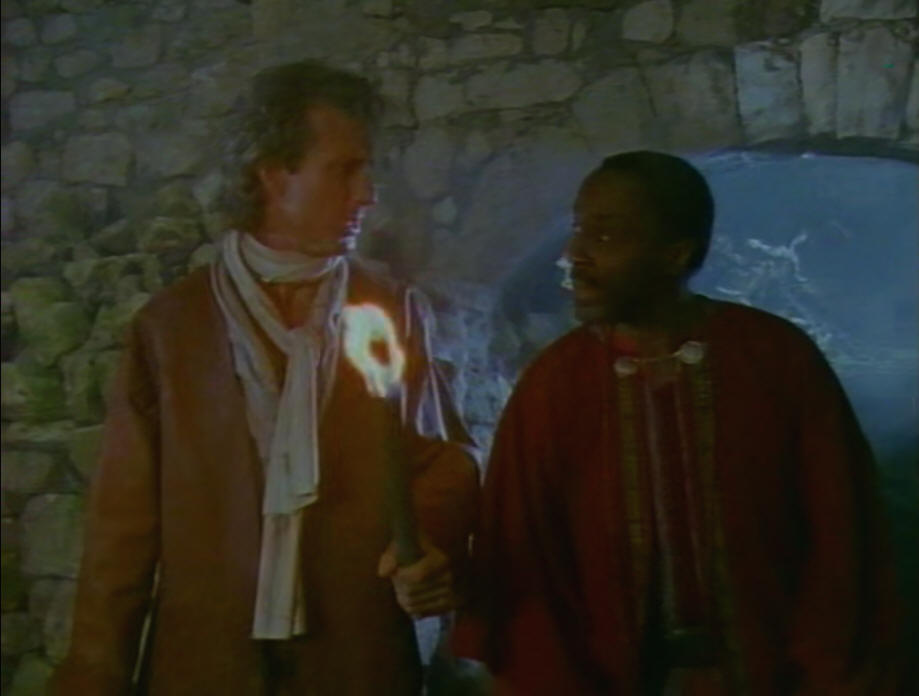
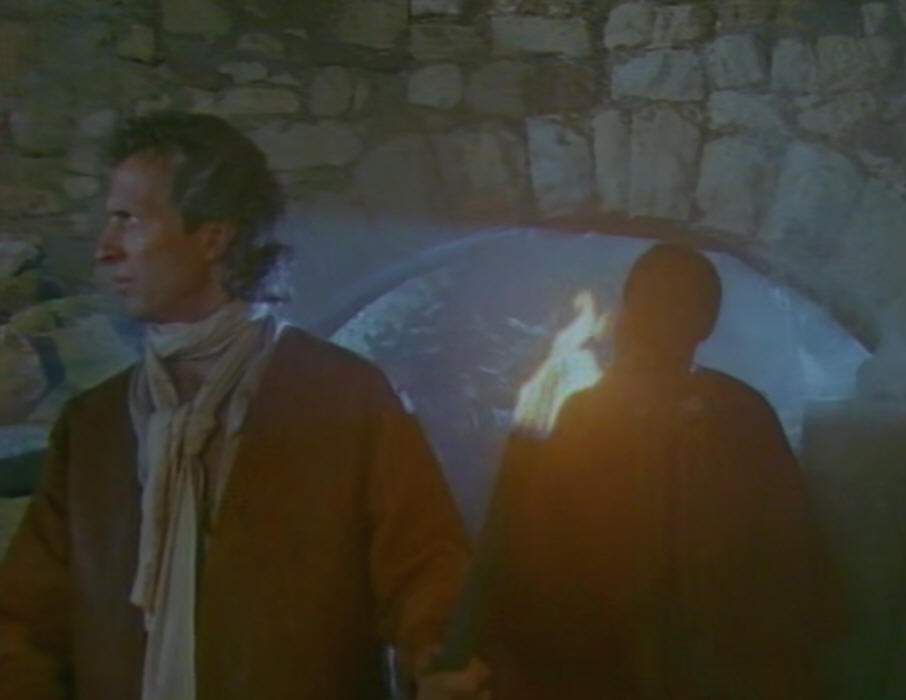
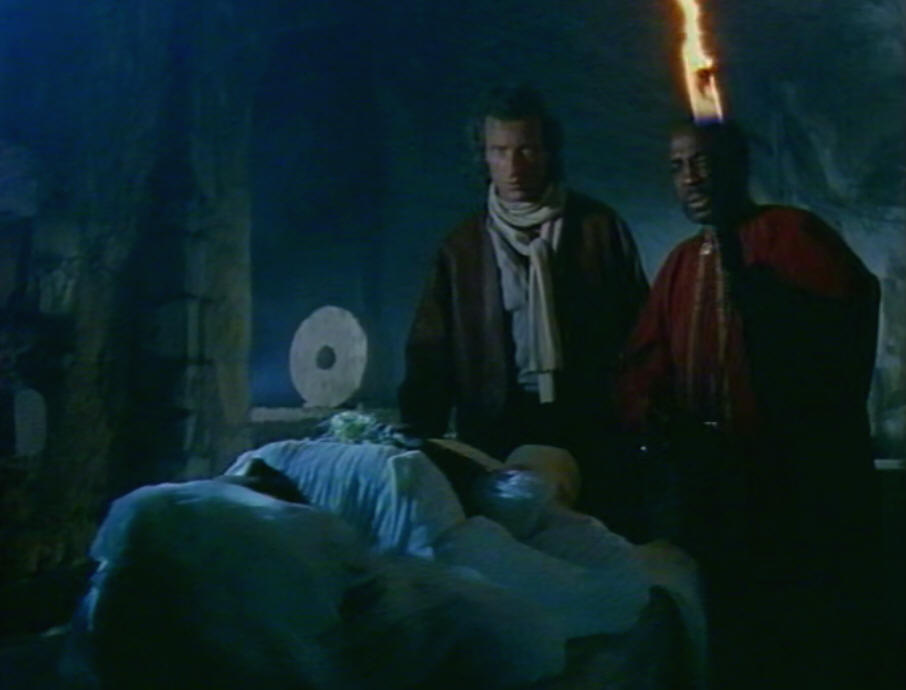
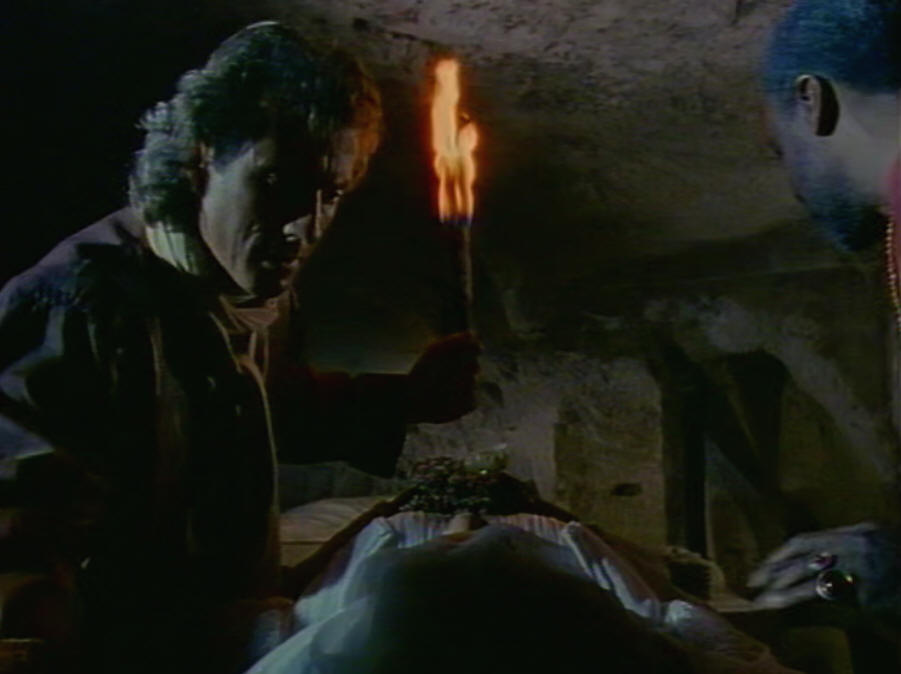
Moulin des Vergers
Moulin des Vergers and the crypt, 2019
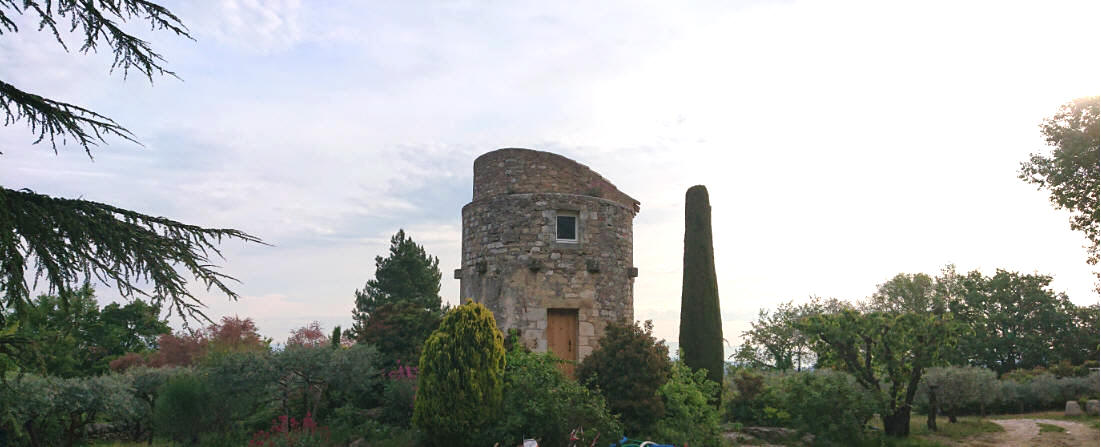
Private property
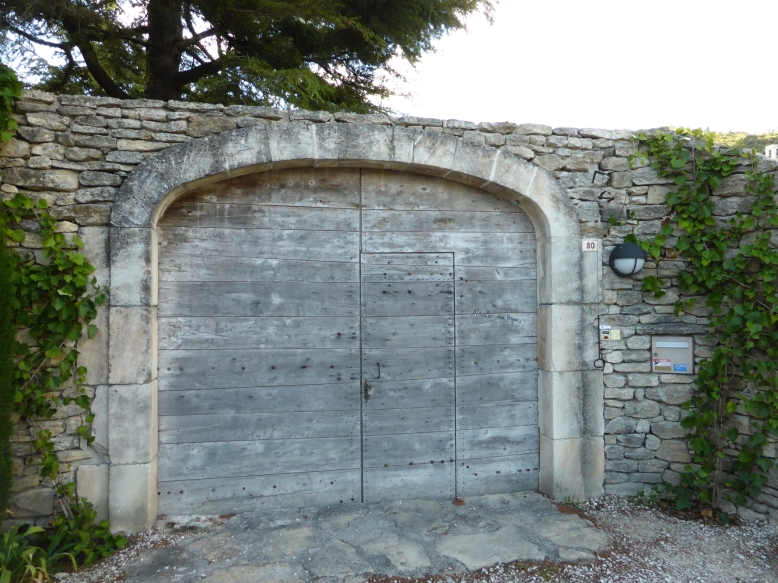
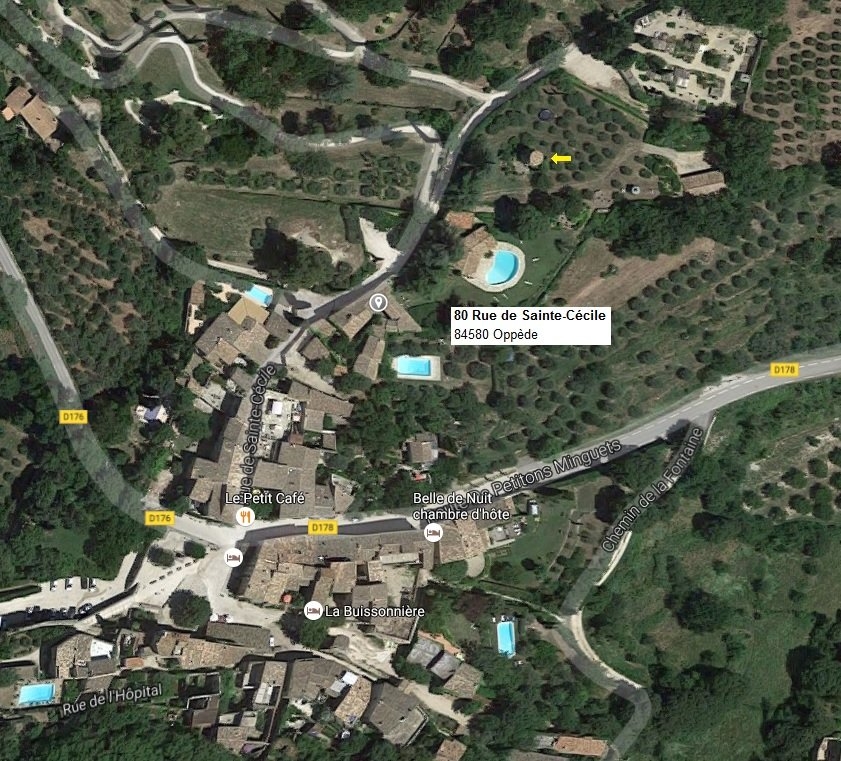
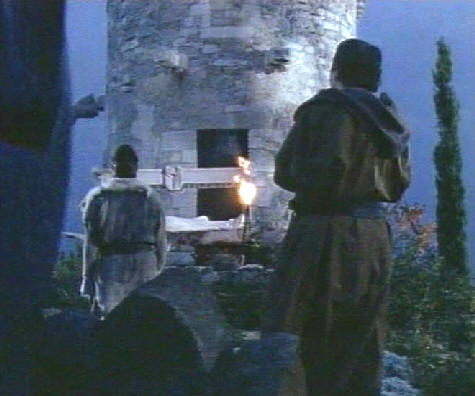
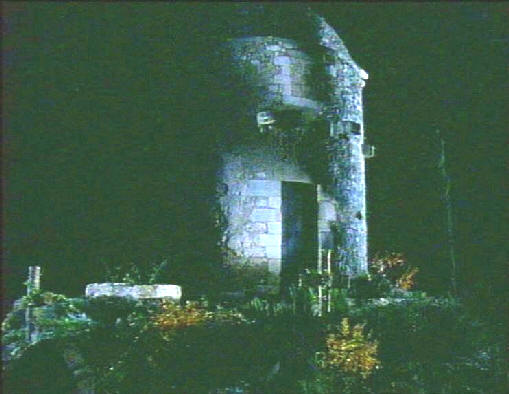
Are these scenes recorded in this small mill? We see a windmill mechanism, but could it be big enough inside for this scene and we see a rocky background...
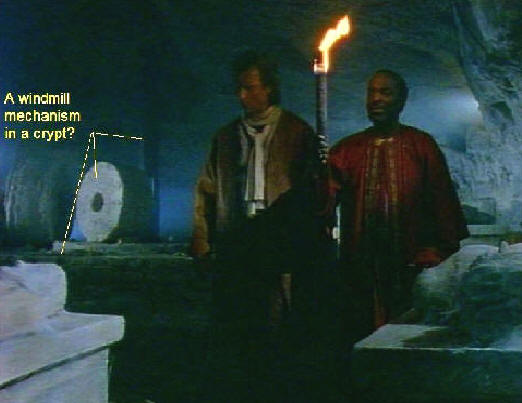
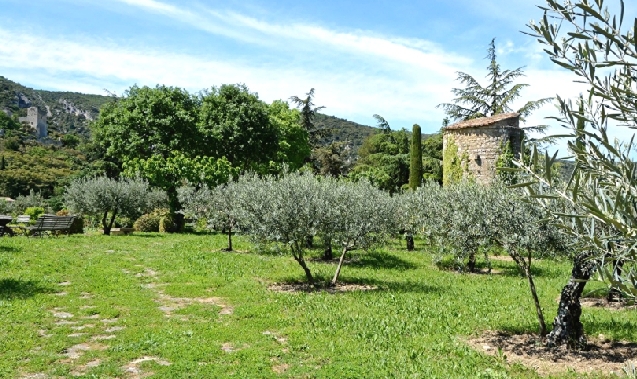
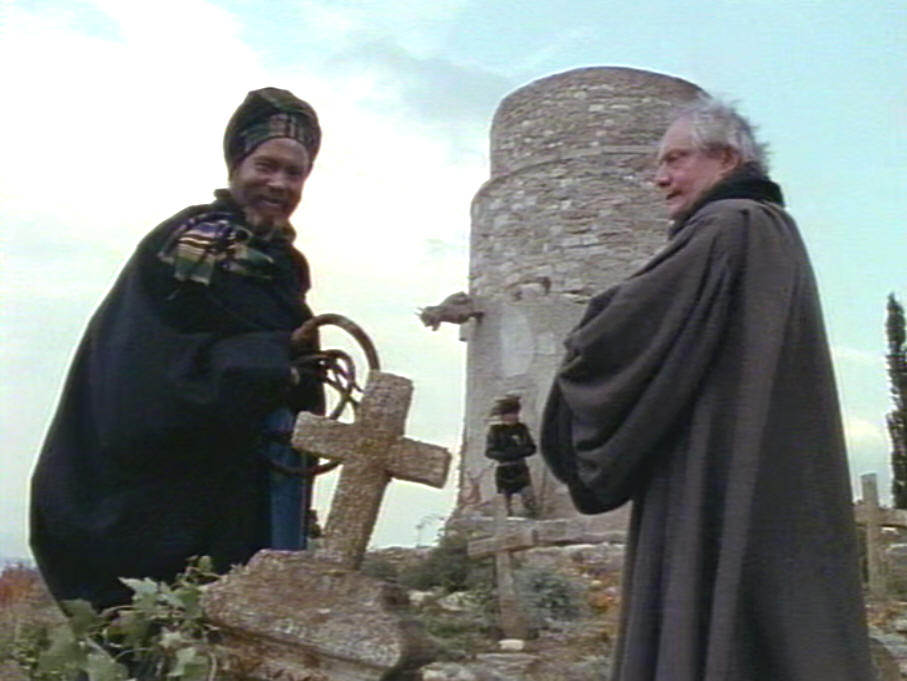
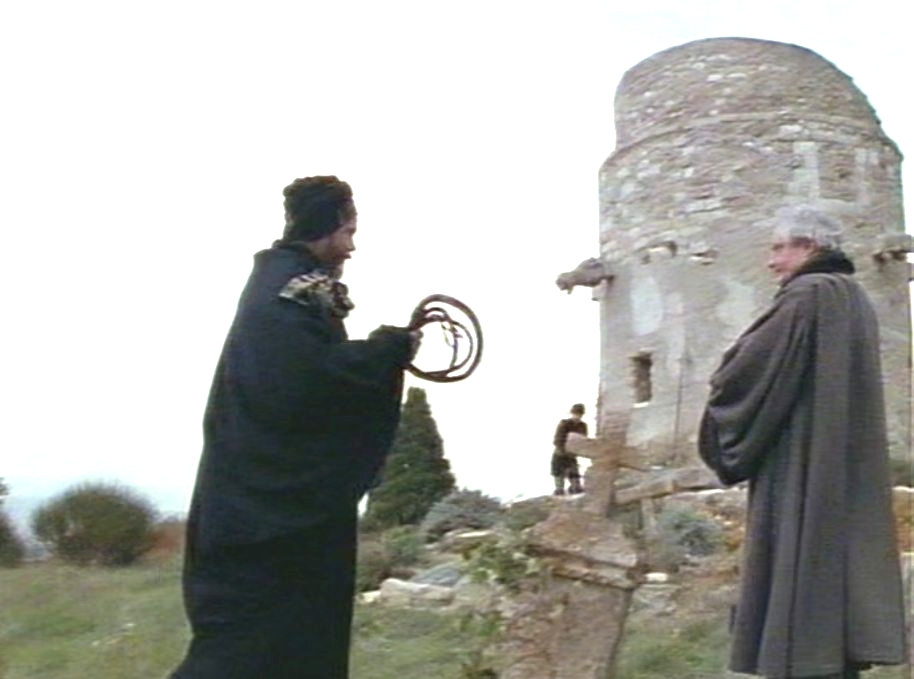
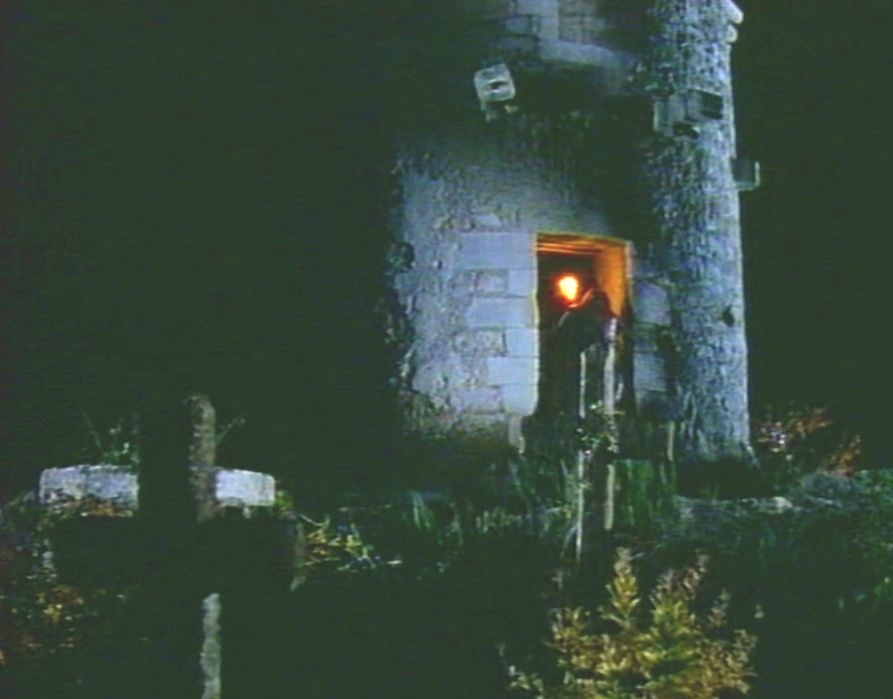
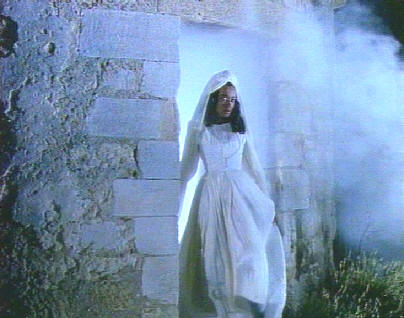
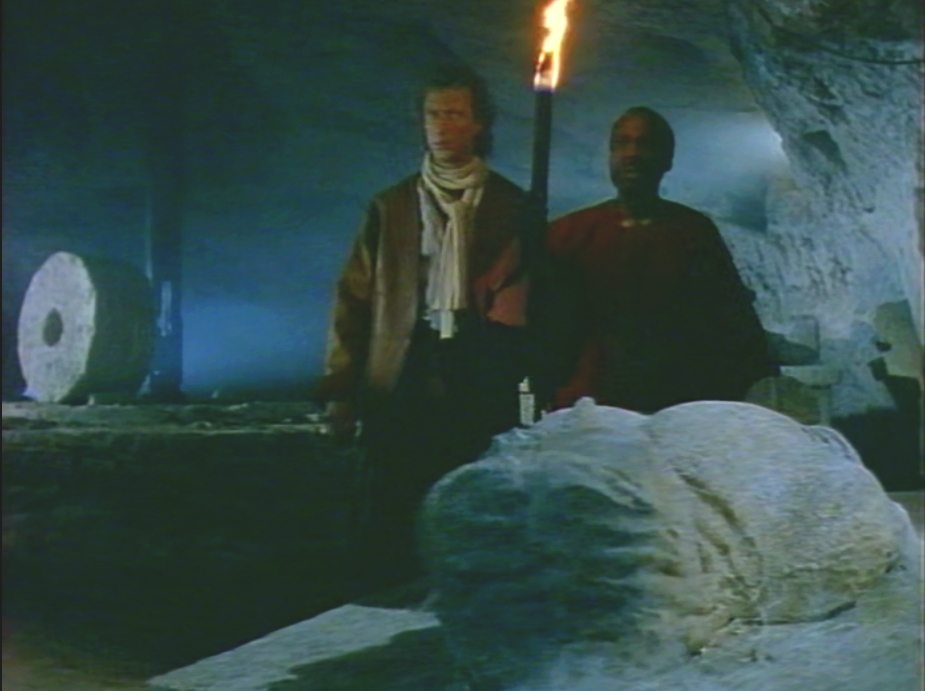
The fake cemetery around the mill. There is a cemetery up in front of the church d'Alidon, it's in the same style but smaller.
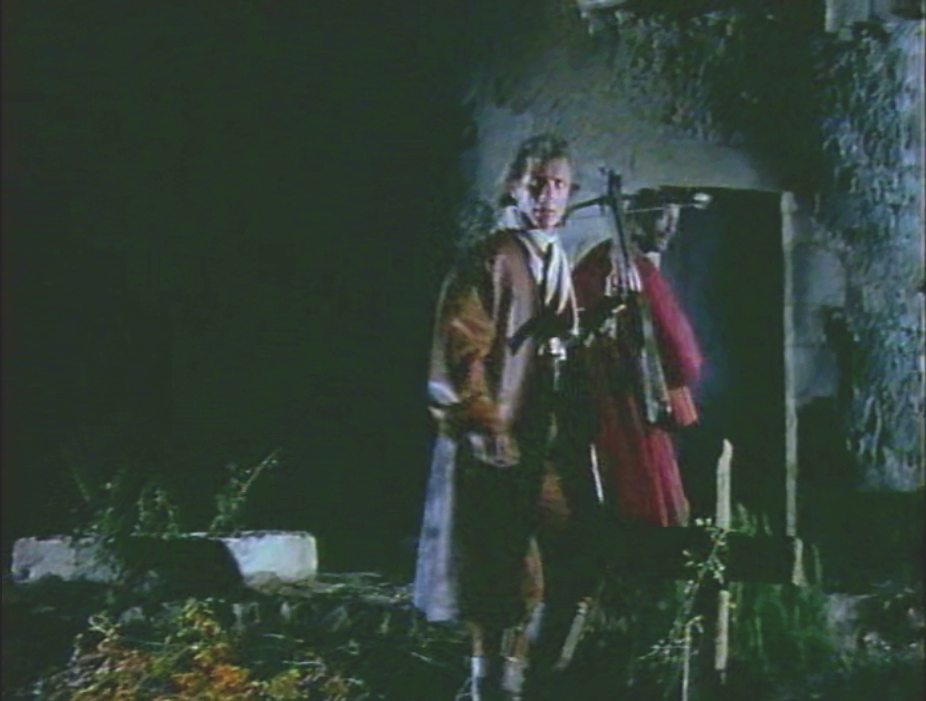
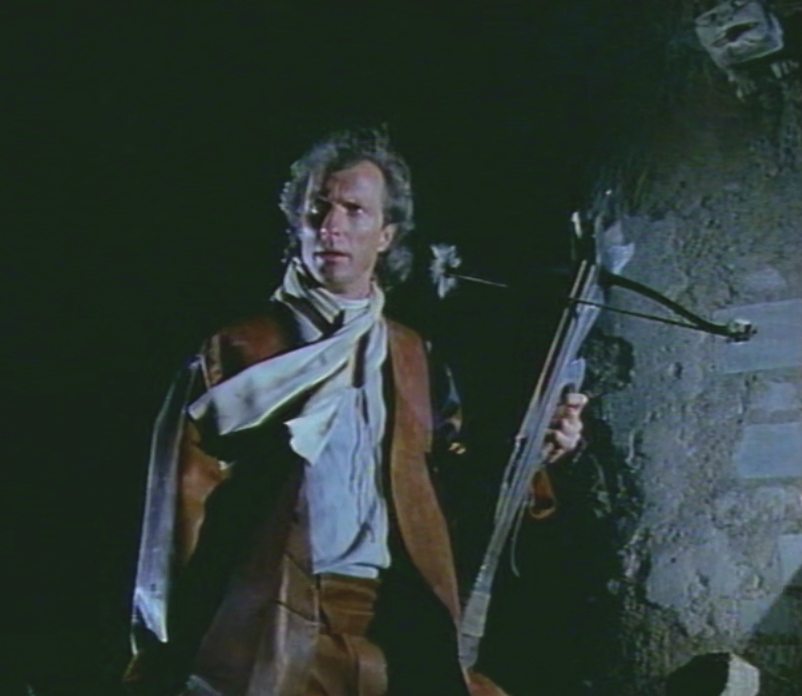
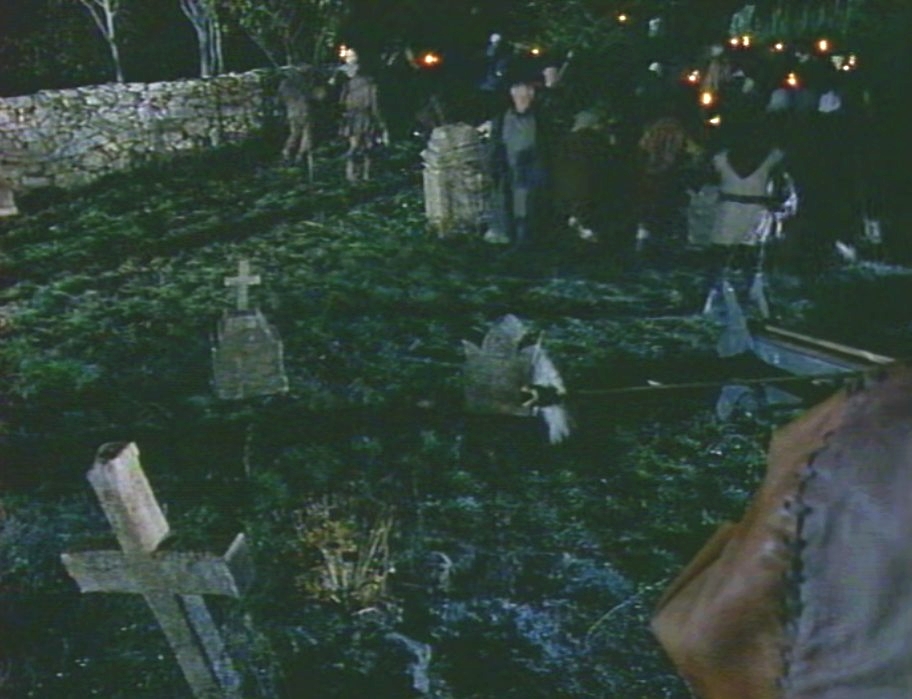
1986 2018
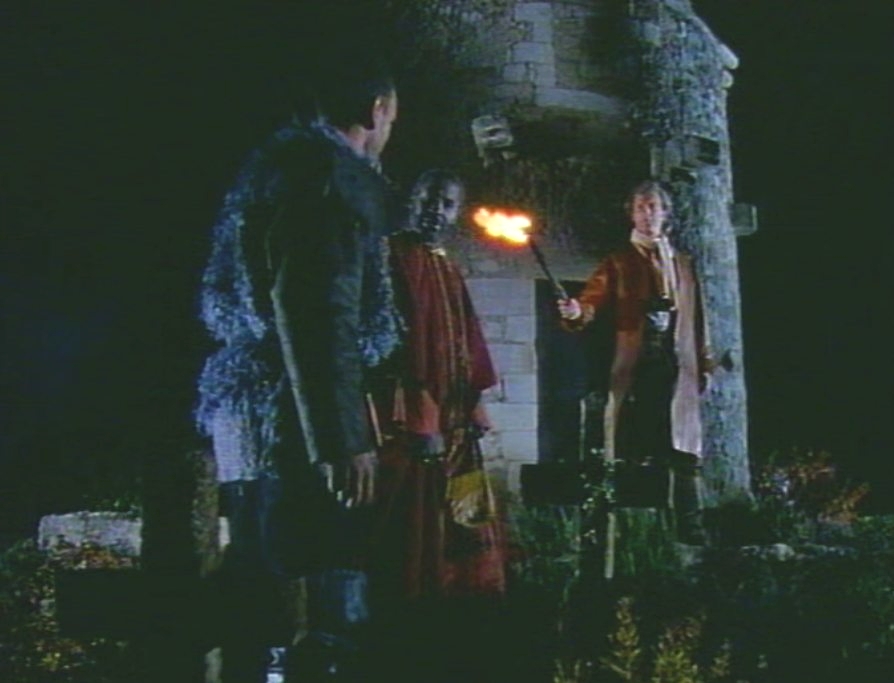
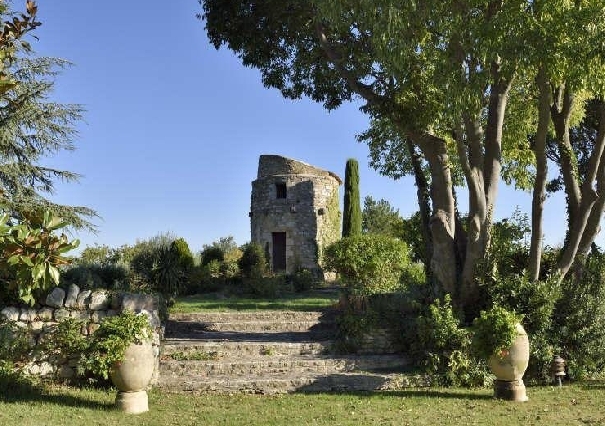
Above and below, taken around 2015
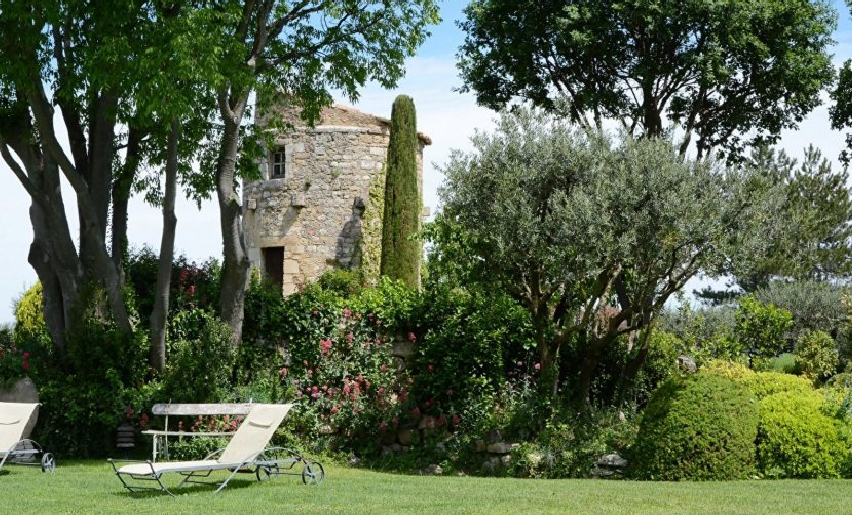
The Saint-Augustin Mill is open to lovers of olive oil. Note that it's not this mill in Crossbow, another one around Opèdde!
And there is another moulin called du Mourre. Scene: Villagers come back disappointed and the Moor offers a new treatment.
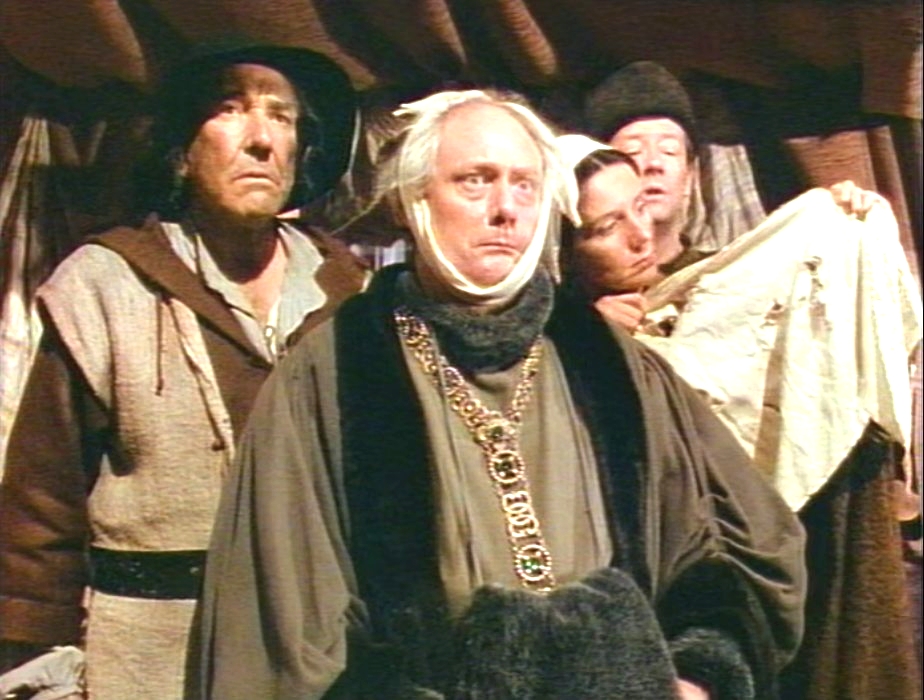
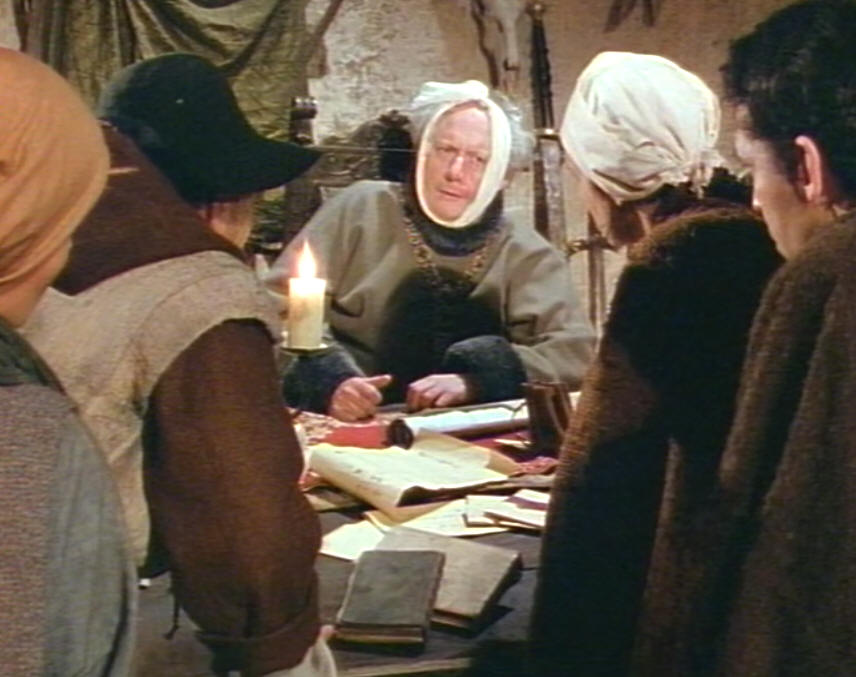
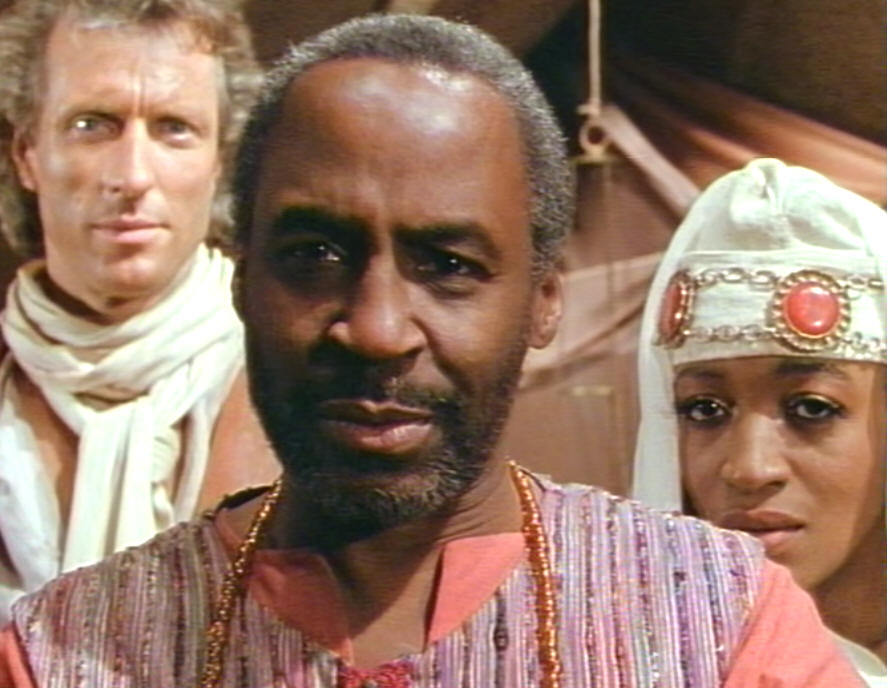
Scene: After Tell saves the Moor, The Moor likes to offer him the key to the citadel: a trading license signed by the emperor.
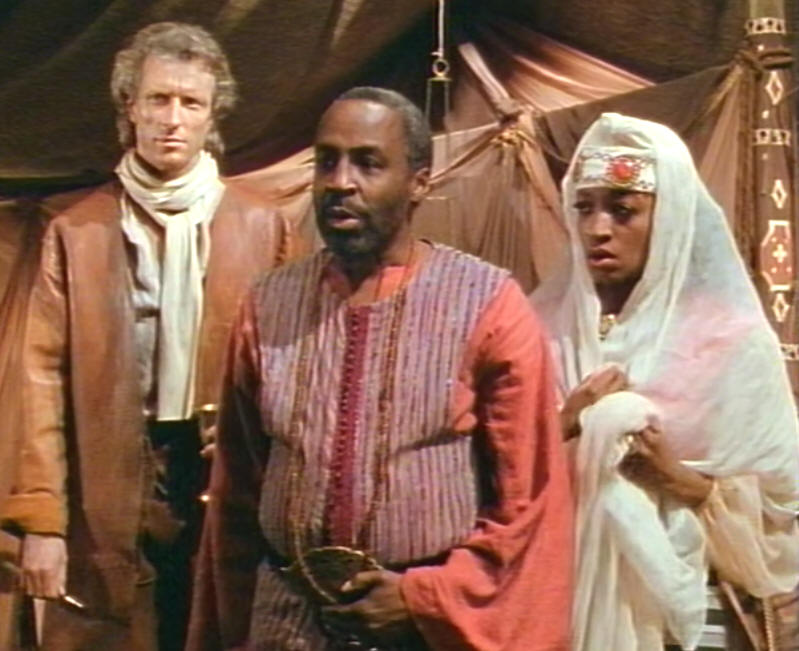
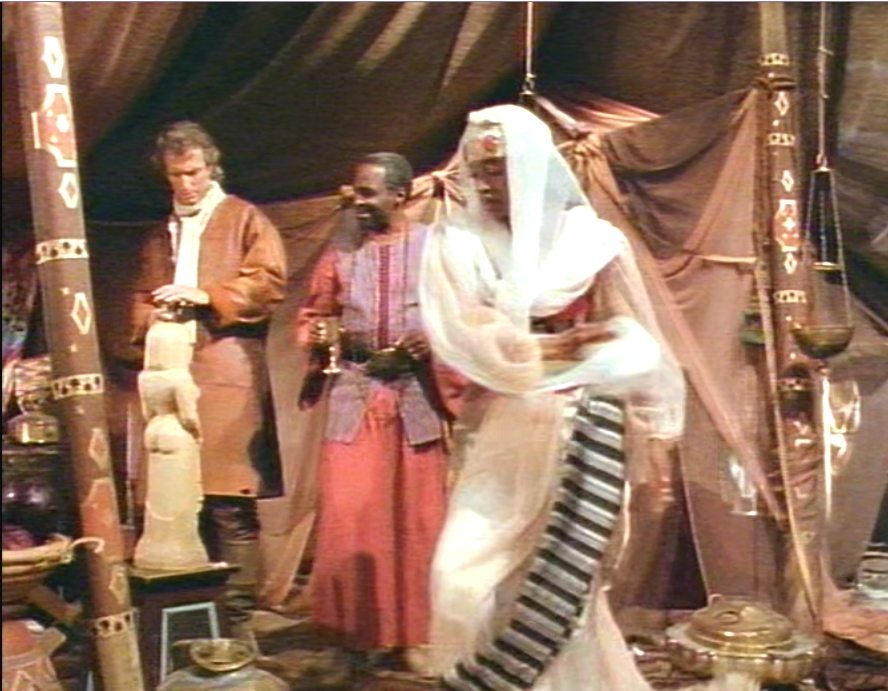
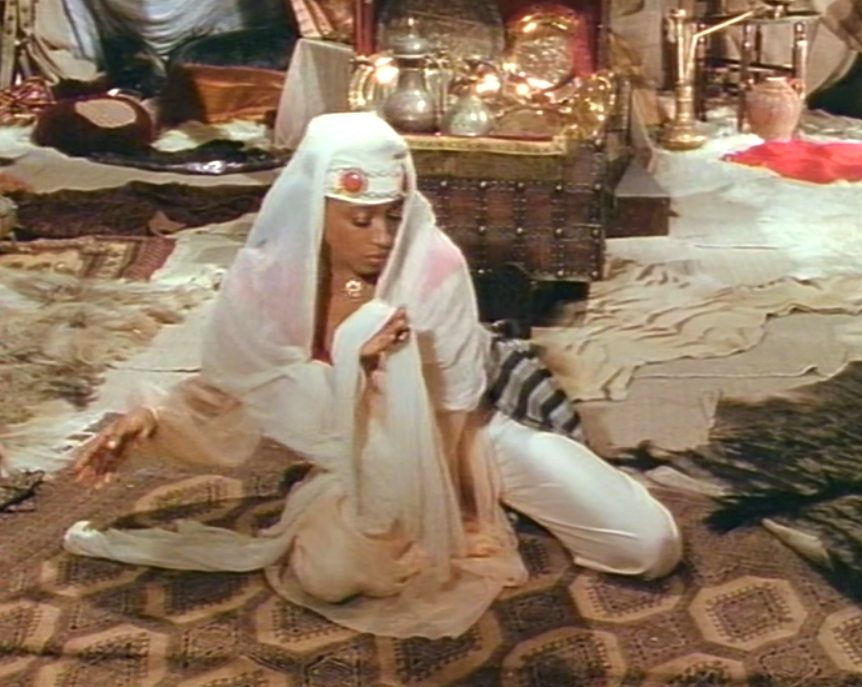
The attack on the Moor
The fight in the passage, 7 op the map.
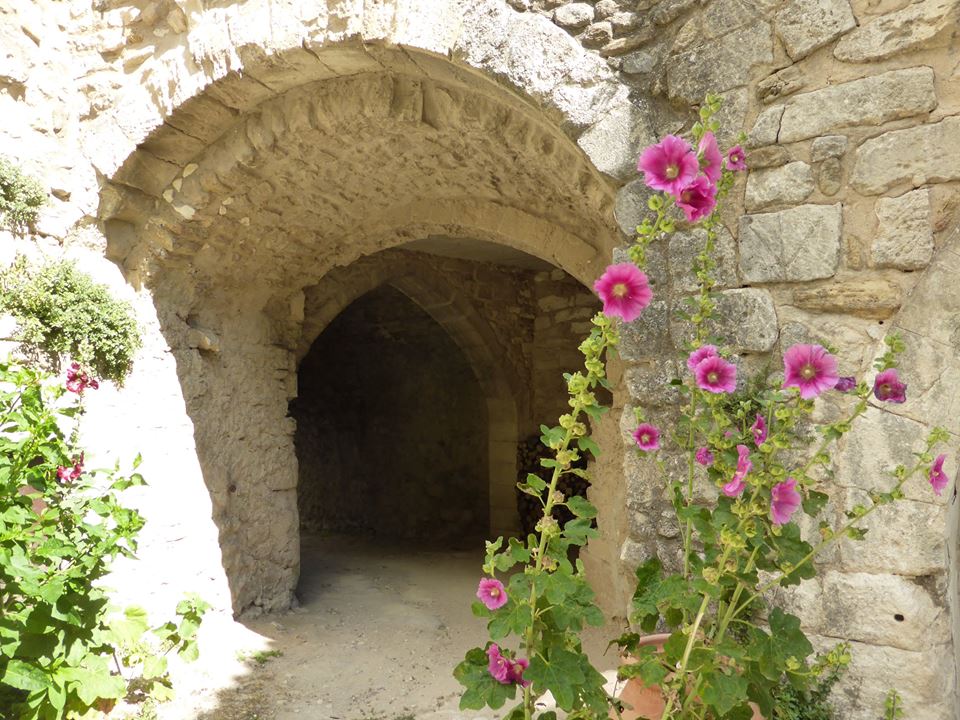

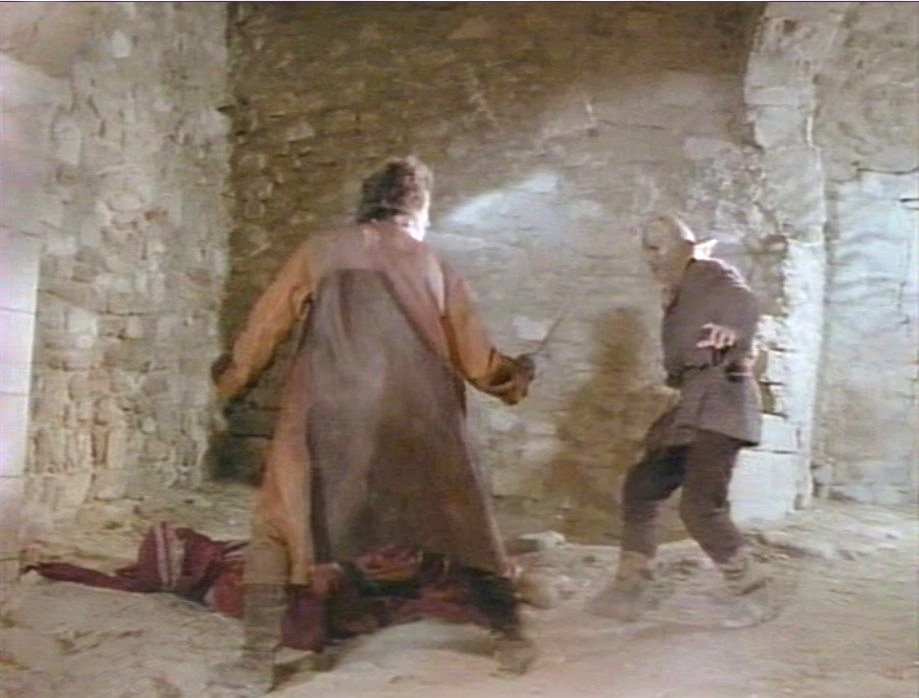
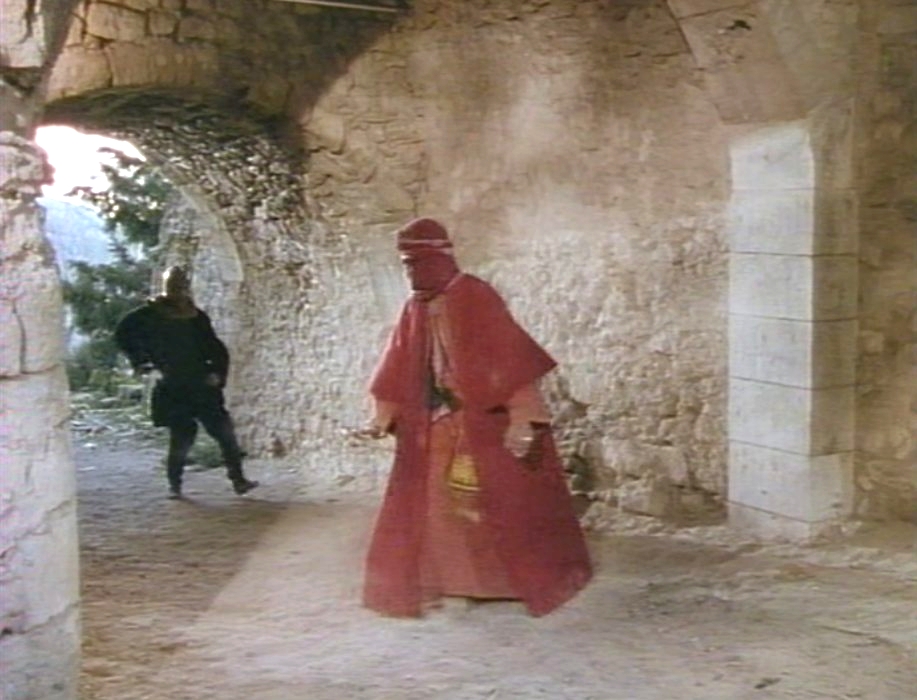
Summer 2017, nice hollyhocks everywhere
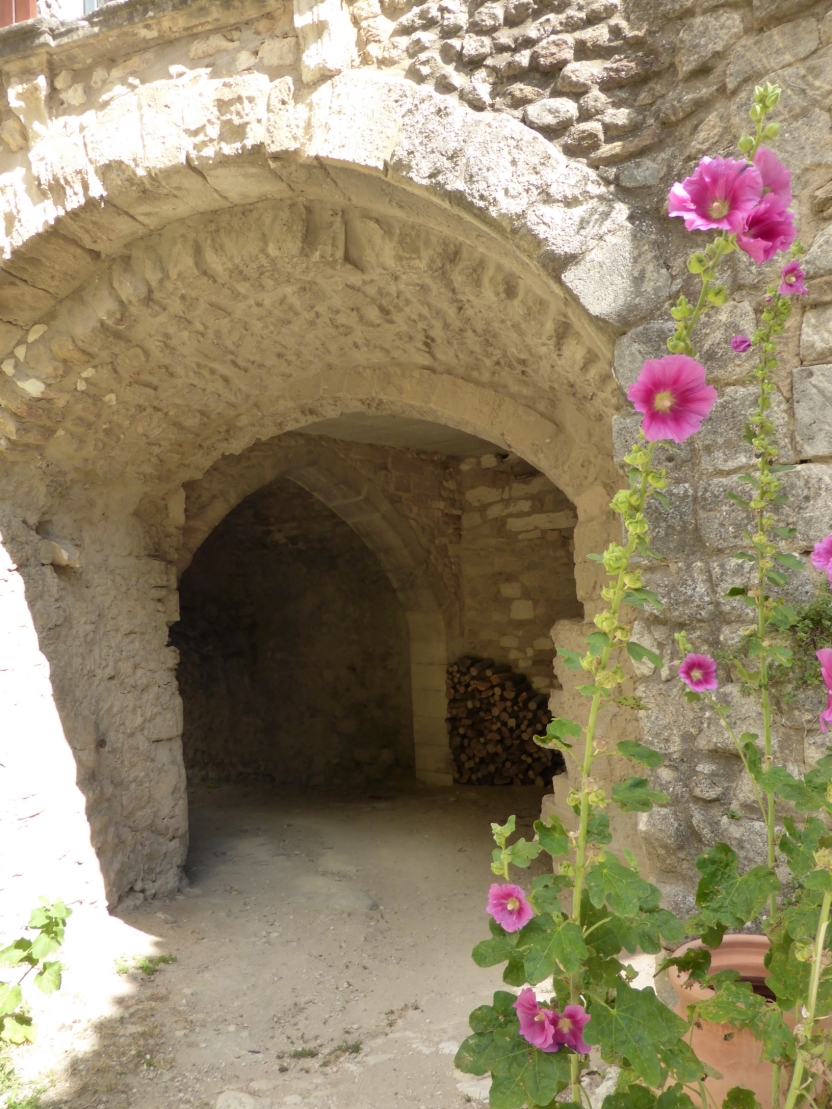
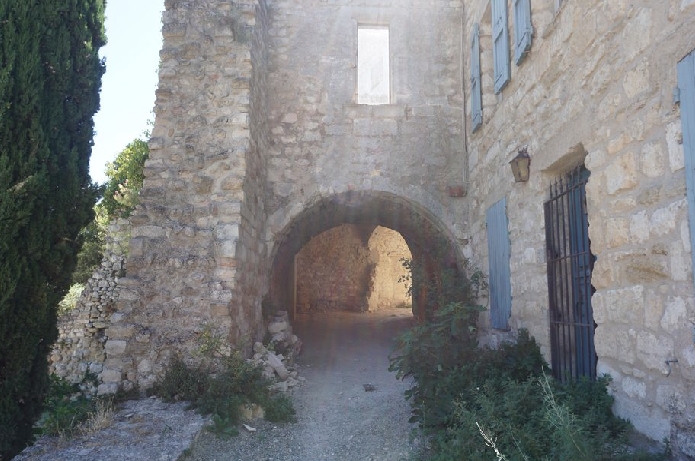
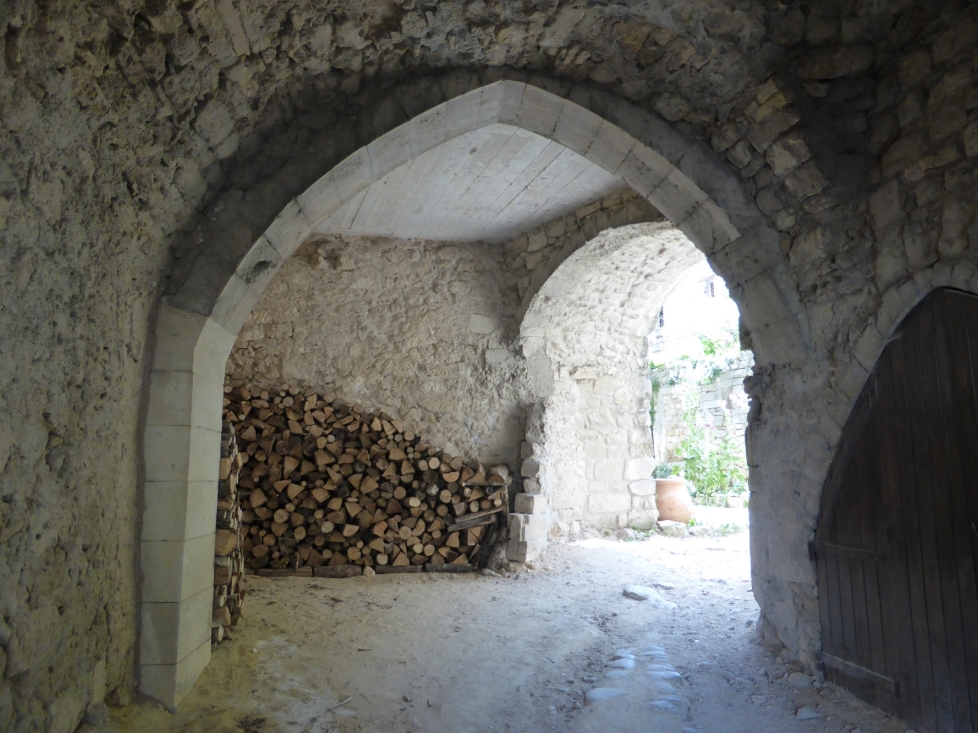
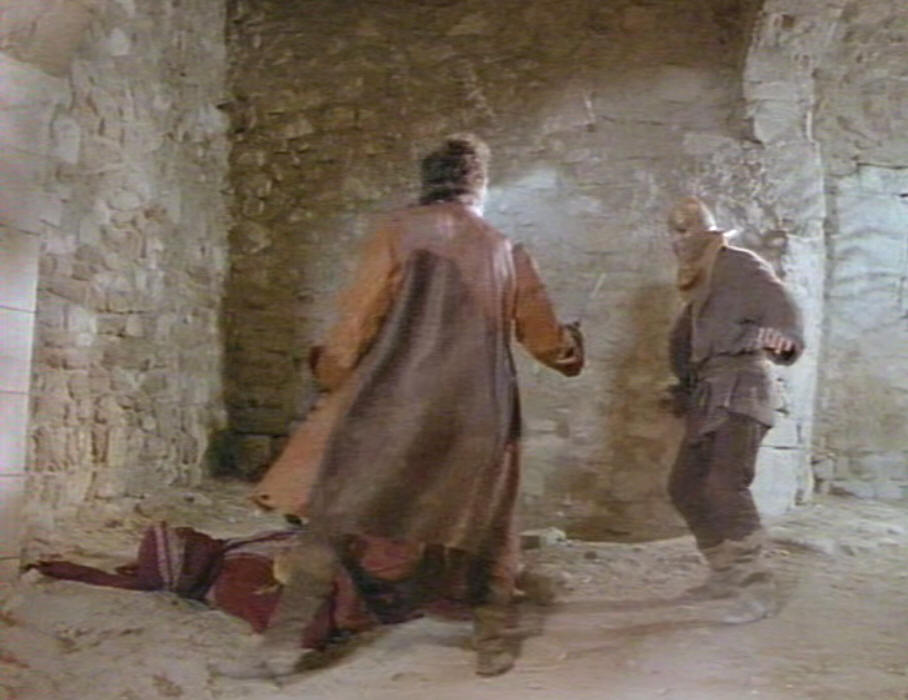
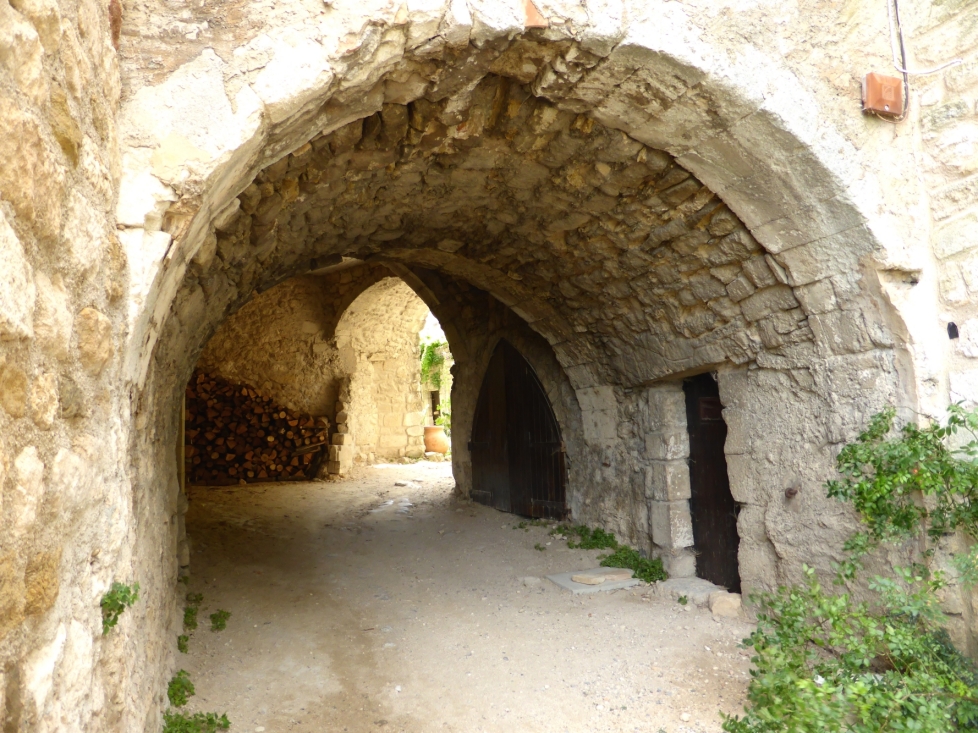
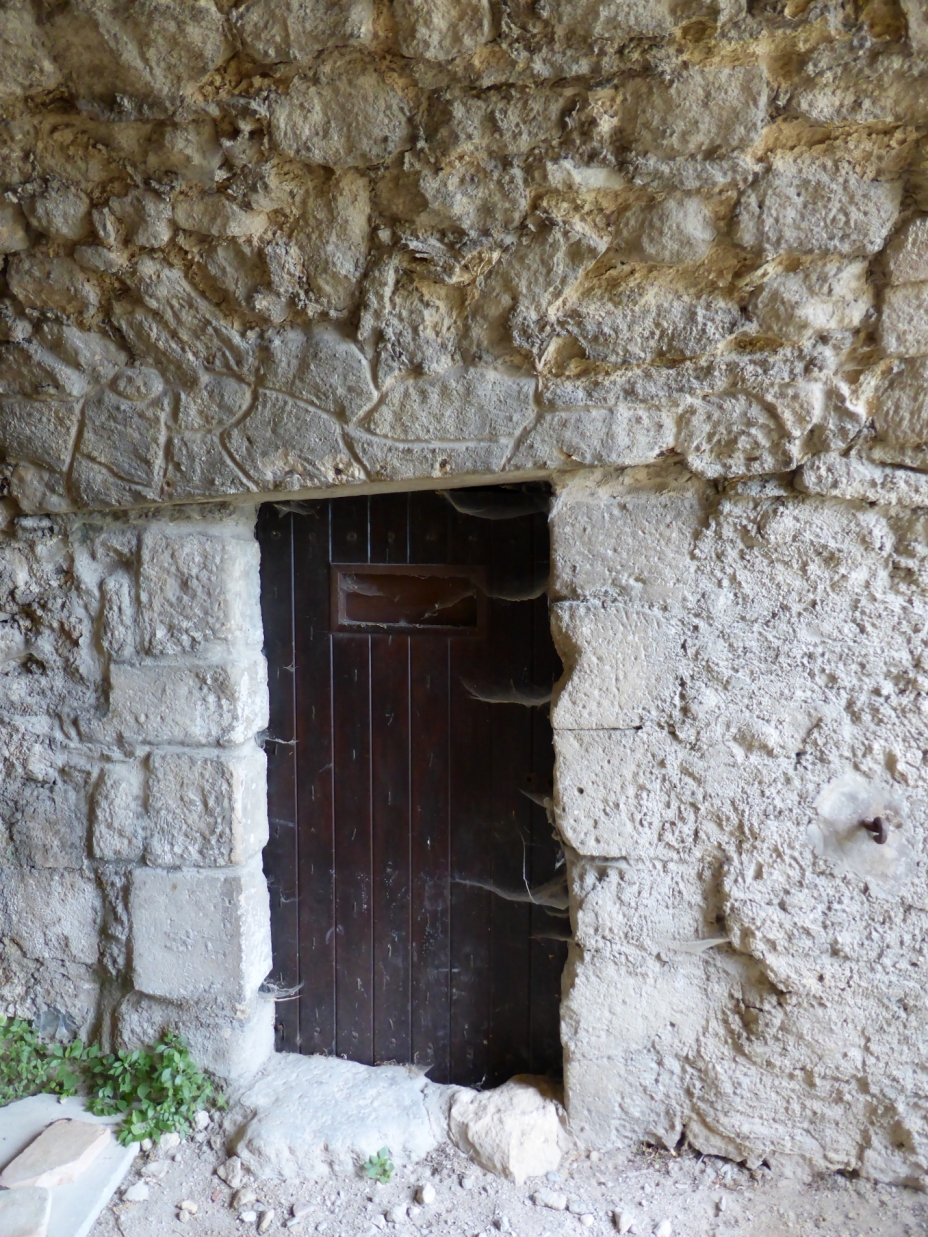
A sudden switch to a different place?
Then another shot, doesn't seem to be the same place...partially unknown location.
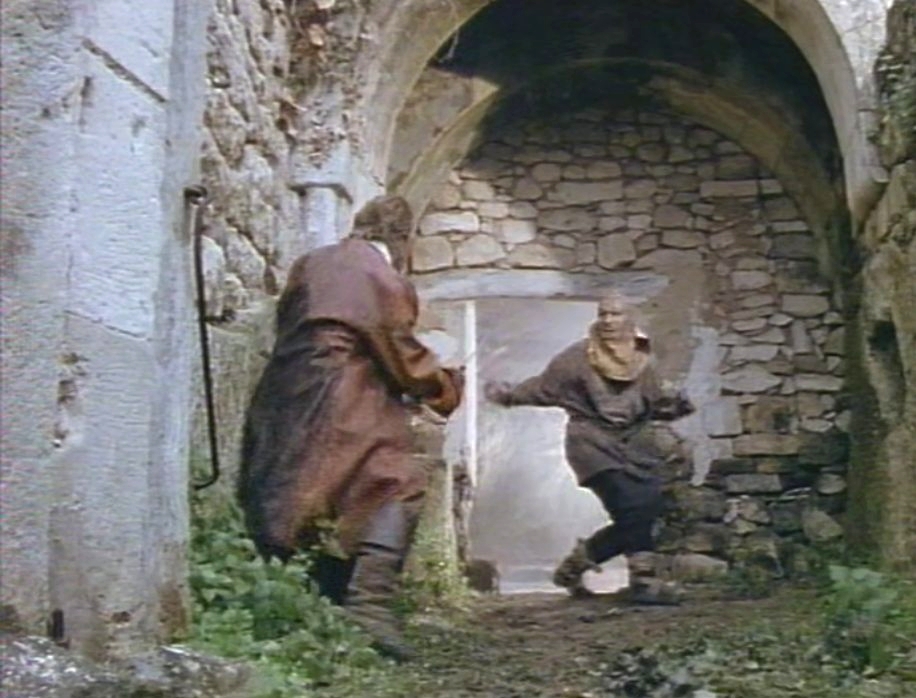
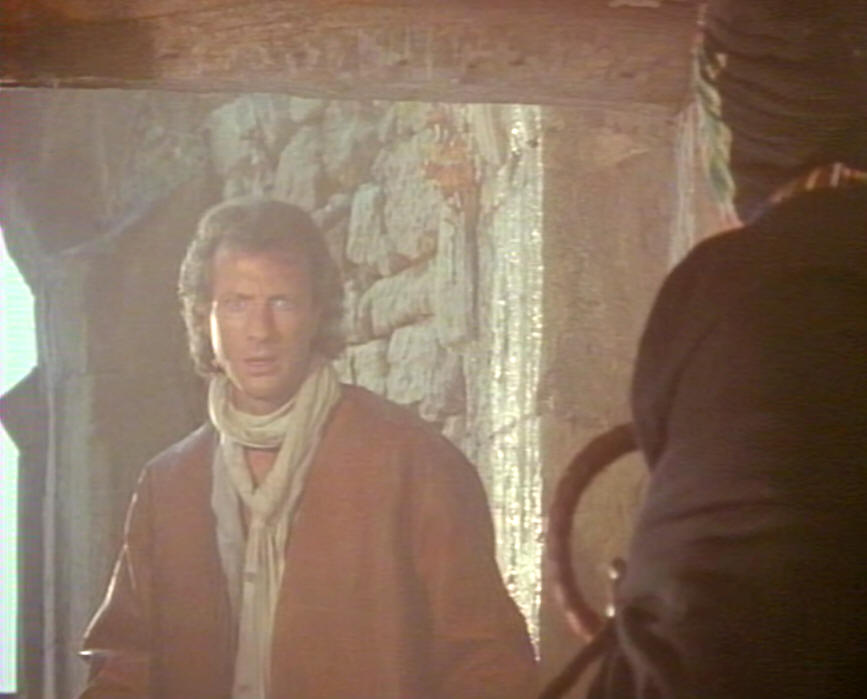
The day after Tell gets the paper from Marc 'the Scribe' to enter the Citadel, he recognizes the wounds on the hand of Marc.
He realizes he fought against him or his companion. Later he finds out there is another partner in crime he already know.
The Moor in prison
Location: I assume in the ruins of Opèdde.
Scene: The Moor has no idea why he was arrested and neither has his wife...
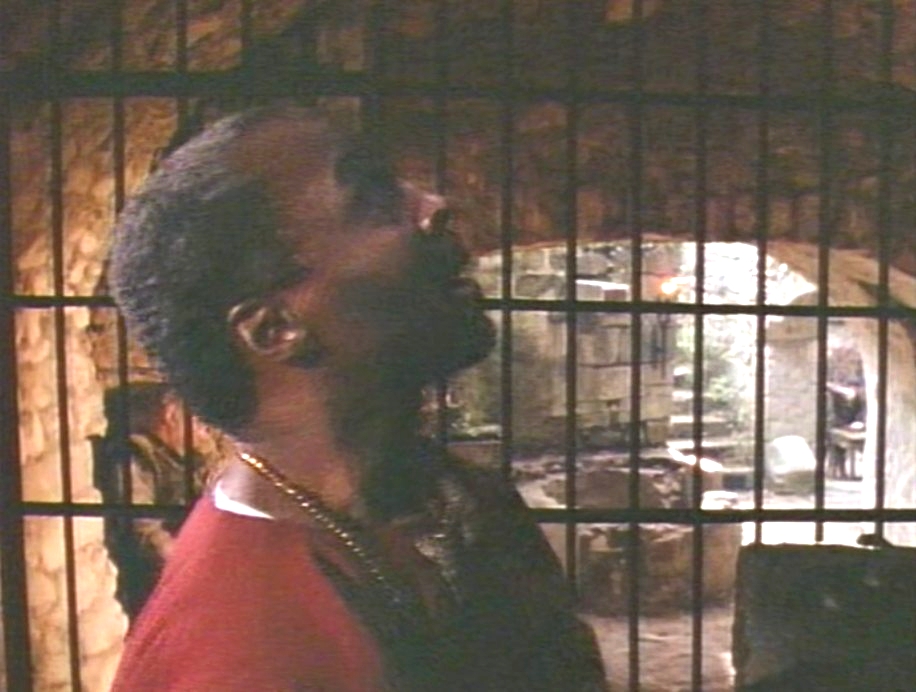
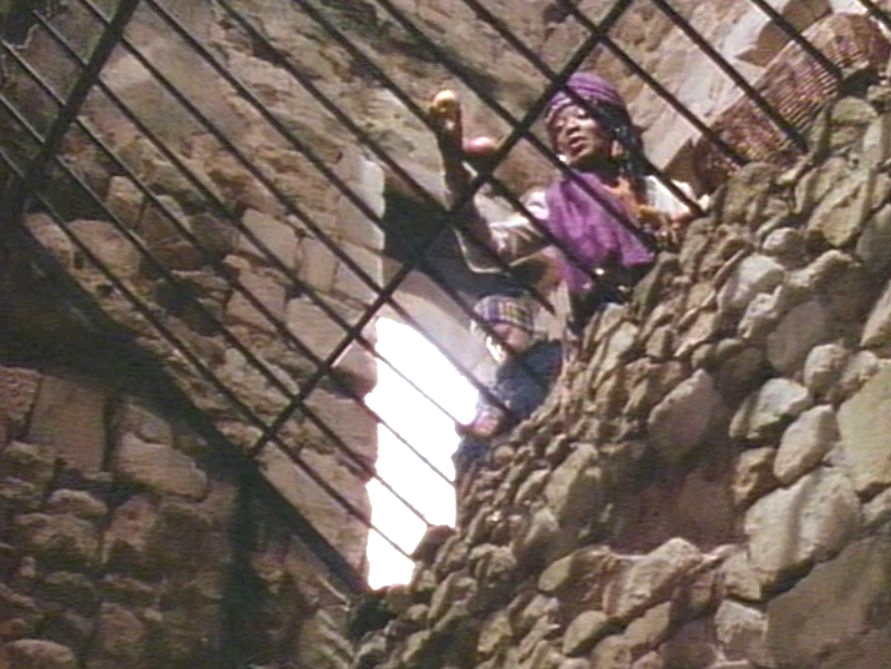
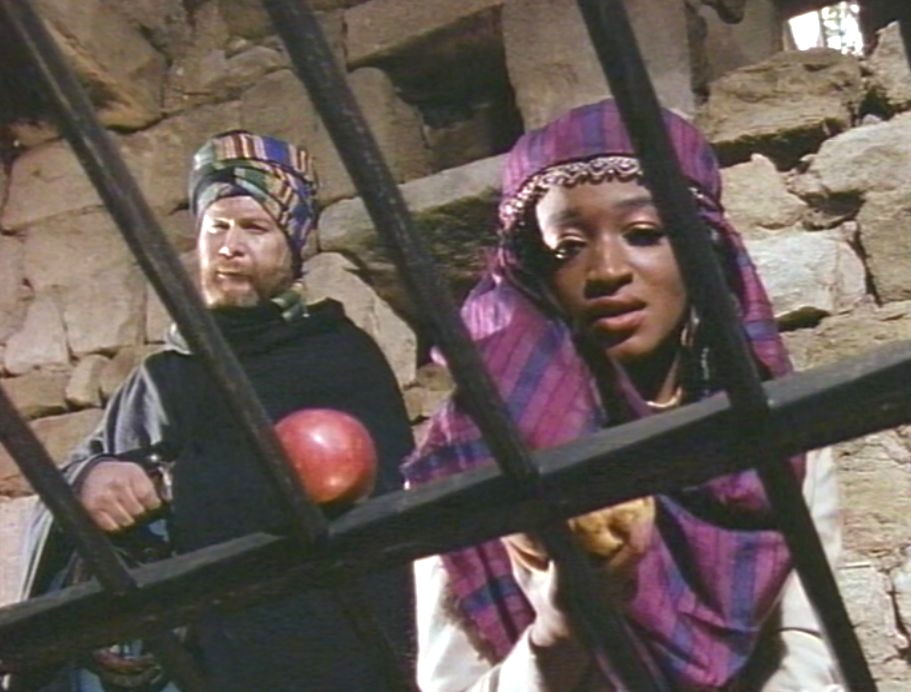
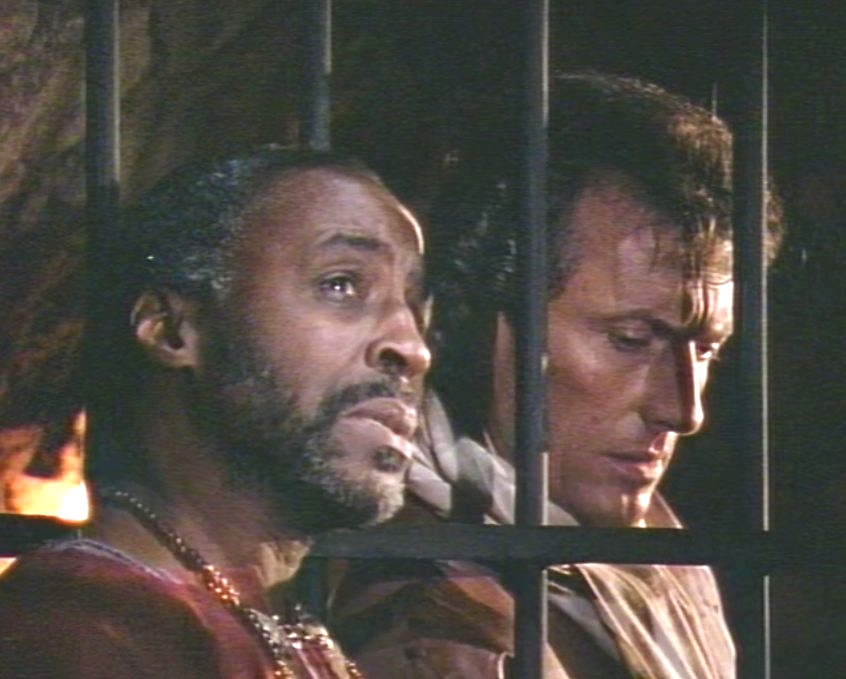
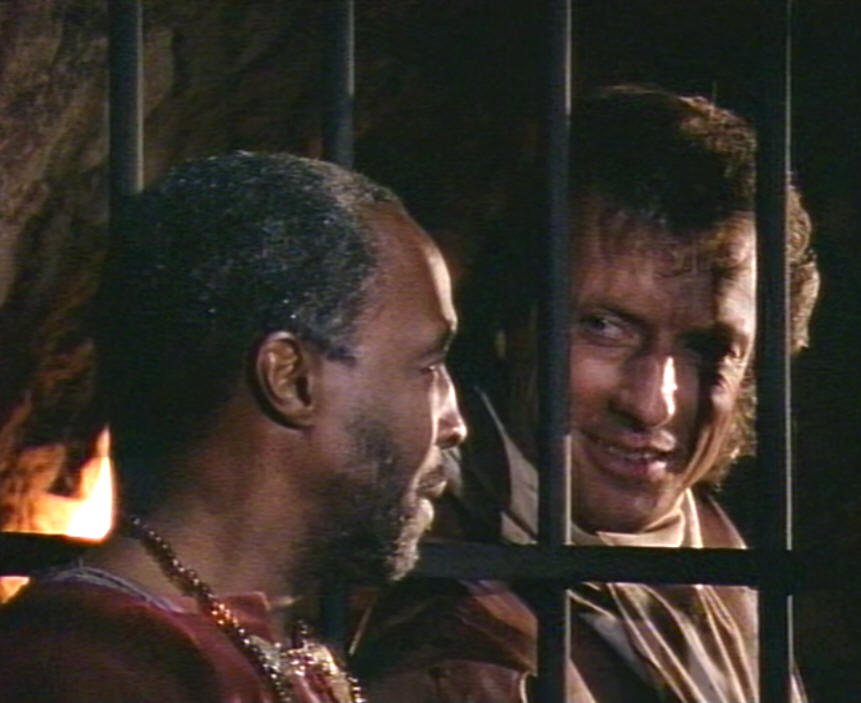
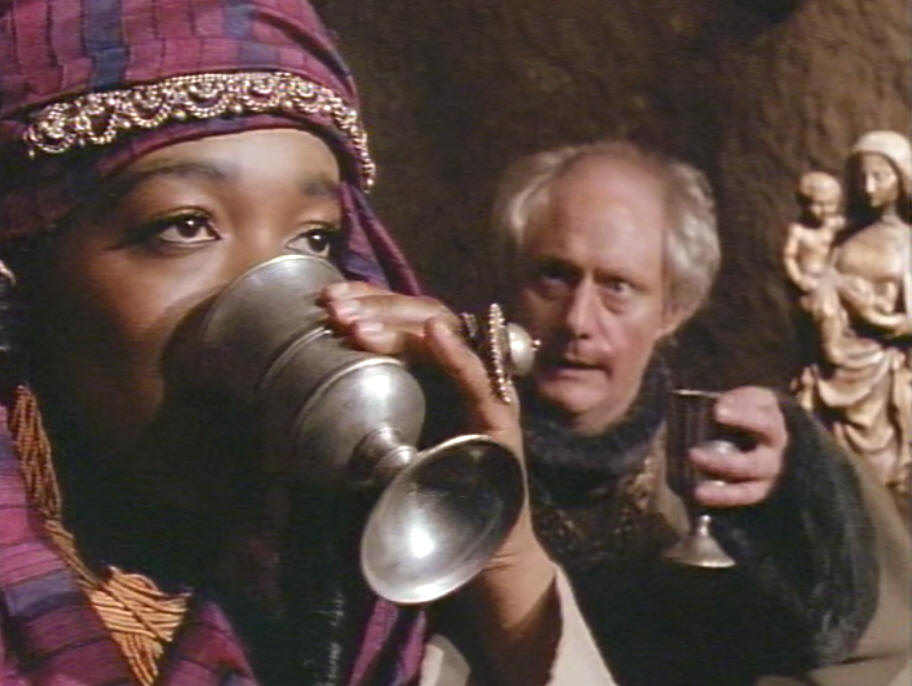
The prison scene
Tell: "Why should somebody want to kill you, Nolan?"
"That's the hazard of the trade when you're selling miracles"
"Do your customers often try to kill you?"
------------------
Tell: "Not many people do believe you"
The Moor: "And you?" "Maybe"
"People told me you kill the mayor?" Why would I do that?
|
|
The pursuit I first thought it was on top of the mountain in the old ruins, but actually it's seems down in the old town. This gate hasn't changed much.
|
The zoom trick, had put me on the wrong track at first. It was a bit difficult to find this porch due to the camera lens.
The scene with Tell and the horse were zoomed a lot, so that it looked like there was another wall on the right.
|
|
See for yourself. That misled me for a moment. Tell is much further away than I was.
|
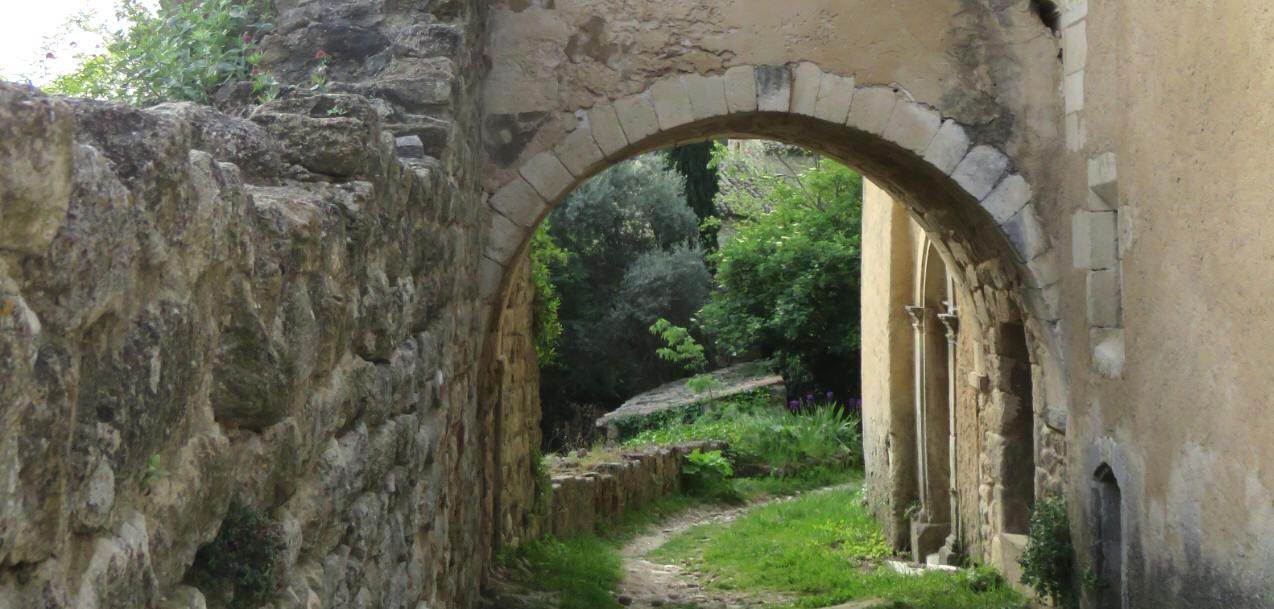
The other side of the gate, the bandits pass
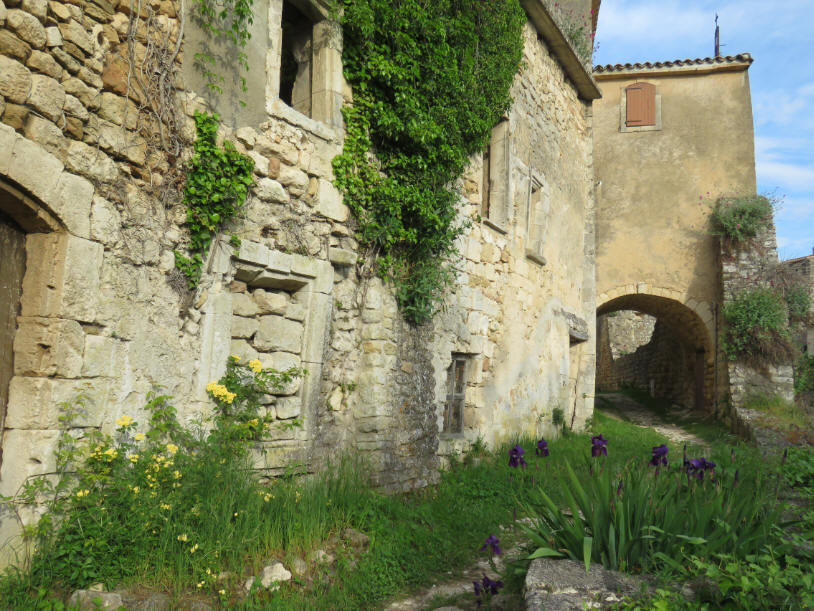
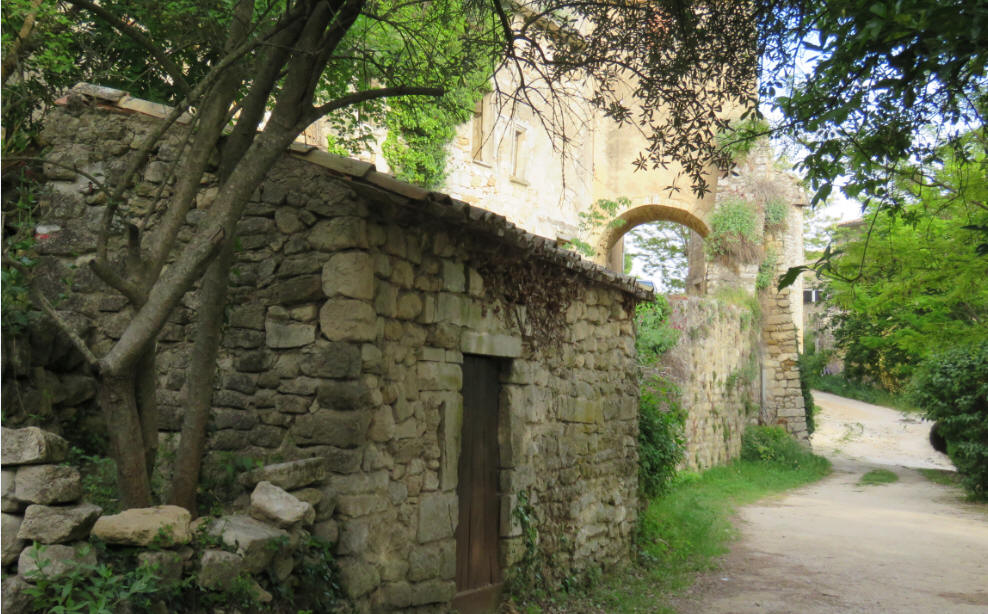
The ridge at Opèdde
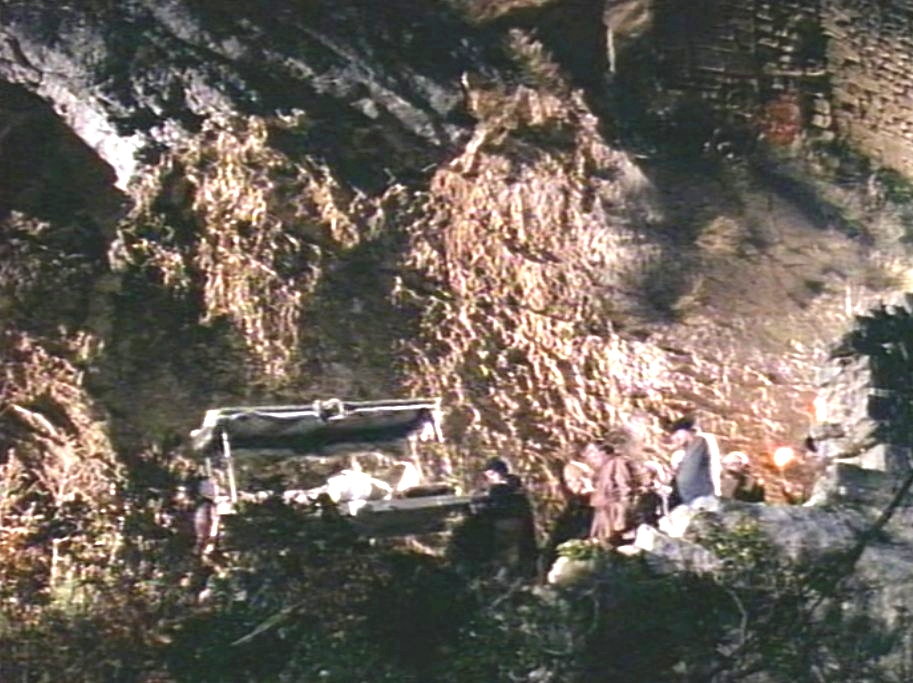
Above they bring Jamila to the crypt. It's the same route as Tell enters and leaves St. Claire. Like below.
This is sure the same place!
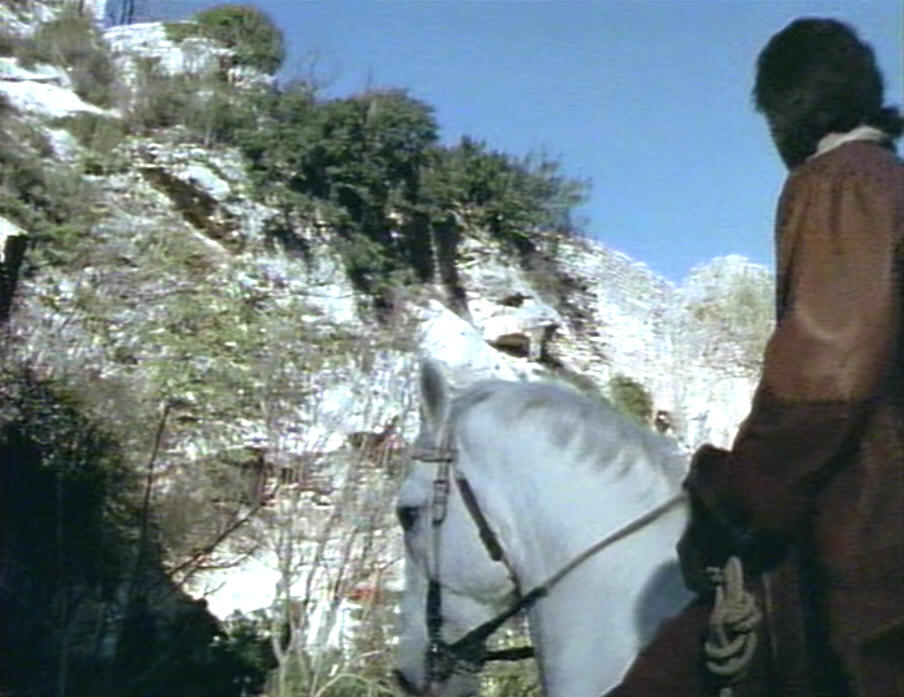
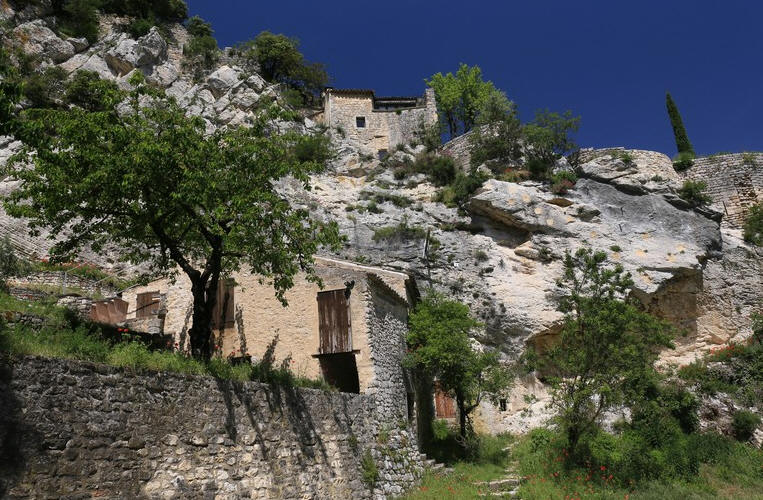
Goodbye St. Claire The wall with a kind of tower
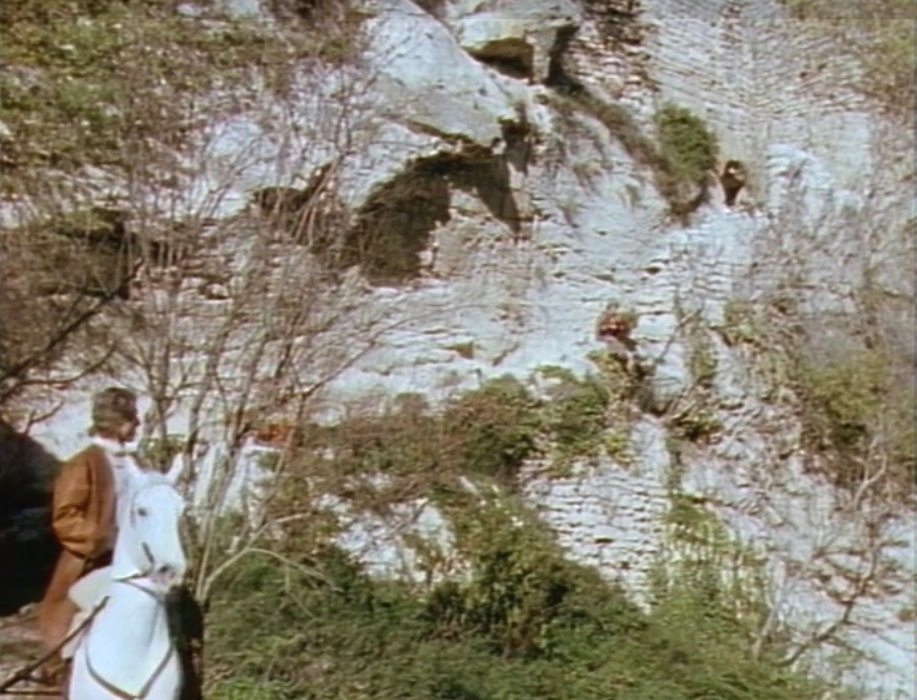
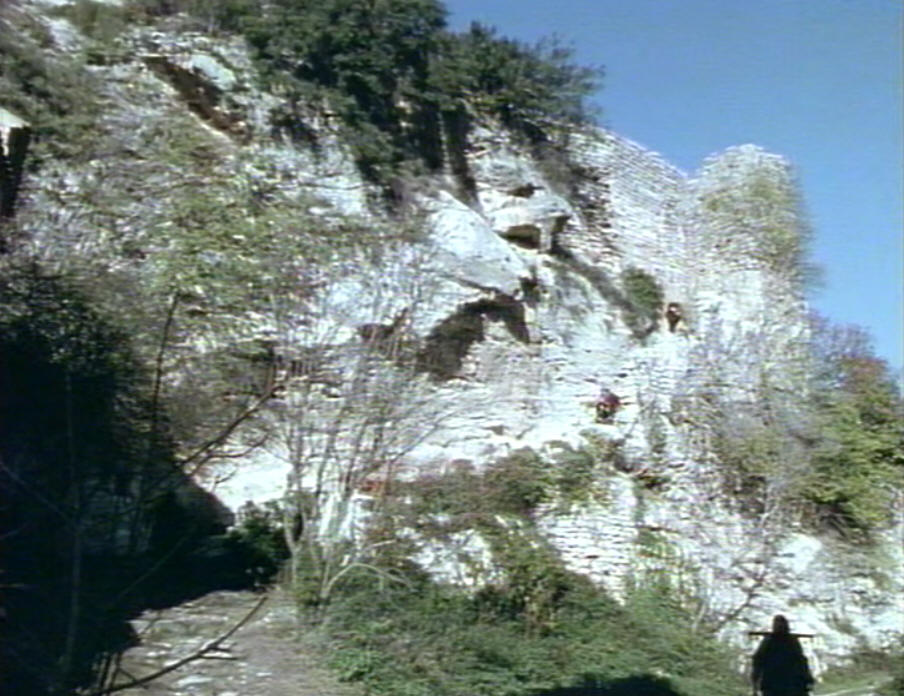
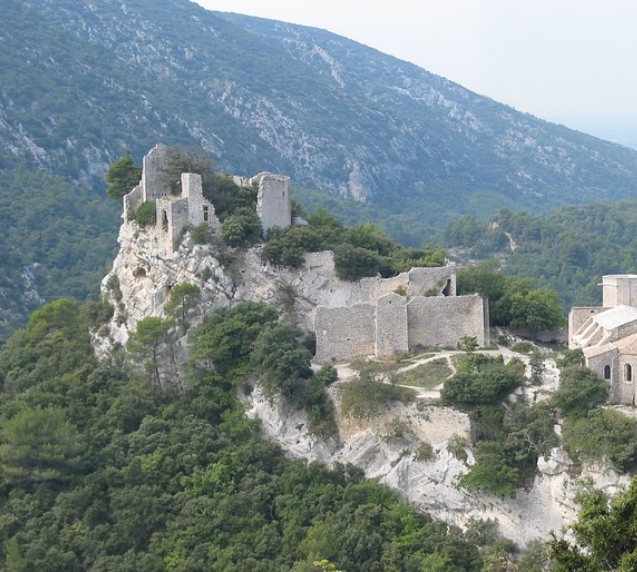
Somewhere at the ridge?
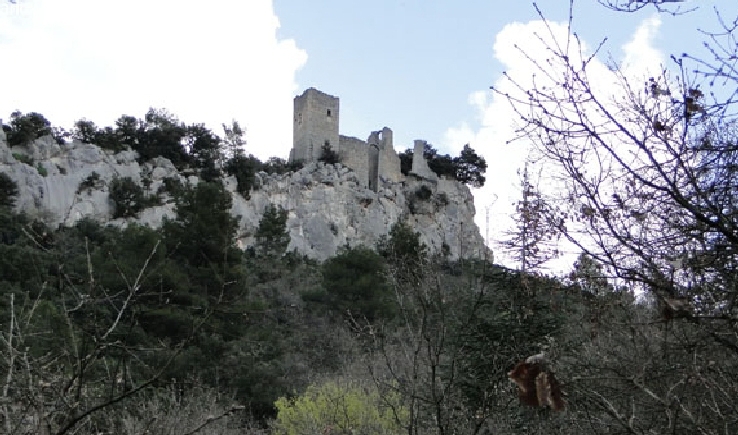
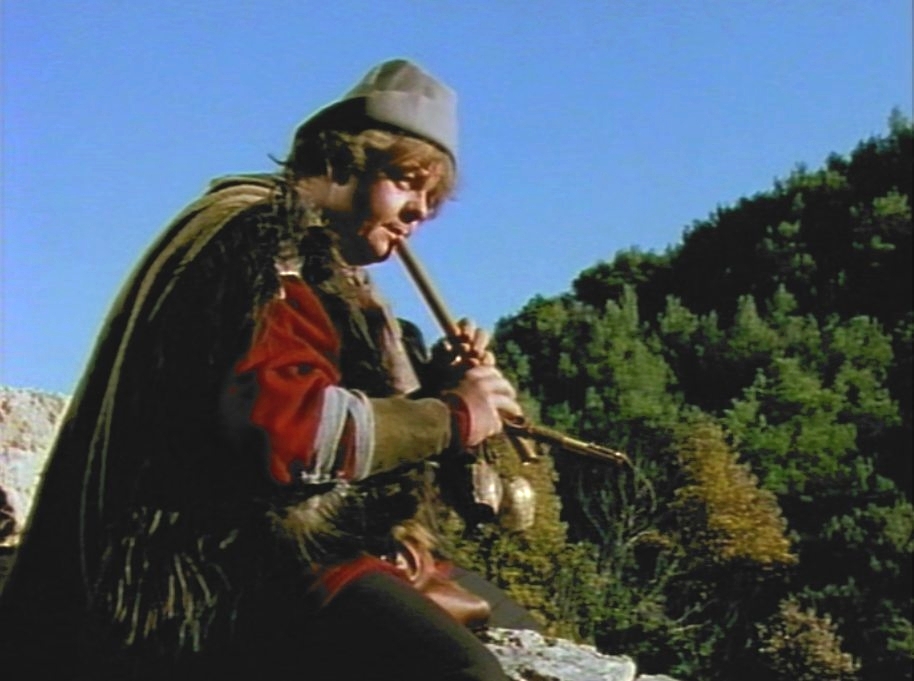
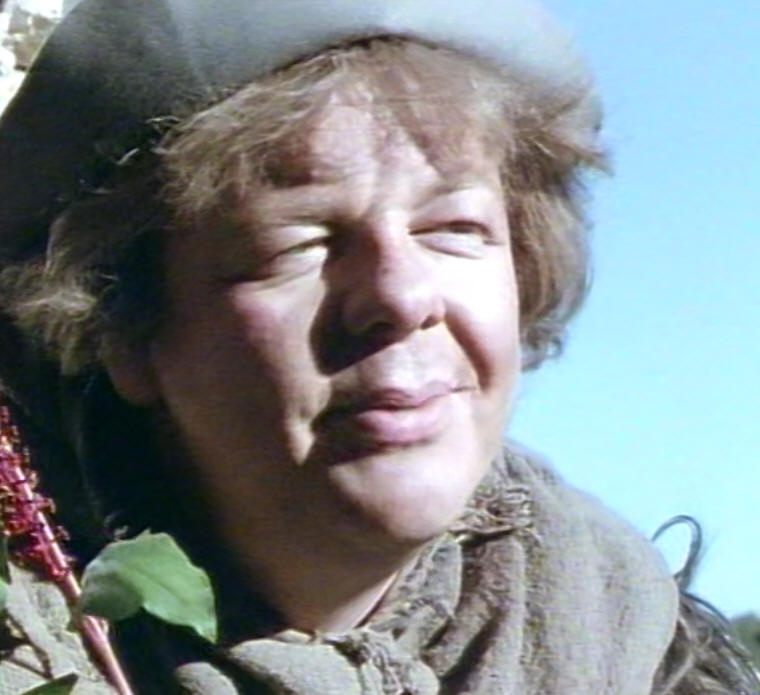
The ruins of the castle
Opèdde le Vieux combined with the Charterhouse Villeneuve Les Avignon
The same view as on the Four Horsemen castle
It took us a long time to verify this shot because we were looking for a whole tower, but it's half a tower. It was hidden behind a tree (see the left photo below).
While we recognized the tour, later we found out there is also a shot made from the Moor in front of this ruined tower. This plateau with the ruins of a chateau
is closed to the public nowadays. Below shots of the same ruin, but I never recognized it because in the Moor it seems an intact castle because the tree is in front.
But in fact it isn't. Here below in the Moor you can see in which state the castle is today. (the left highest part of the ruin).
2019
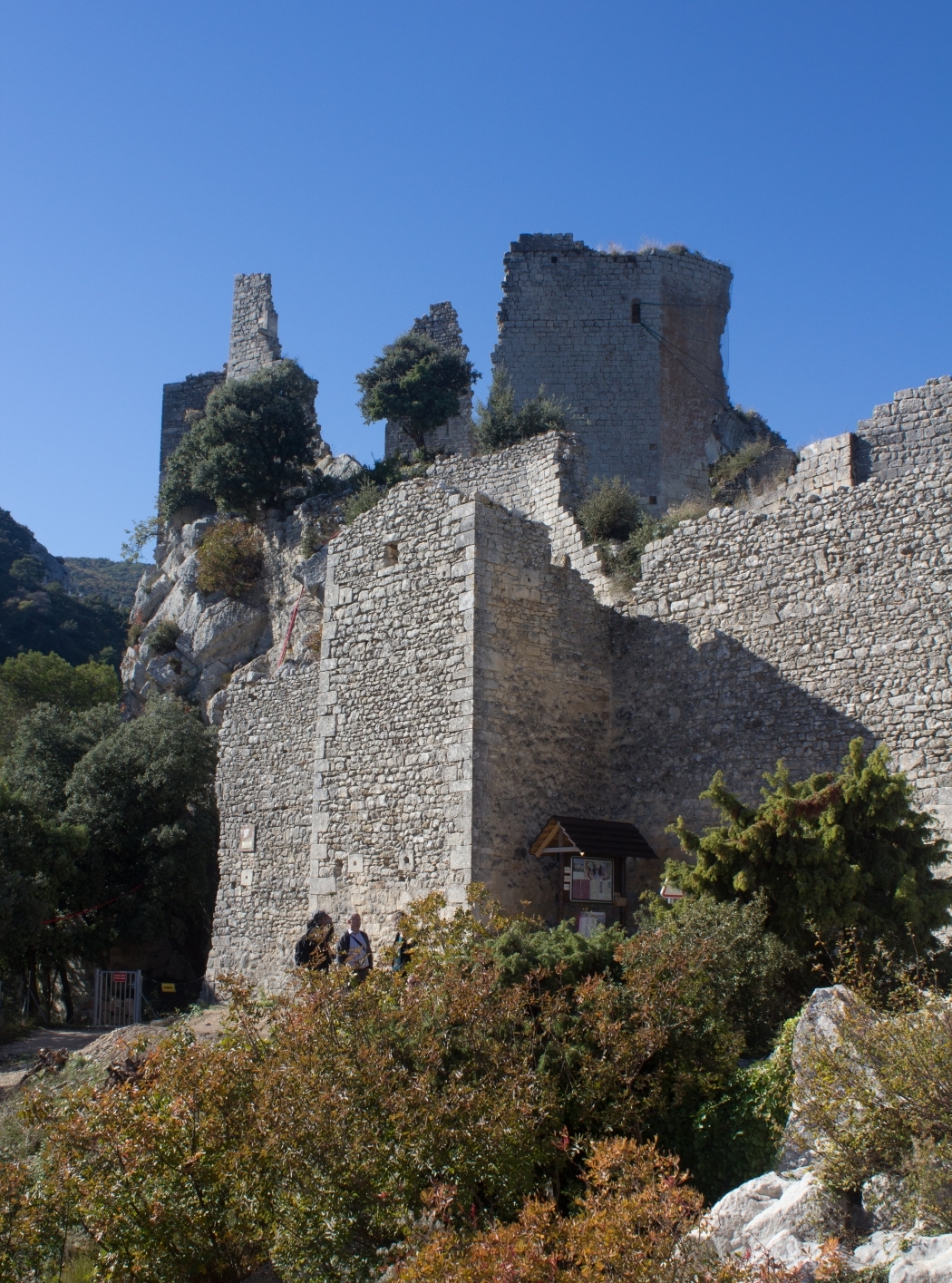
Above and below the same place
The view on the horsemen castle is the same castle you see behind the Moor, to see it you better look at the south side of the plateau.
The four horsemen, a view on the castle The Moor about 2017
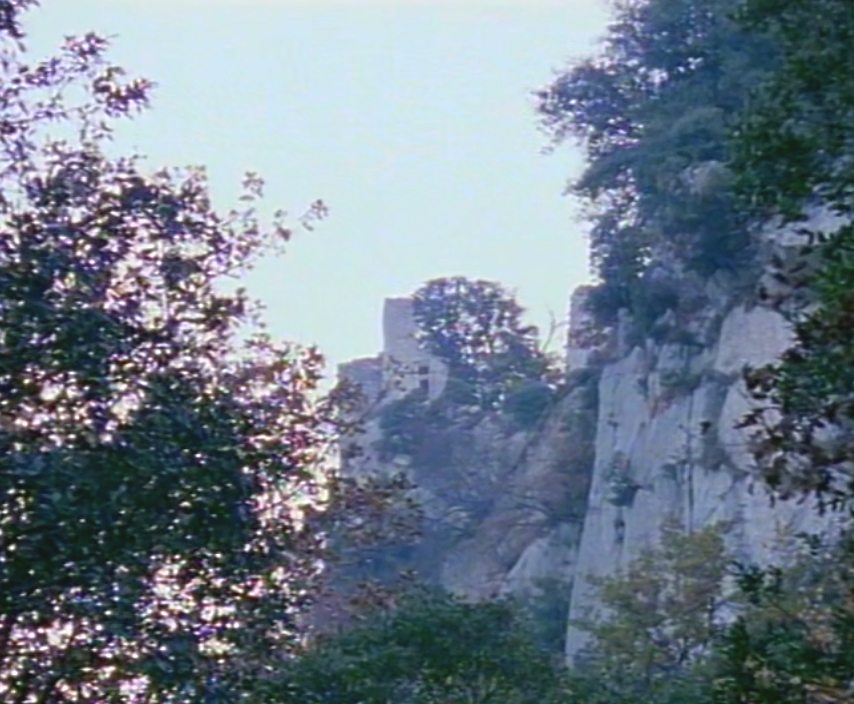
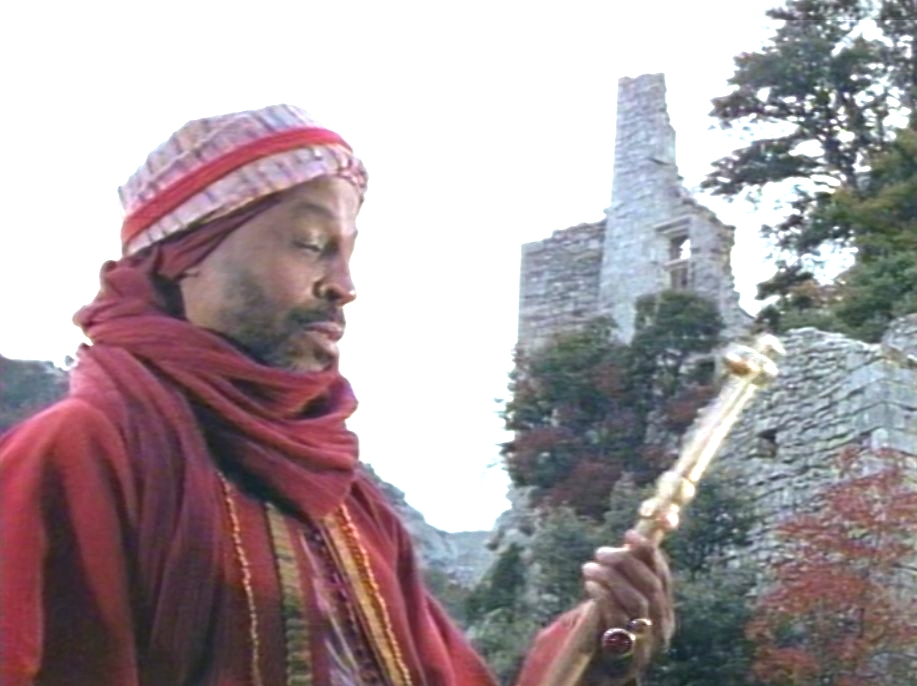

Nowadays it's closed for the public because it's too dangerous...falling rocks and high cliffs. But the church (right photo and right side of it) is being restored
\and open to the public. This church is visited by Tell and Stefan. The door is still the same impressive door with a Celtic cross on it, where the knife and axe are
thrown in. In the time Crossbow was filmed the church was almost destroyed. They couldn't film inside so they filmed the interior scenes in the church of Val de
Benediction Villeneuve-les-Avignon. Pictures below are in front of the church on top of Opèdde le Vieux. The left below building in front of the ridge.
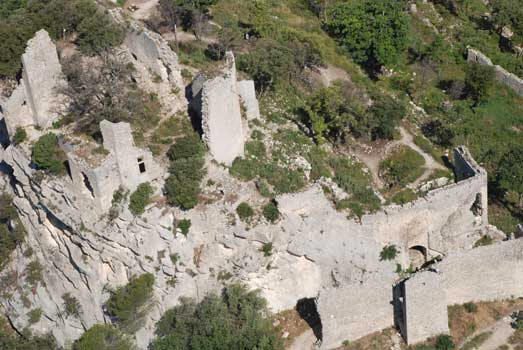
Tell in between eglise d'Alidon and the castle ruins (The 4 Horsemen) 1987
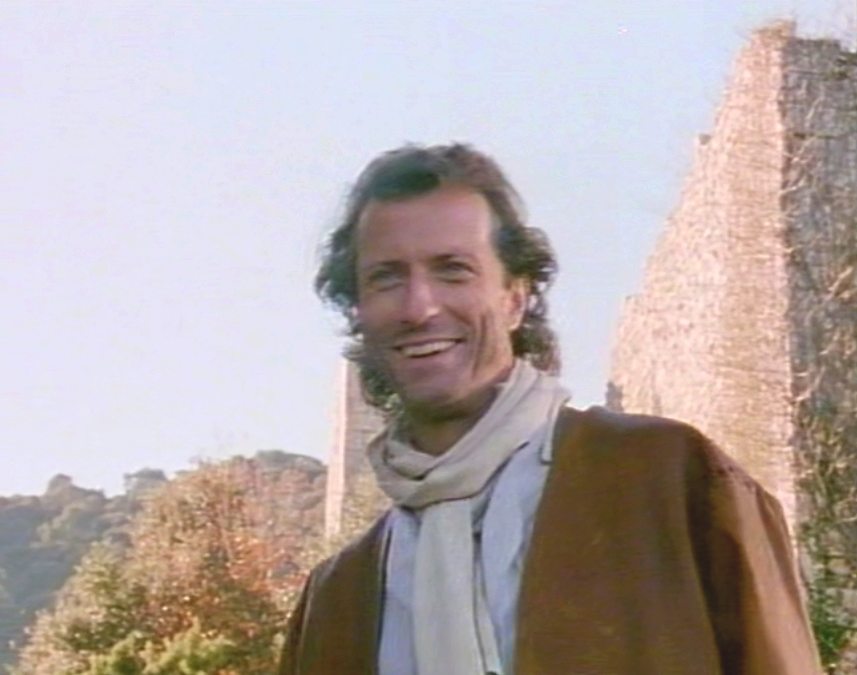
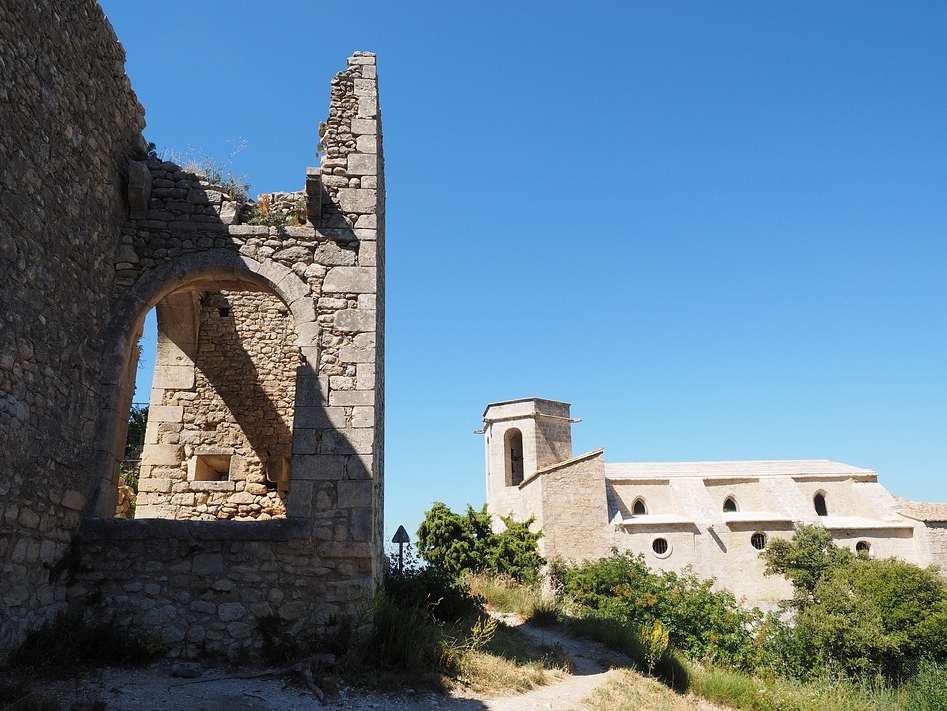
Eglise d'Alidon and the road to it
Chateau exterior and the porch of the four horsemen (interior church Villeneuve les Avignon) Besides this is the town of the Moor as well.
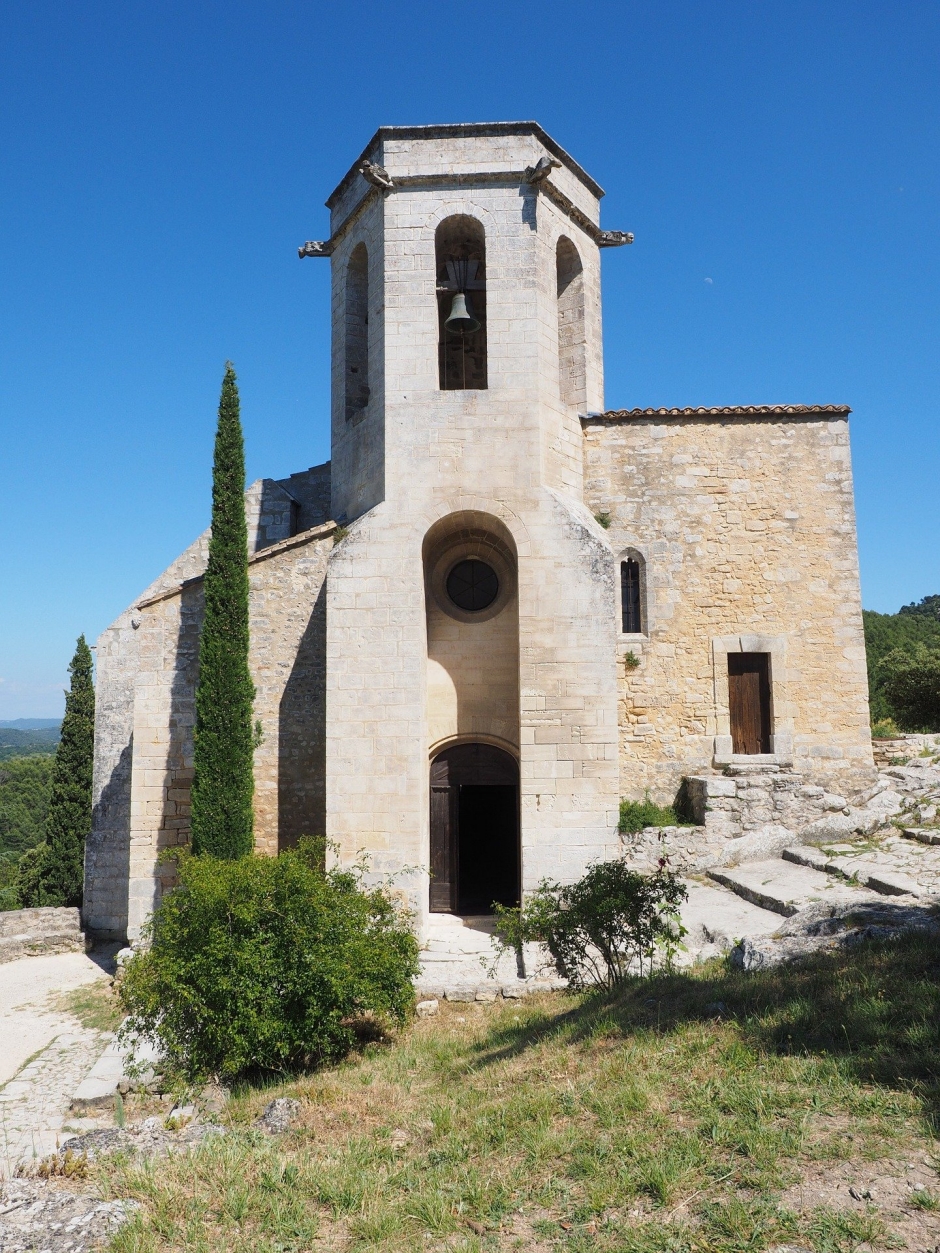
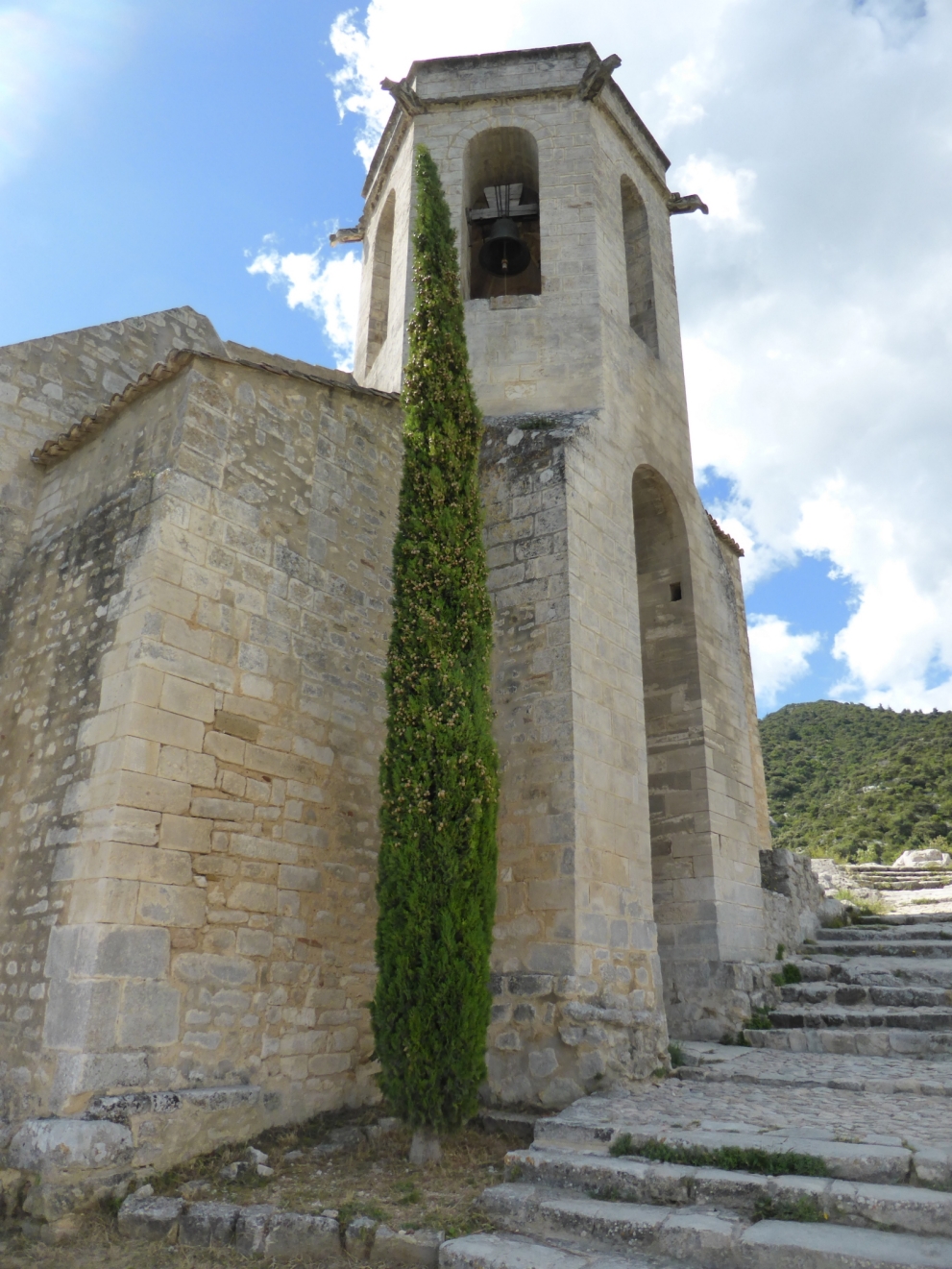
They've put the knifes and axe in the natural holes of the wooden door. The same natural wood scares are still there.
Since Crossbow they restored the pillar walls next the door, the interior and the path to the church.
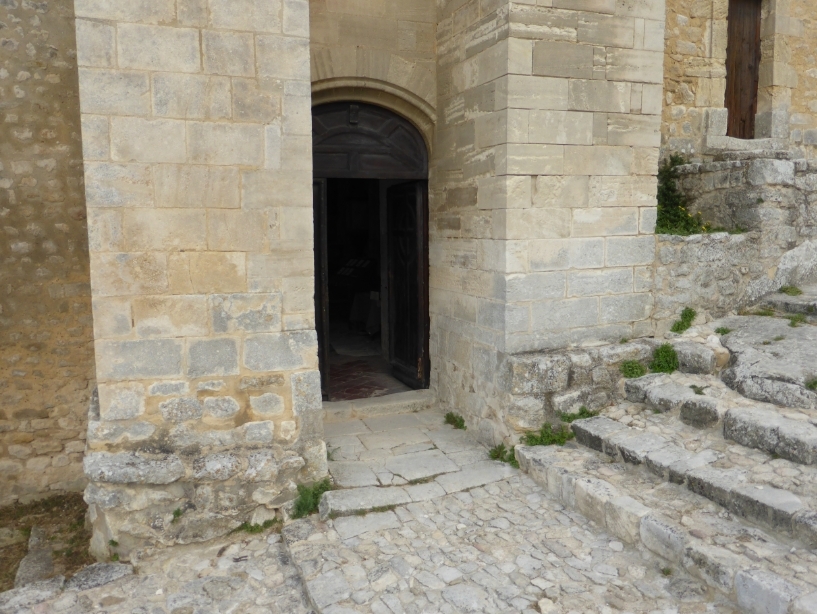
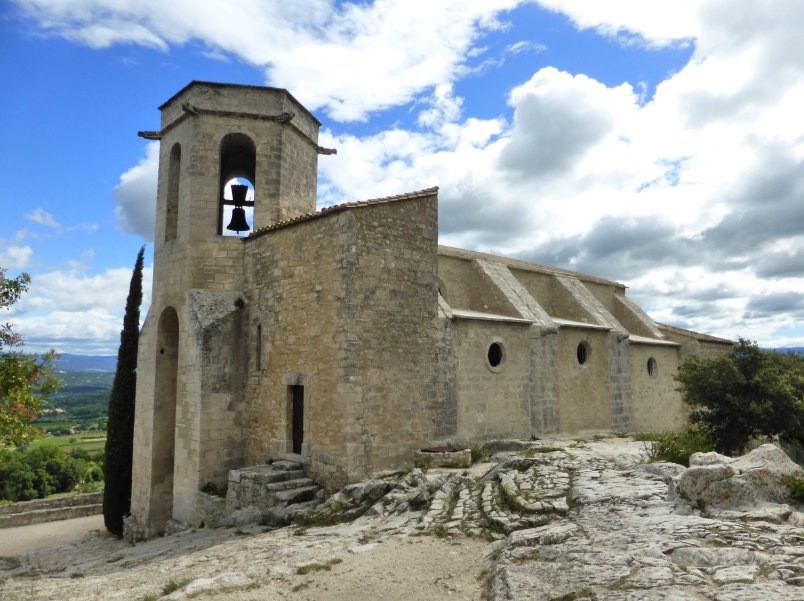
Restored paths
Unknown yet
1986 the path to the castle of the horsemen and the path they took all back to the citadel. Such paths are in Opèdde, but could be elsewhere too.
The door with the Celtic cross and the knives is in Opèdde le Vieux
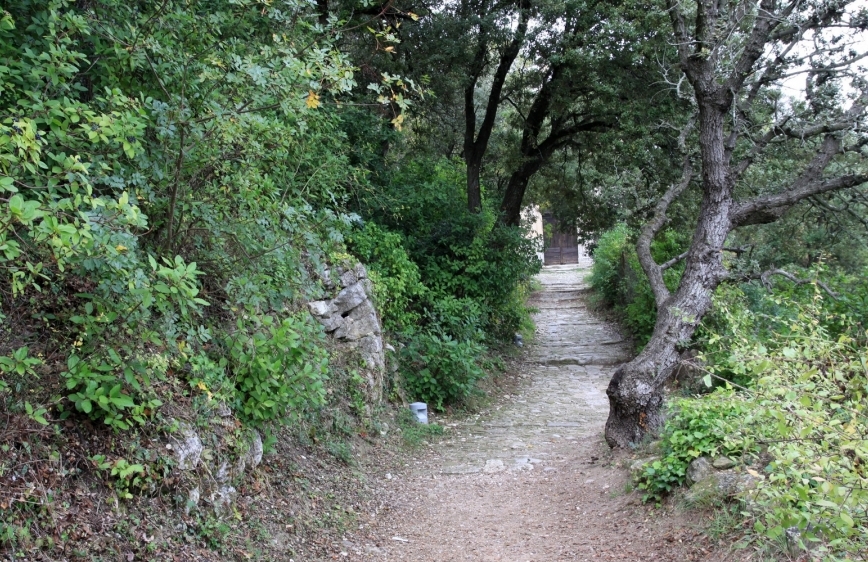
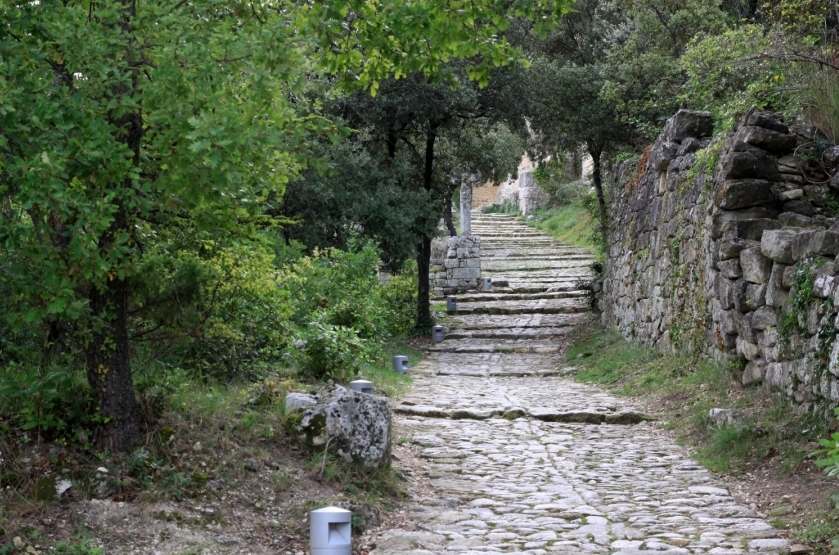
Unknown path, though both went on horses to the top of Opèdde, that doesn't prove it's recorded here because the paths don't correspond.
It can be a path on foot of the mountain.
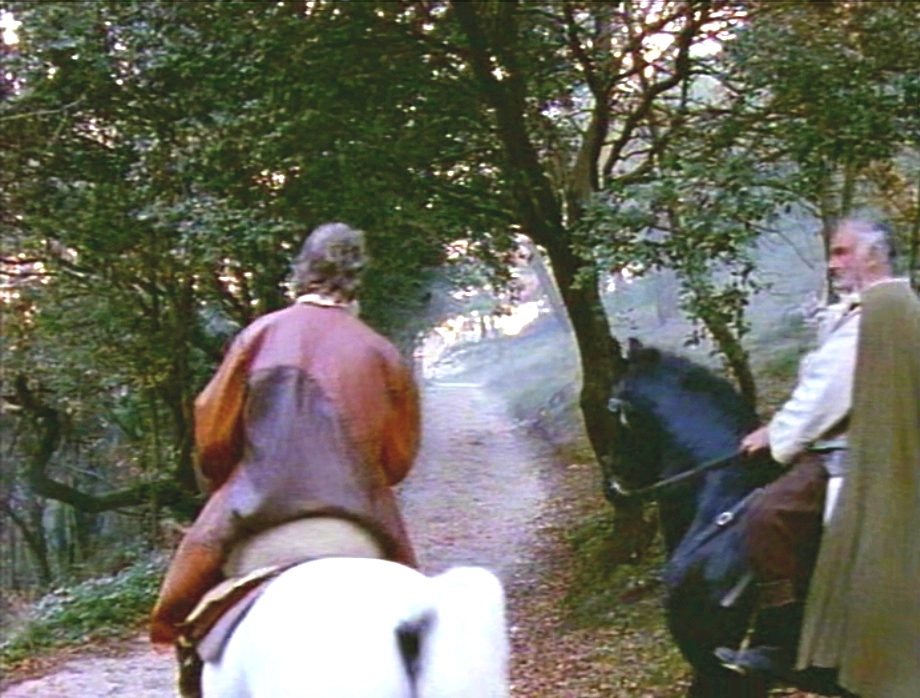
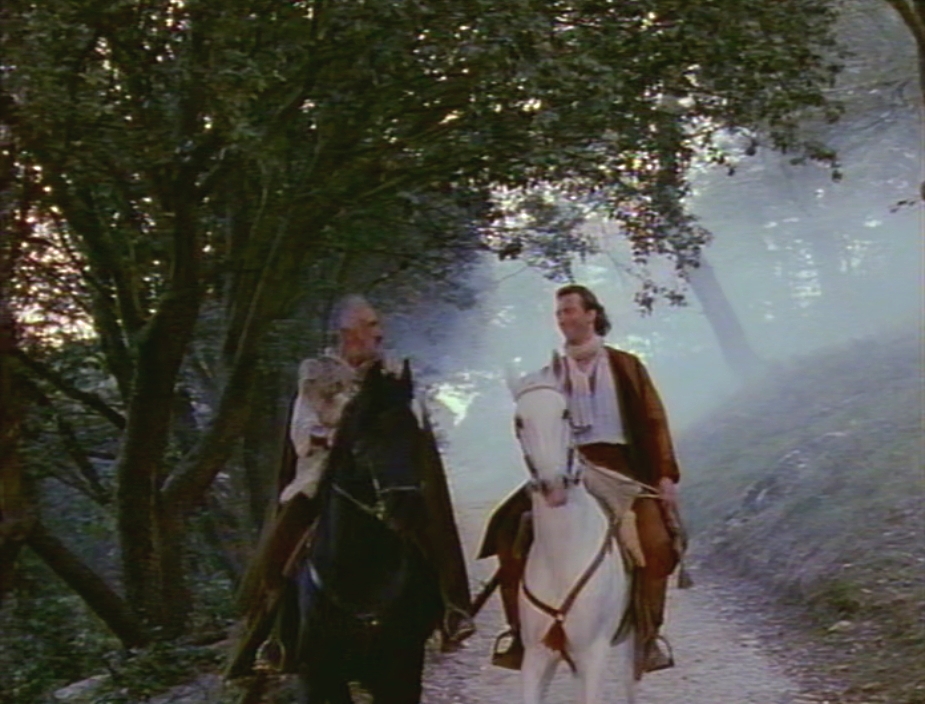
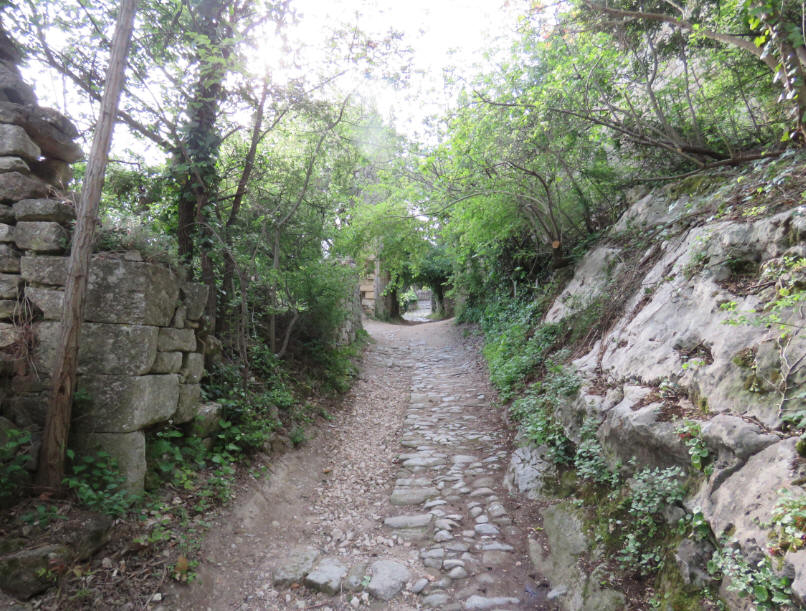
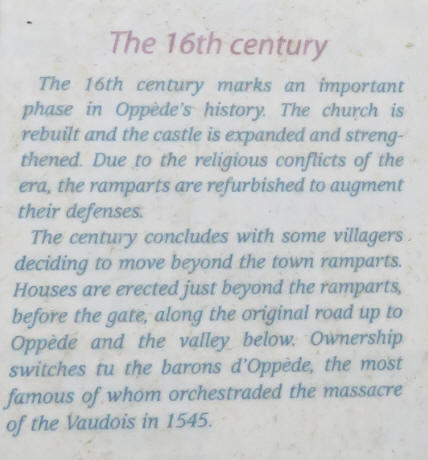
There are less starting points to recognize...
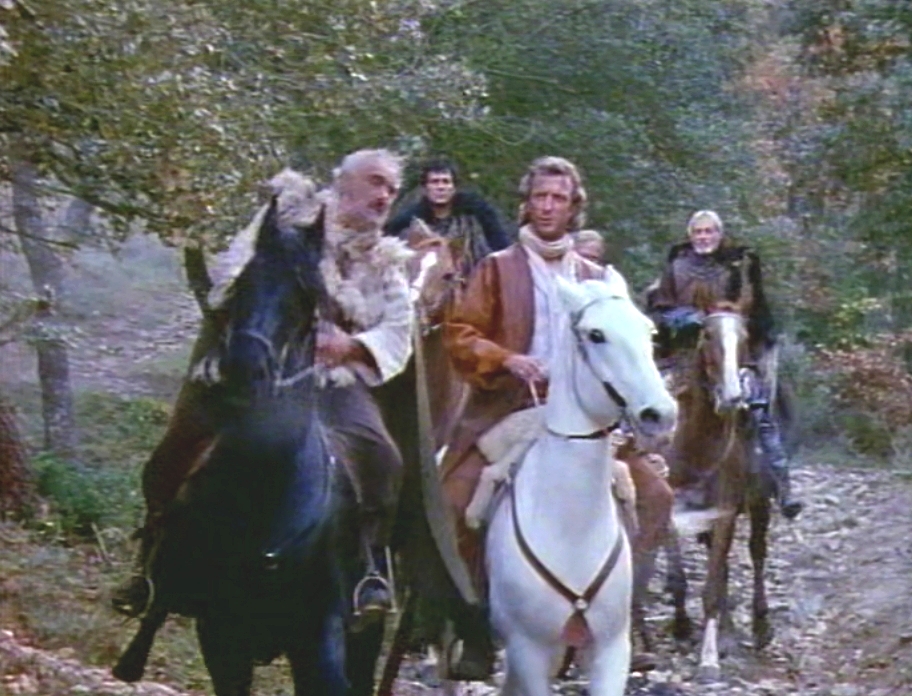
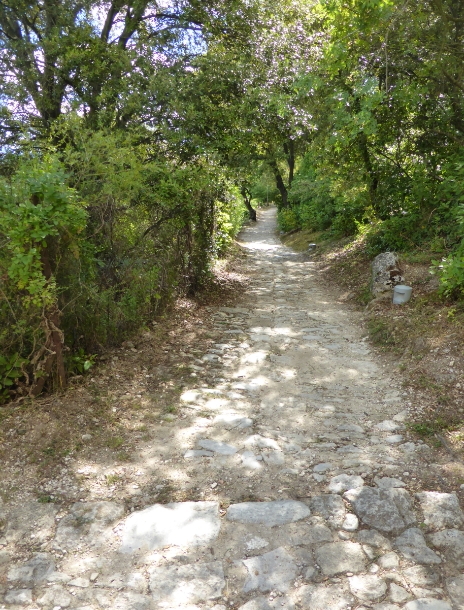
The other paths of Opèdde
Look at the common paths to the top of Opèdde below. These paths does the Moor take The path to the castle of the 4 horsemen: 1986 the
path to the castleof the horsemen and the path they took all back to the citadel. Such paths are in le Opèdde Vieux, but could be elsewhere...
Is it really Opèdde ? Do we see a pillar? I don't recognize the cliffs. I always thought this church was in the back of the riders, but I don't believe it anymore....
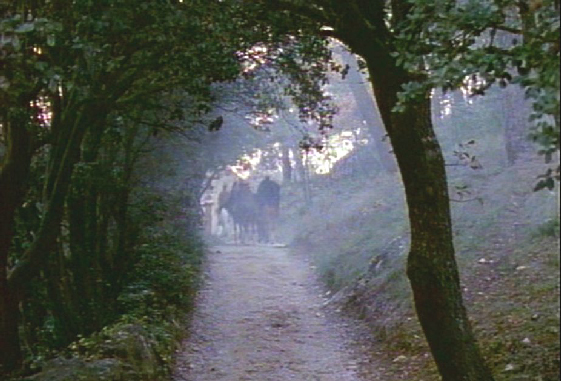
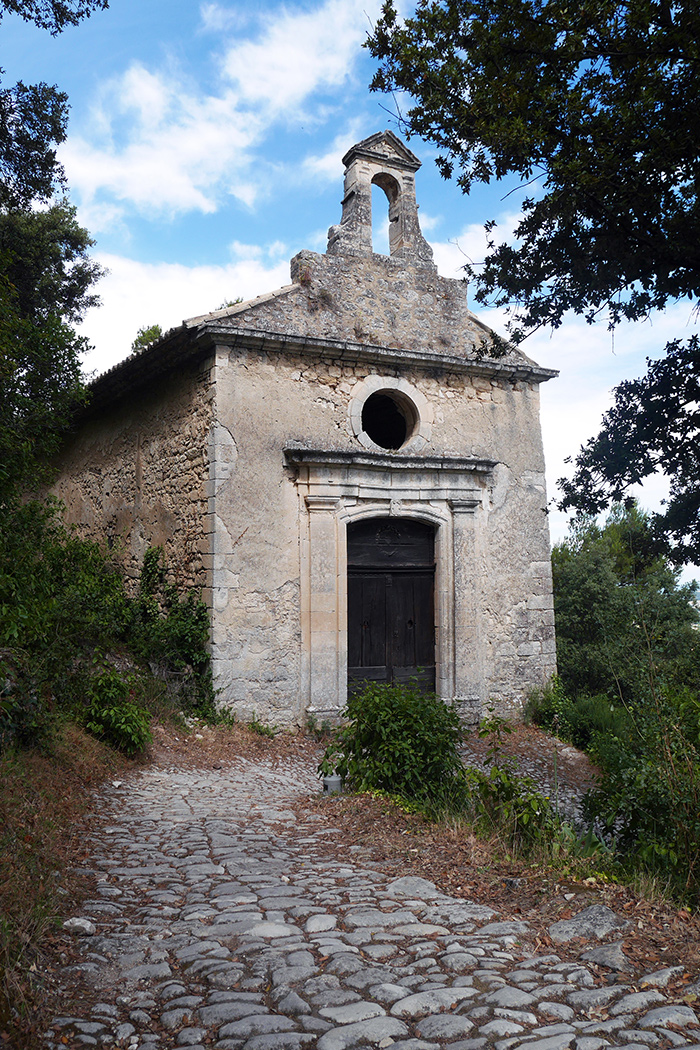
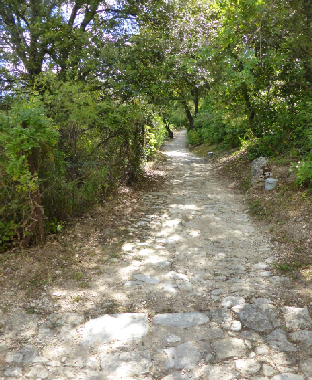
The path up
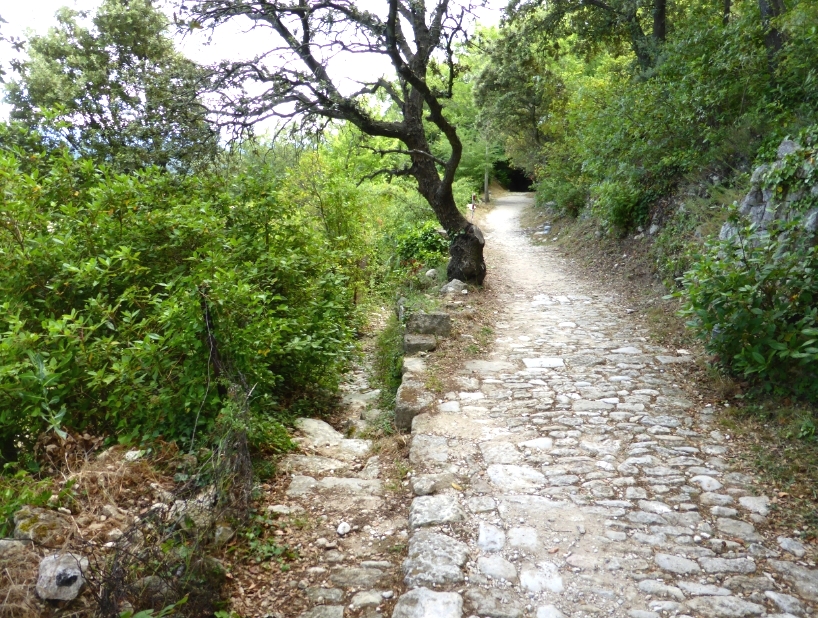
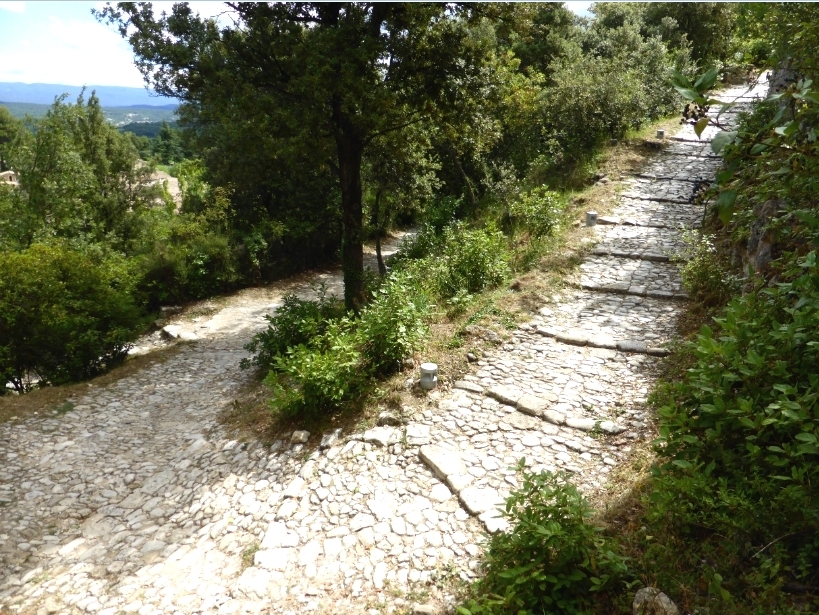
The Pursuit in front of the church
1986 down hill This path is restored, and also the church d'Alidon 2015 up
|
|
|
The Moor walked this path (middle photo) towards the old church (right)
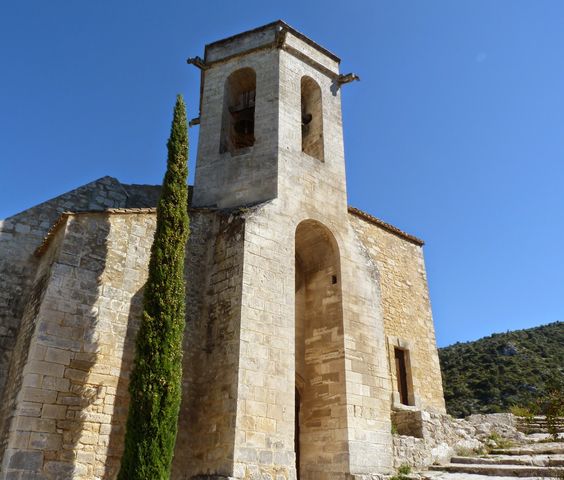
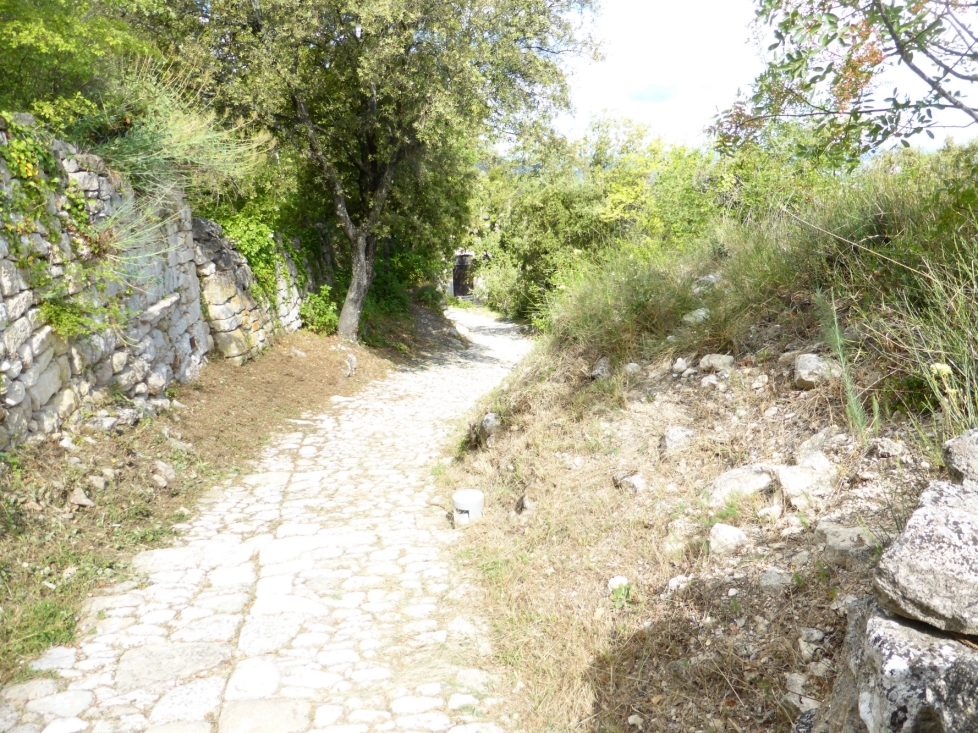
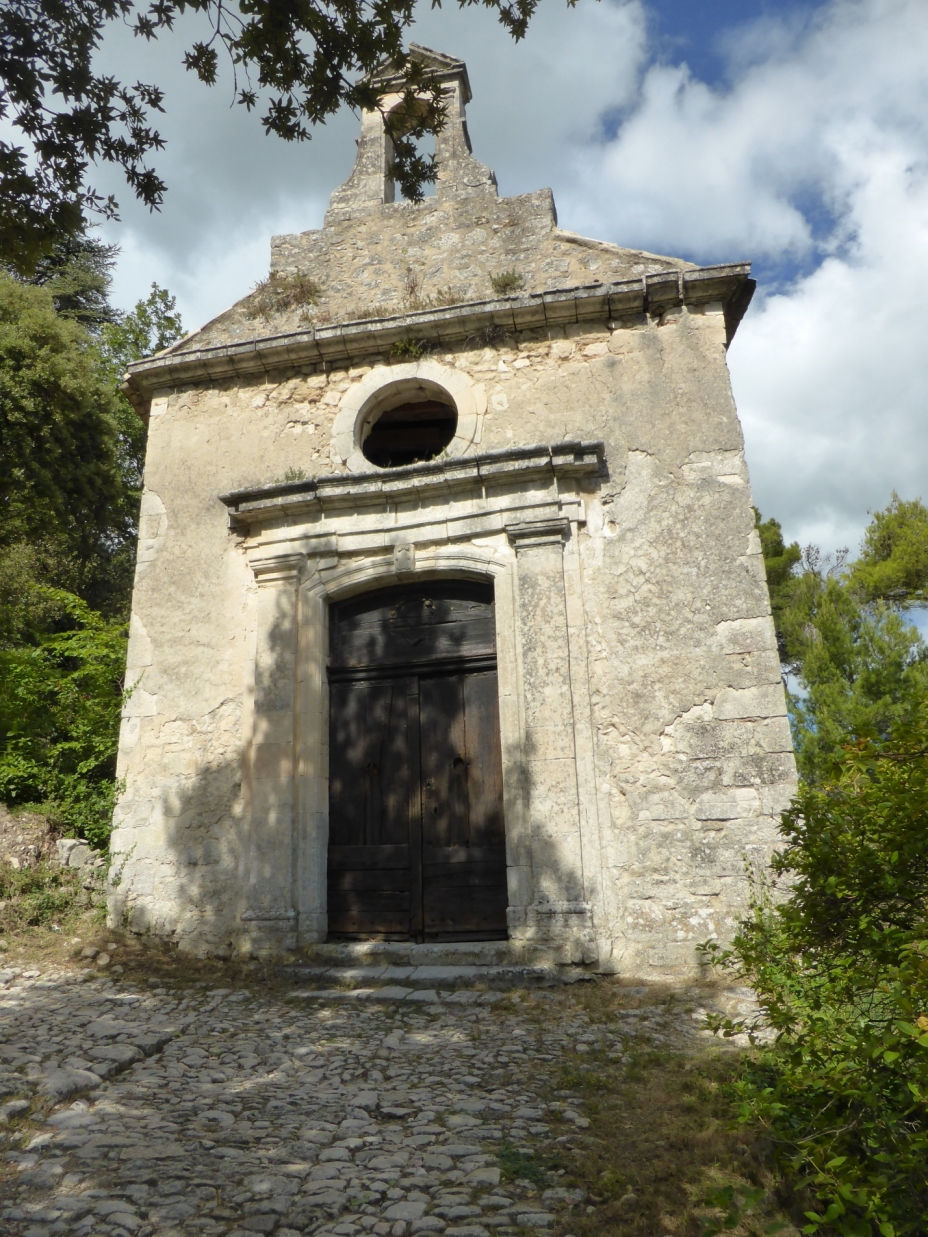
Some nice photos of church d'Alidon and the cross
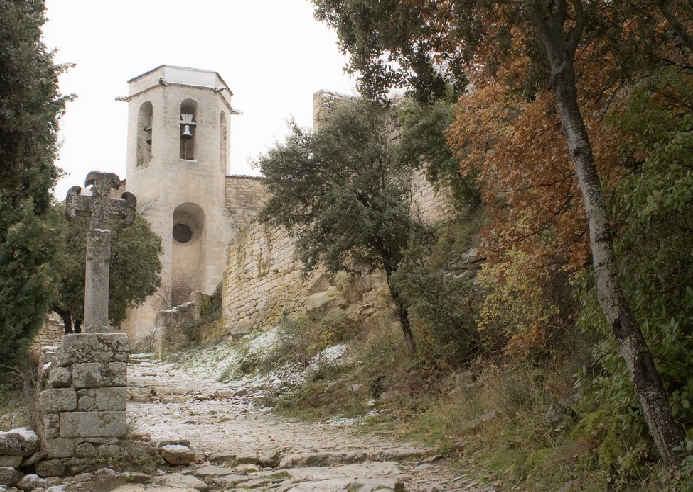
This beautiful area is wonderful in every season
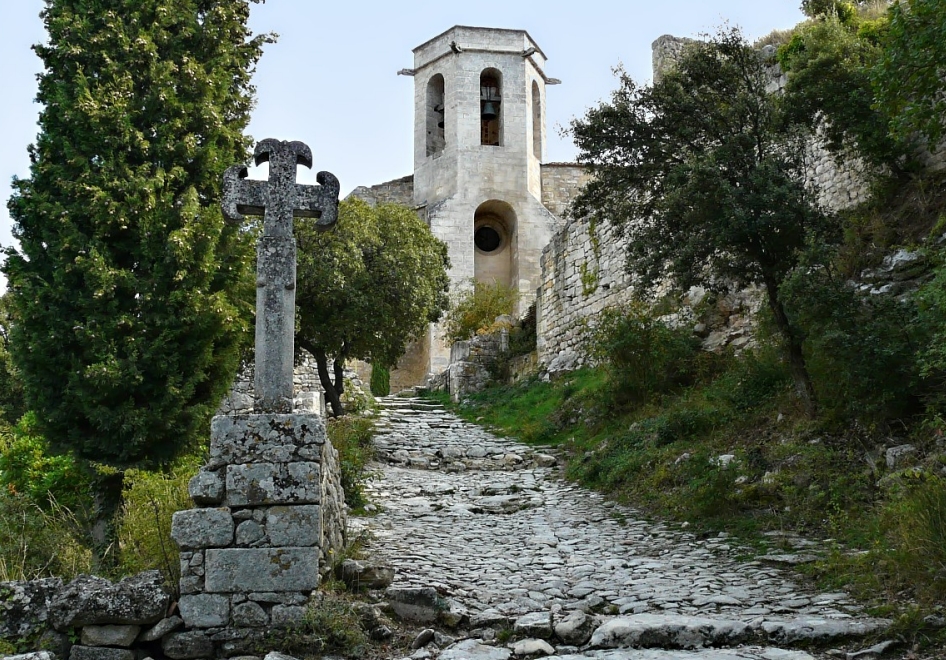
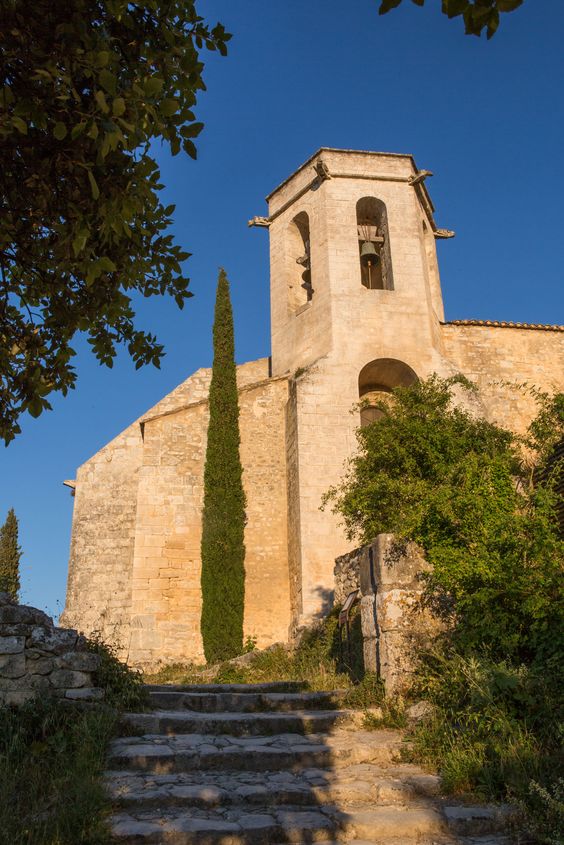
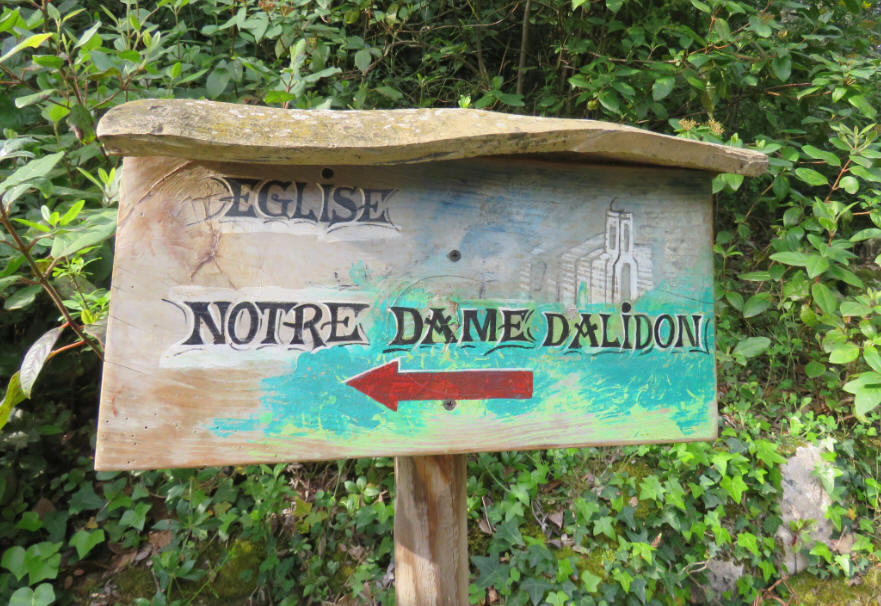
Nice that cypress trees next to it
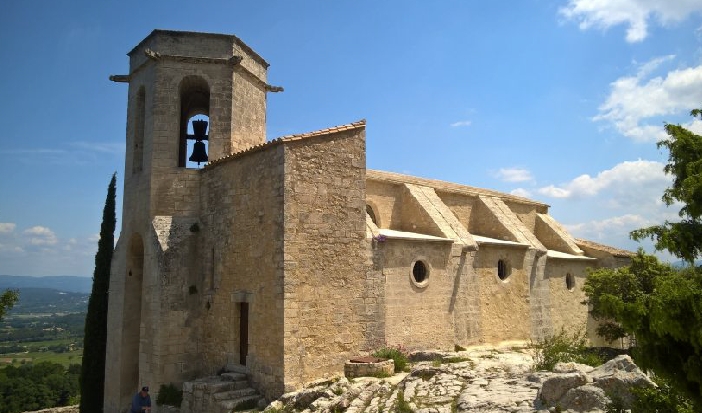
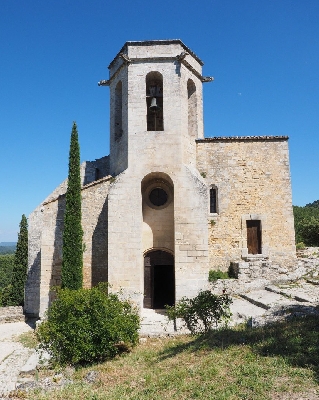
I made almost the same photo and with the mill on it. Mont Ventoux (the white mountain) in the back?
1986 2019
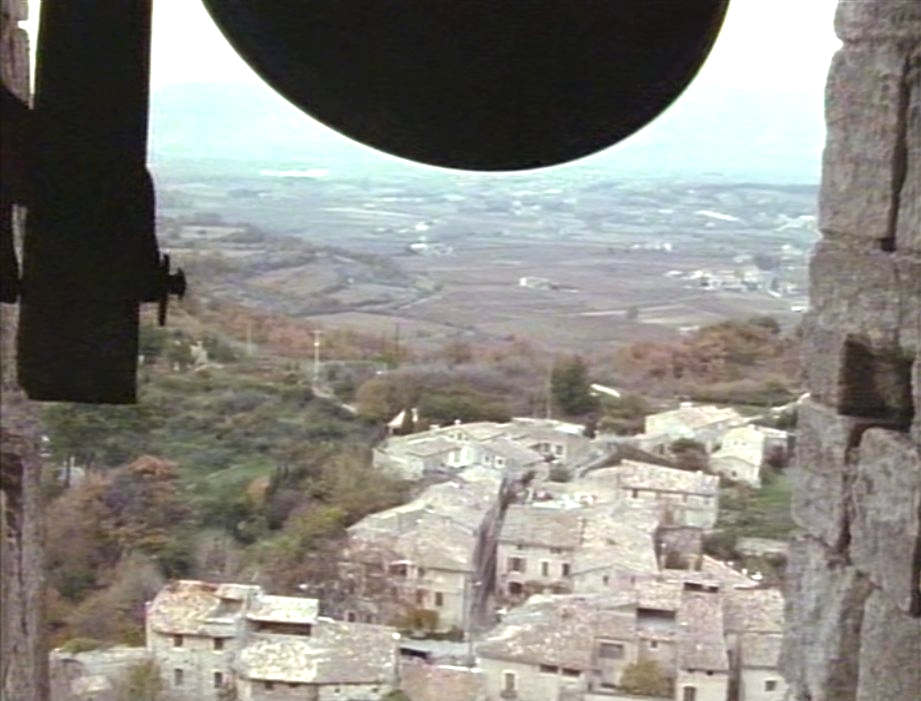
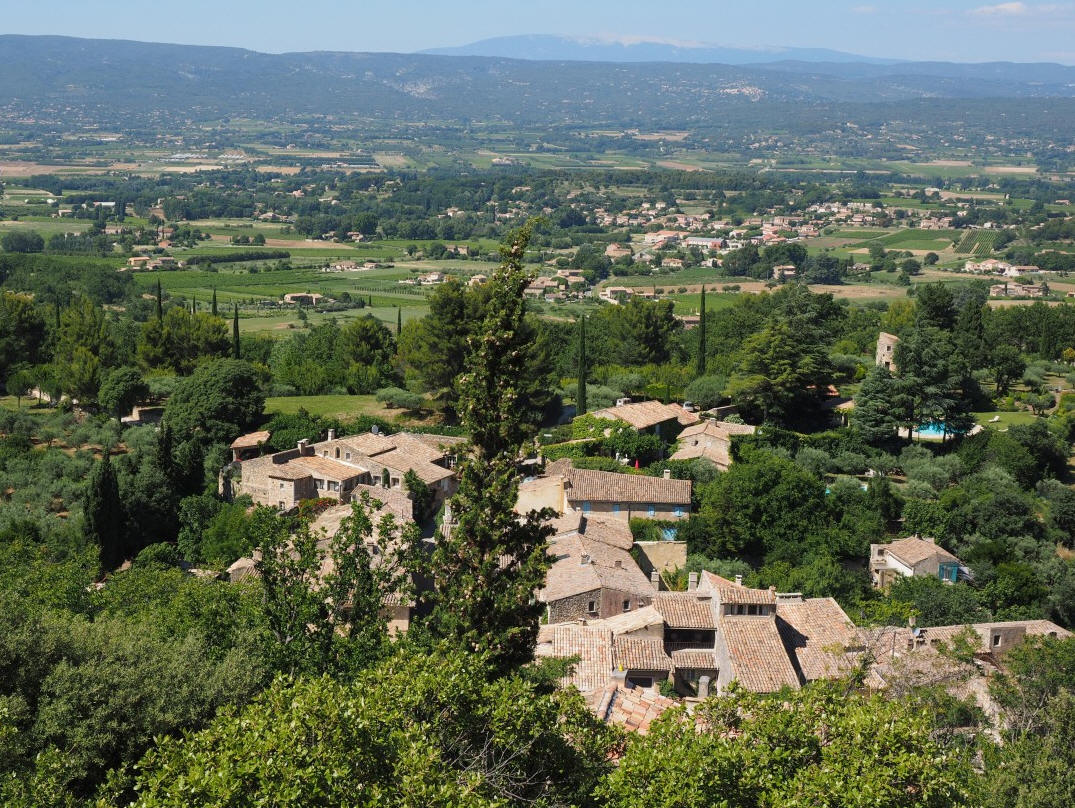
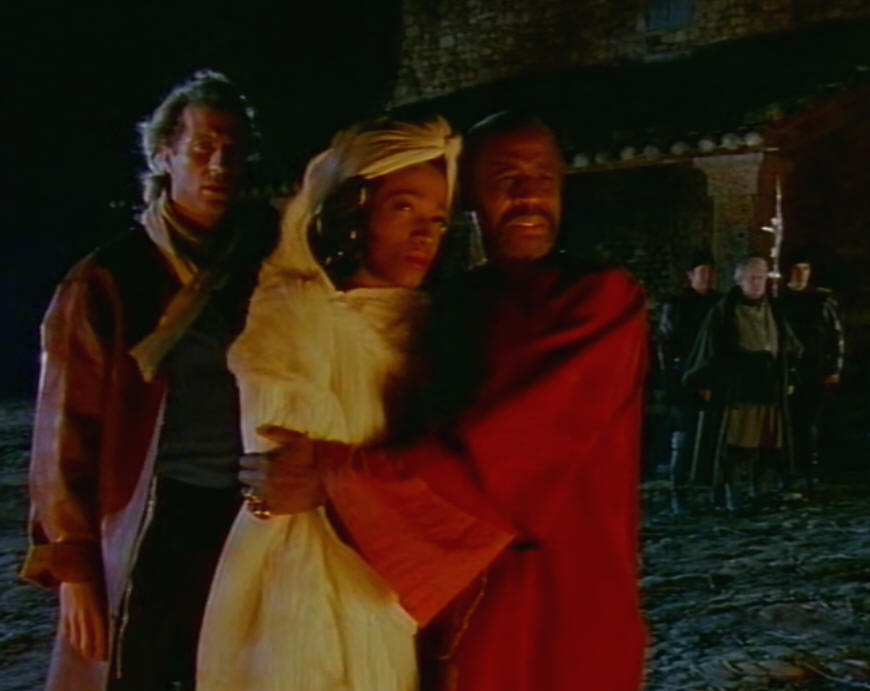
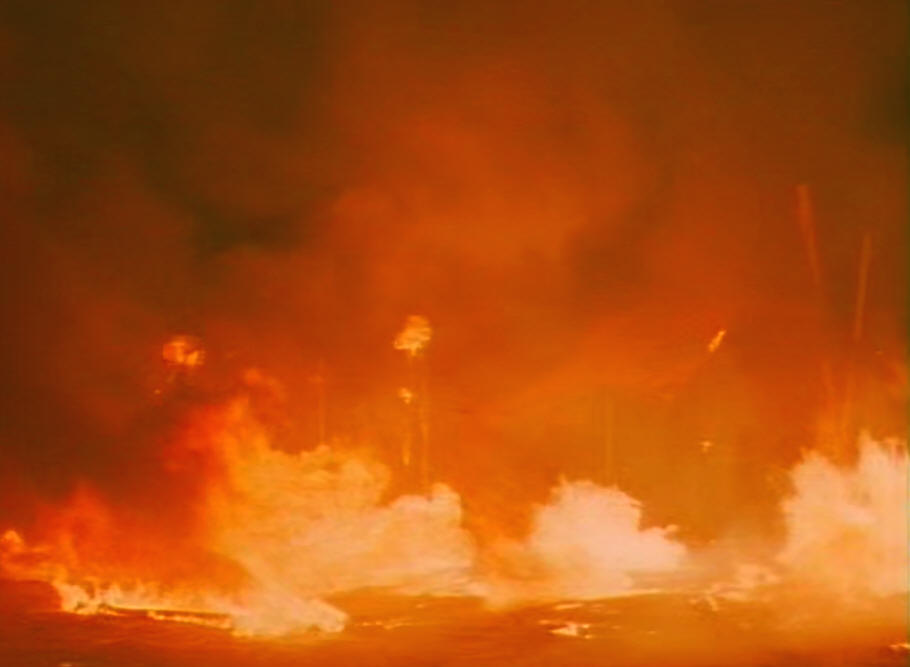
The knife and axe
This scenes was shot in Opèdde le Vieux and the interior in Avignon.
The door (with the Celtic cross on it and where the knife and axe are put in) is situated in Opèdde le Vieux. You don't see them throwing the weapons into the door. In the time Crossbow was filmed
the church was almost destroyed. They couldn't film inside this old church so they filmed the interior scenes in the church of Val de Benediction Villeneuve lès Avignon. Pictures below are in front
of the church on top of Opèdde le Vieux. So this rock has two different exterior shots. It's kind of chaotic but true. The shot of the ruin on the rock (on their way to the 4 horsemen)
But more confusion! Right below the church door of Chartreuse du Benediction in Villeneuve les Avignon. l'Eglise d'Alidon was damaged so they needed to enter the different space with huge door too,
see below. It's well shot so you don't see it happen when they enter St. Mary's church, Chartreuse de Avignon. Such a beautiful ancient door. The door is sheltered by the pillars so I hope It will be there
for a long time! l'Eglise d'Alidon was in a bad condition around 1986 and is nowadays restored, also the path to the church is renovated and they are still busy with it (2019). The church is
also a small museum for archeological finds of the area.
1986 1986 2015
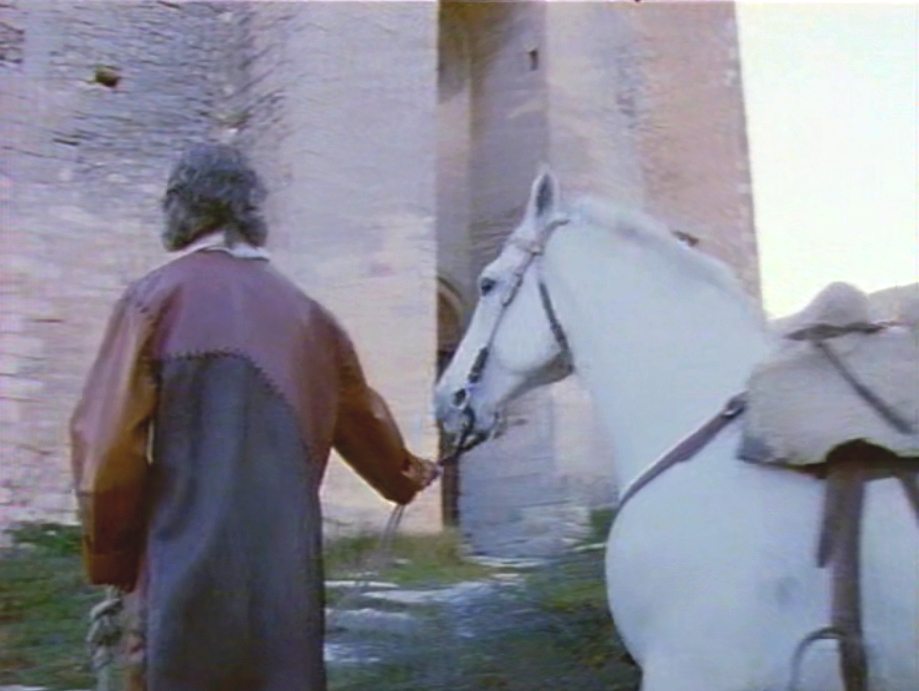
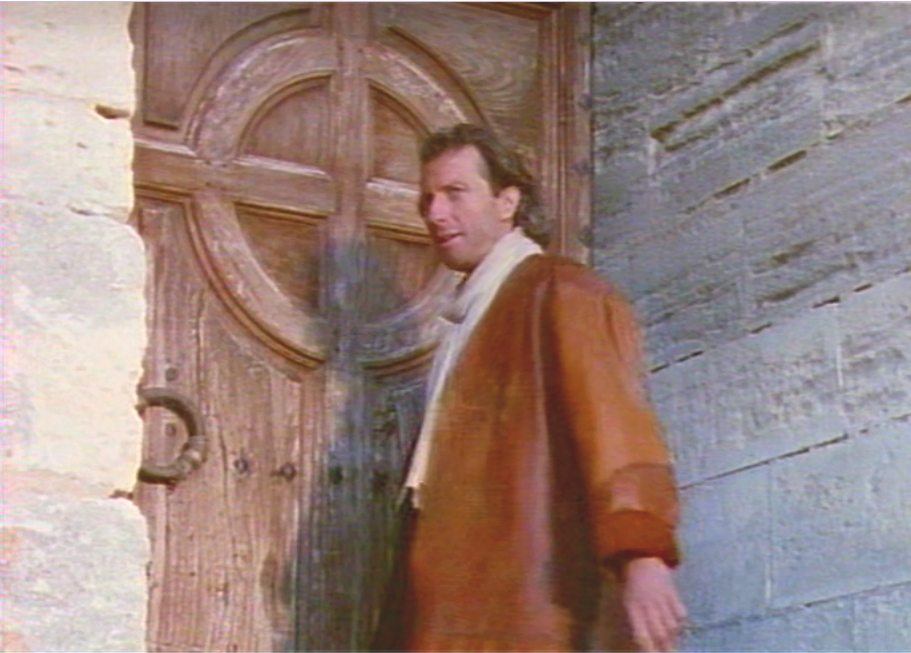
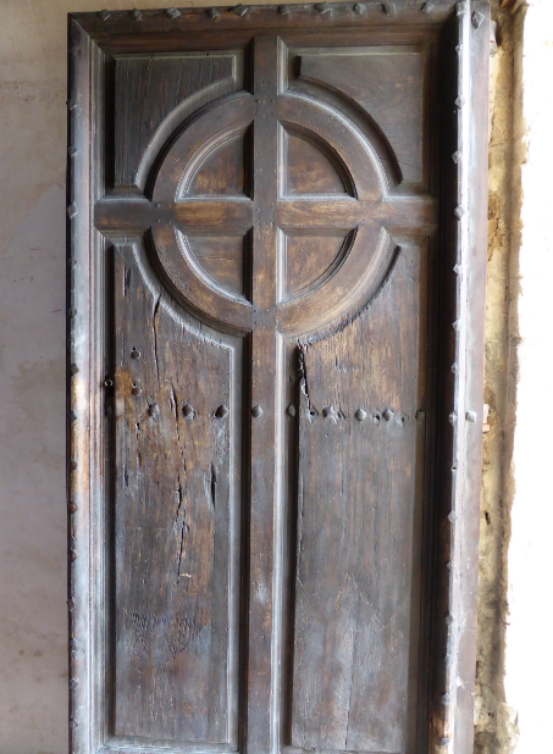
2019 1986 thankfully they used the natural carves Also a door with relief, but you only see it from the back
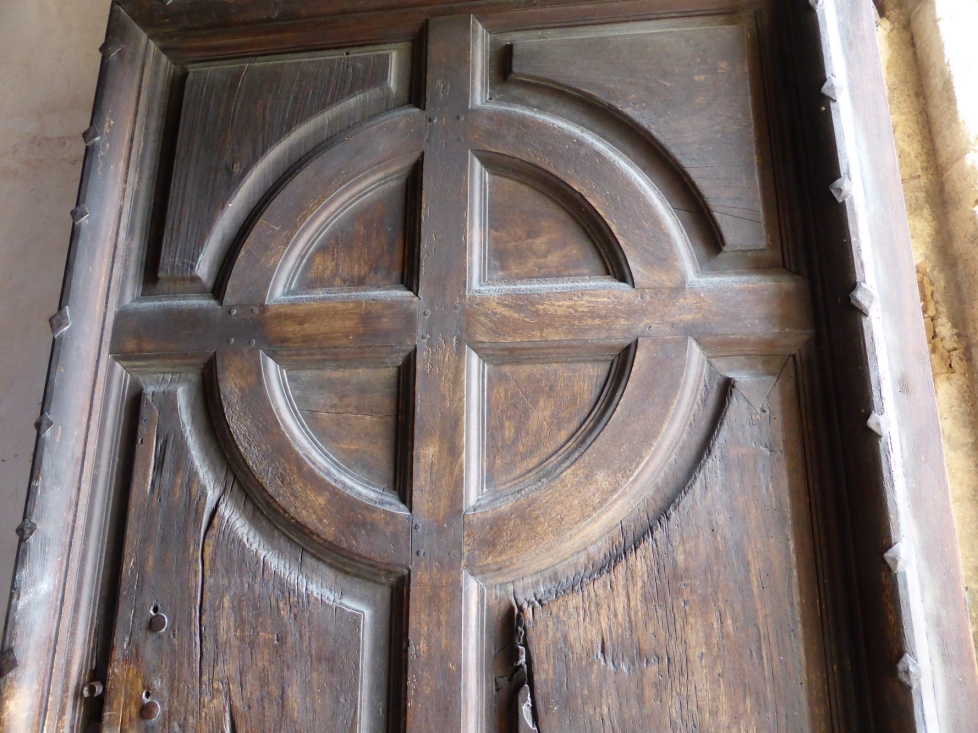
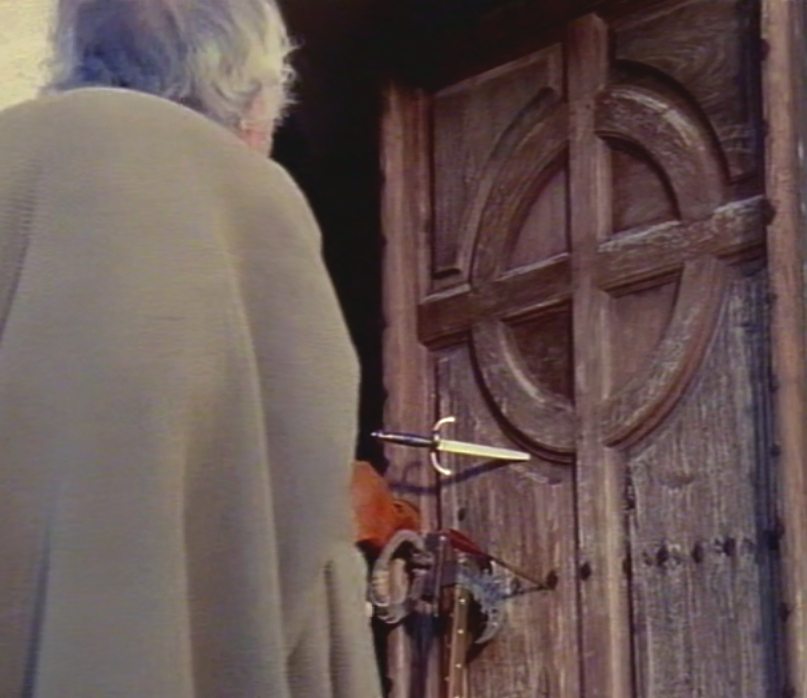
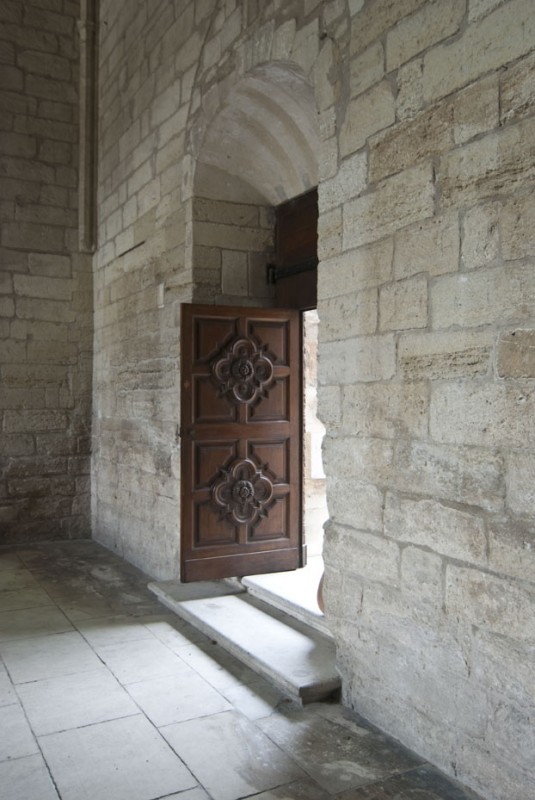
The photo we took in 2015. They put the knives and axe in the natural holes of the wood. The same wood carves are still there. Middle below is taken by us in 2015, since Crossbow they
restored the pillar walls next the door also the interior and the path to the church (4 photo rows lower you can see the other back and front of the other door, the door of St Mar's church). Nobody will notice...
1986 2015
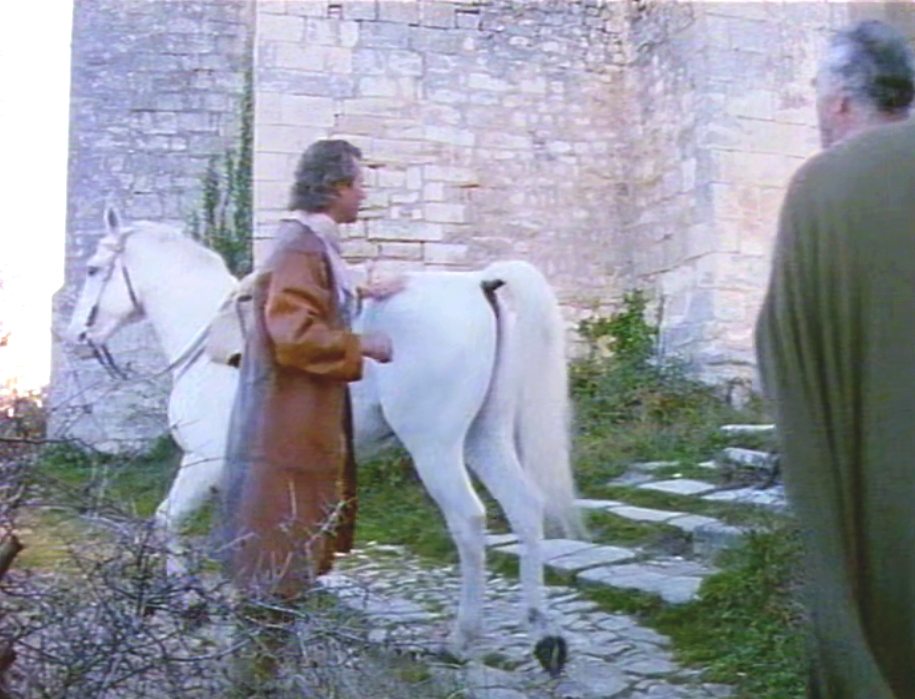
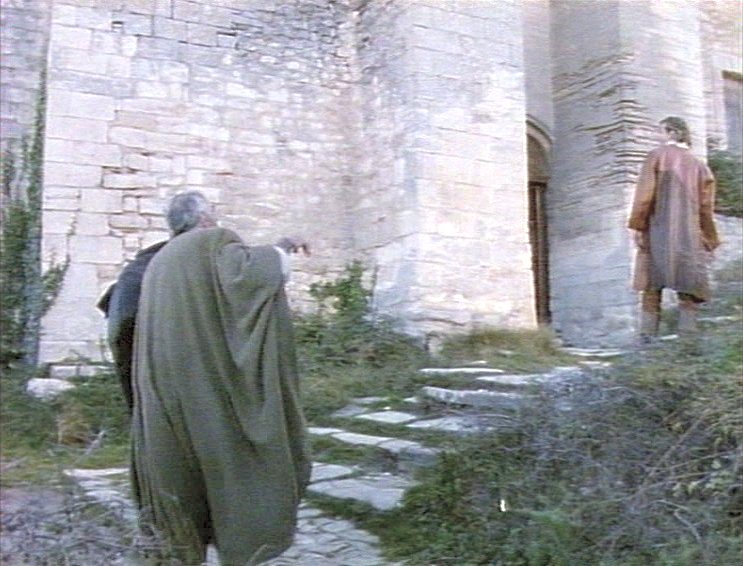

St. Mary's church Villeneuve-Lès-Avignon
Below: You see eglise Chartreuse de Benediction in Avignon. Here you see the door from the inside and the door from the front. It's suddenly changed from
Notre Dame d'Alidon to eglise Chartreuse in Villeneuve-Lès-Avignon. Notre Dame d'Alidon was around 1986 to much damaged.
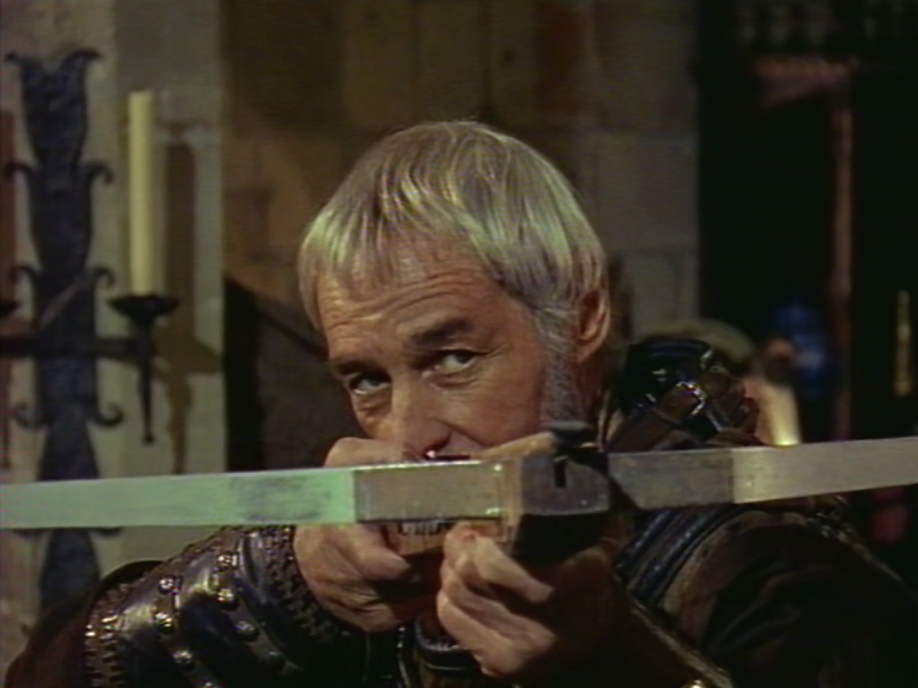
1986 2014 The door from the outside they hide away in Crossbow
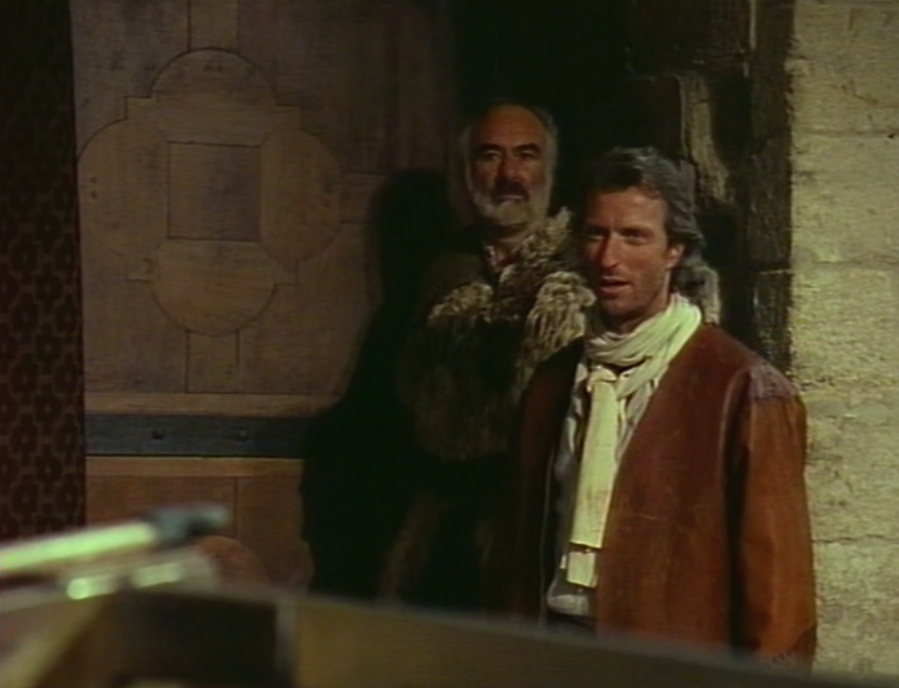
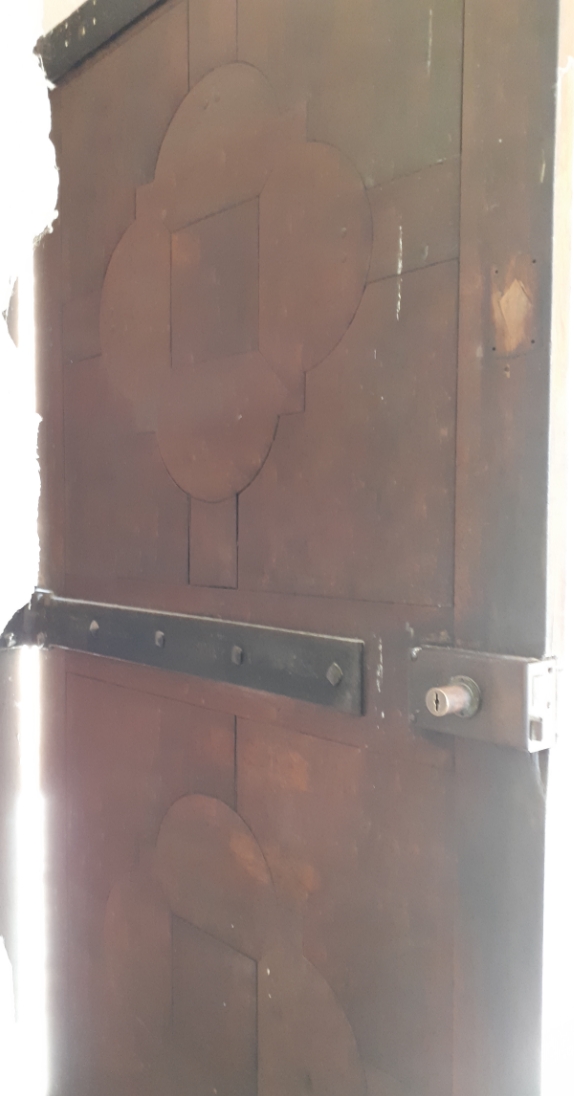

So they filmed the exterior of the church and the exterior side of the door In Opedde le Vieux! The interior and inside of the door of the church of the Charterhouse in Villeneuve les Avignon.
1986 Such a great door!! 2019

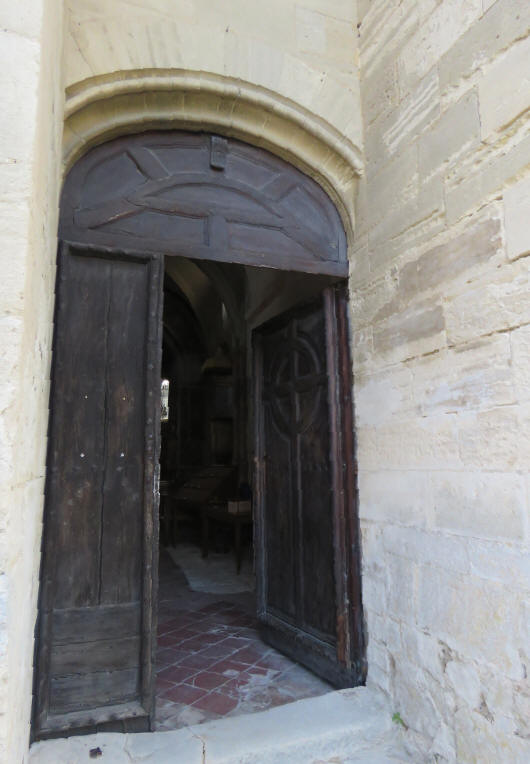
St. Mary's church in Villeneuve les Avignon
They step into the St. Mary's church of Villeneuve-Lès-Avignon (number 6 and 7 on the map), the exterior is in Oppedde le Vieux, a different door with a cross.
1986 2014 1986
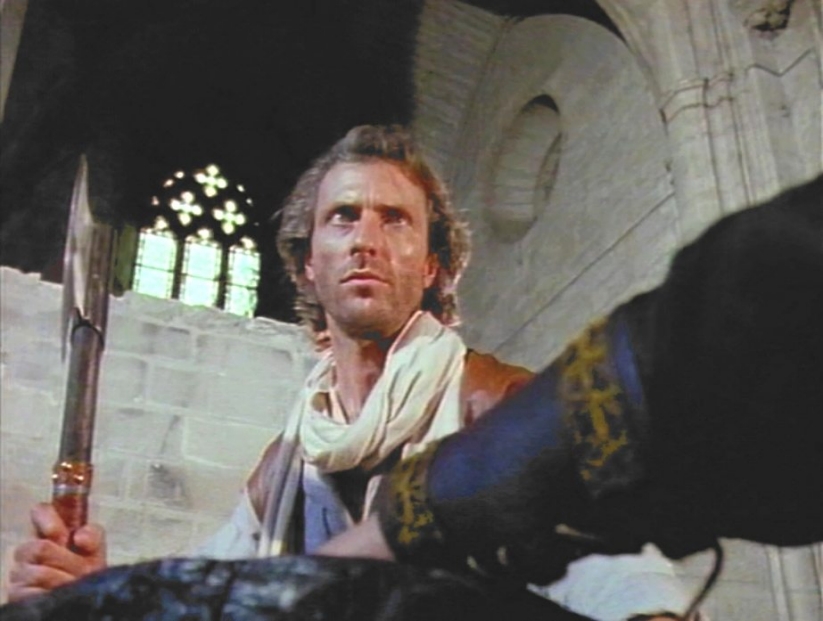
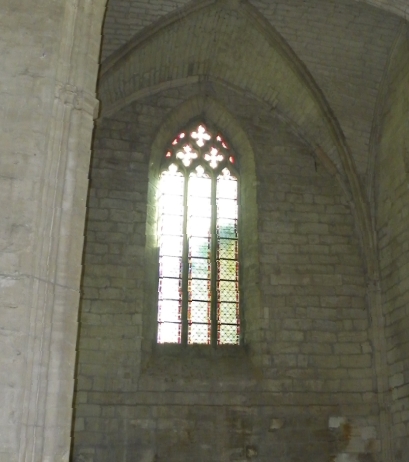
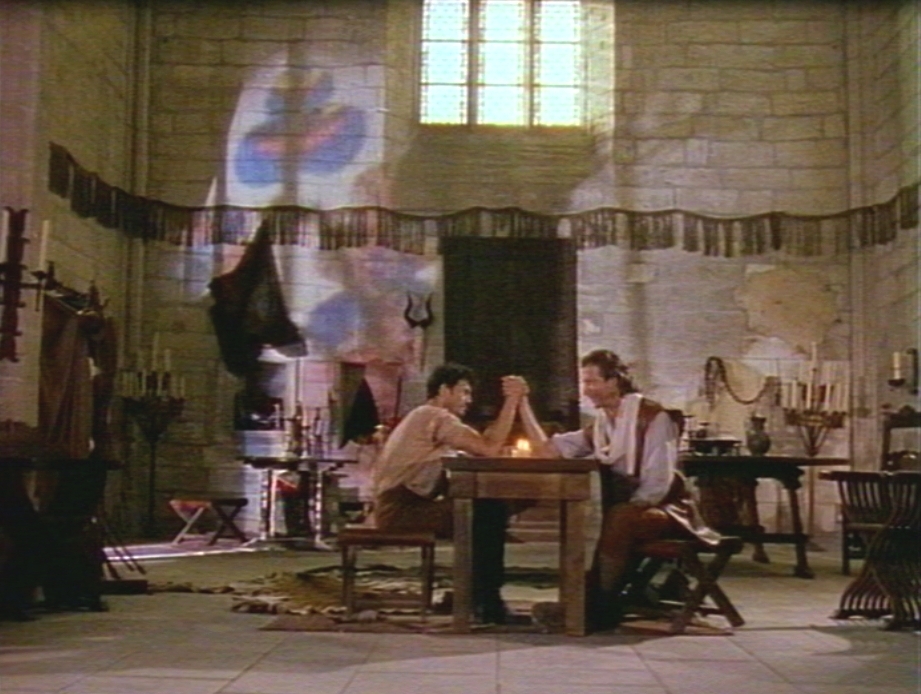
Tell has to prove he can be trusted but in fact they can not be trusted. Tell comes through and sees them through. They go and ride with him to the citadel.
1986 St. Mary's church (photo left and middle). (Crossbow did the shots in this church finally) 2018
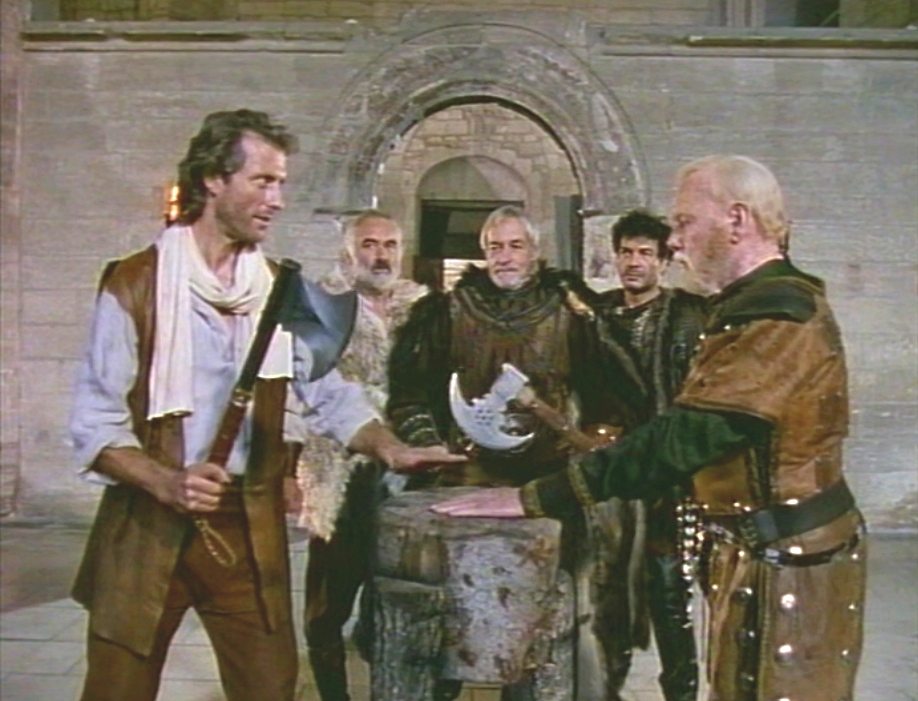
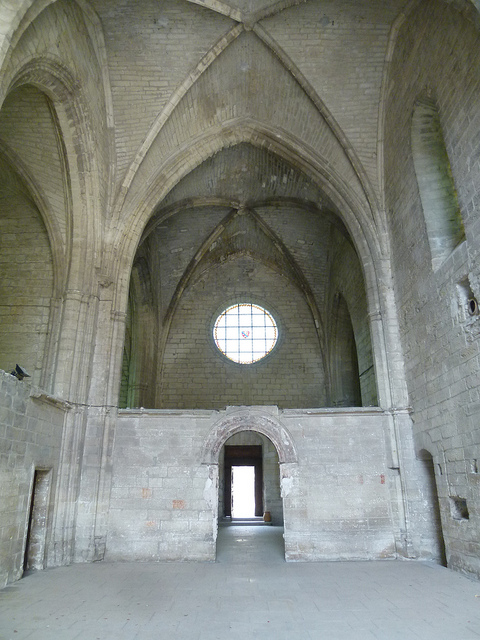
1986 And another camera point in this church in Avignon 2018
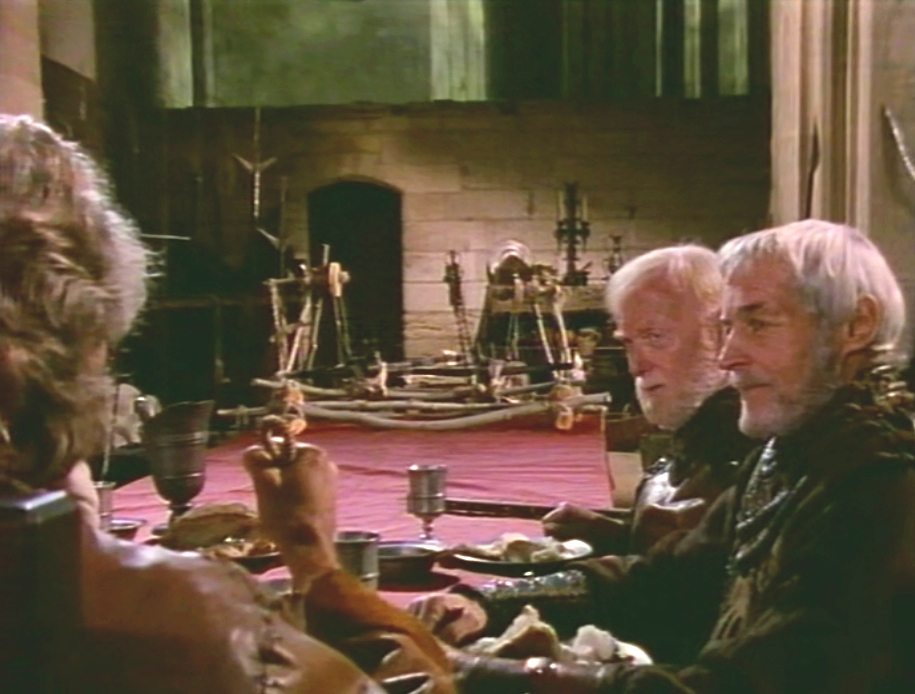
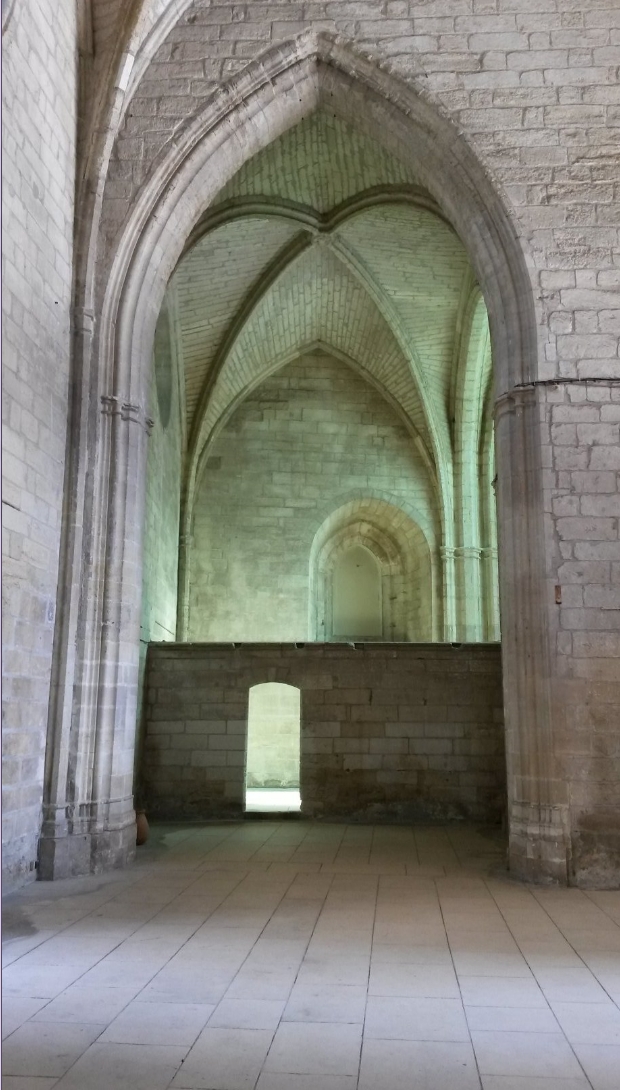
The church d 'Alidon at Opedde
They couldn't film in this church. At 2016 it is almost renovated, but around 1987 it was ruined. The church is open.After the restoration of the exterior, the interior is now on the agenda.
A visitor whom was happy it's finally open to visit wrote:"Thanks to artists mobilized each year by Michel Lebb, to raise funds for summer concerts in Oppède, and volunteers like Jean-Marie
Maquaire, who receives the visitors in the church and gives explanations with competence and passion." The picture on the right: this is the restored interior of eglise d'Alidon in Opèdde.
Eglise d'Alidon before, during Crossbow Eglise d'Alidon 2019
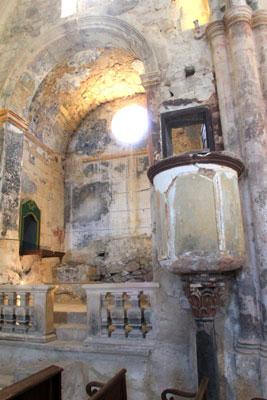
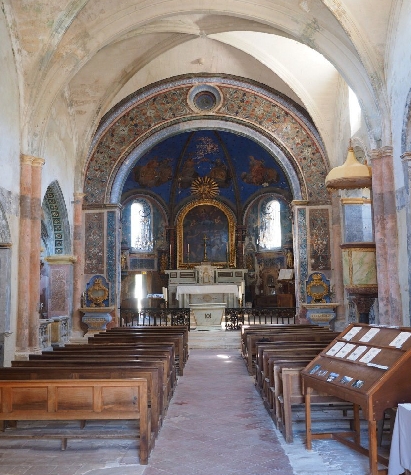
See the difference
Before restoration and after (note the photographer stood on another spot, the easiest way to orient yourself is the way through the pulpit and the stairs). The castle of the four horsemen
is in Opedde le Vieux, ancient town, on top of the hill. They shot the the castle from a distance on the rock, they made shot from the front and the shot the beautiful ancient door. They
probably used the natural ancient carves to put the weapons in. The interior you can see below. Crossbow was before restoration so they used the church in Villeneuve les Avignon. More
about this further below. Below not me, These two photos show the transformation, the renovation was realized through donations, among other things. If you visit the church you can
leave a donation. We have of course also done that. The picture doesn't seem to match and that's right. The woman is standing in the right side of the church, under the right dome.
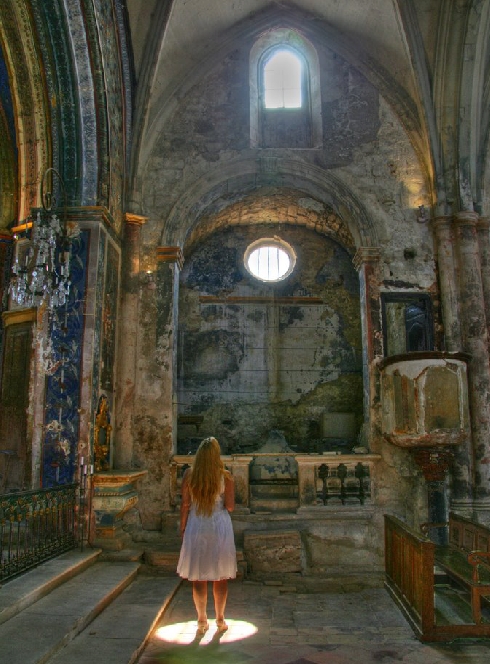
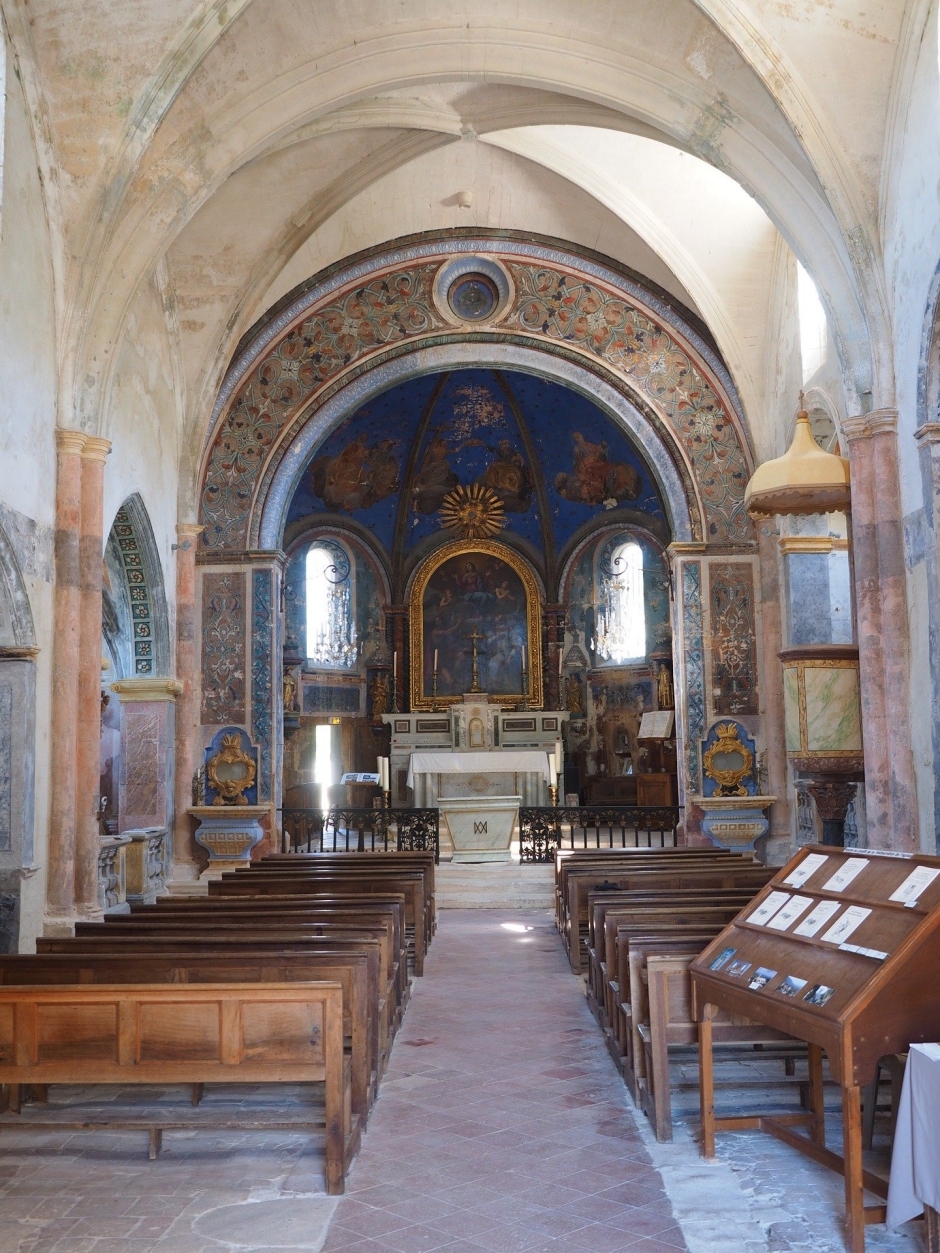
It's pretty big out there
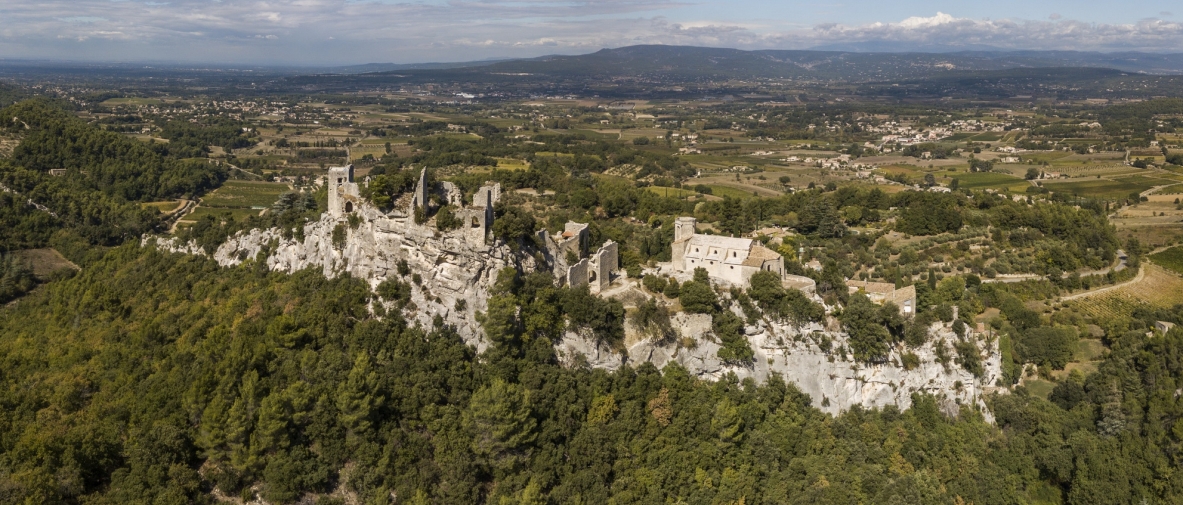
Oppède-le-Vieux is a trip back in time! The houses from the middle ages and the Renaissance, the 12th-century Church, the ruins
of the medieval castle, the washing areas and the chapels of Saint-Laurent and Saint-Antonin together to create a timeless atmosphere.
Mystic town
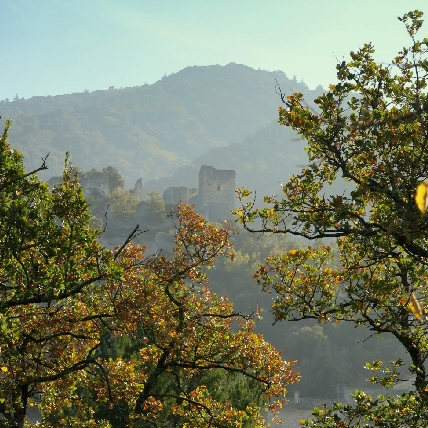
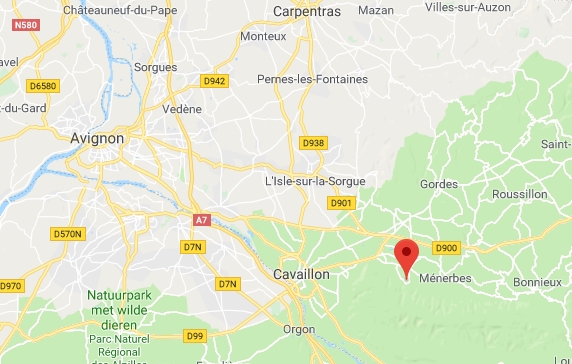
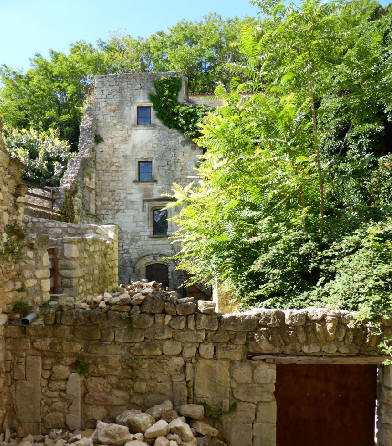
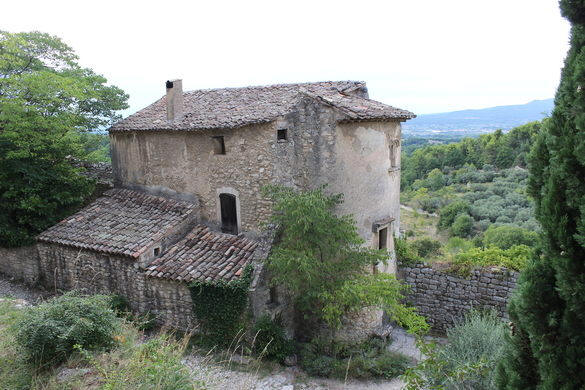

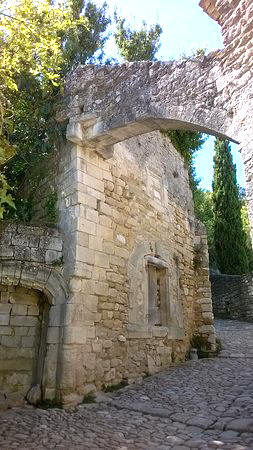
The garden of St. Cecile
The old village is not for cars accessible.
The village is very well preserved, it is accessed from the obligatory parking. On the former agricultural terraces are a car park and garden called St. Cecile. Where grow 80 species of trees,
shrubs and plants of the Luberon. After strolling through the alleys of the old village, you will discover a spectacular ensemble the Church of Our Lady of Alidon and the ruins of the castle.
St. Cecile In the old village
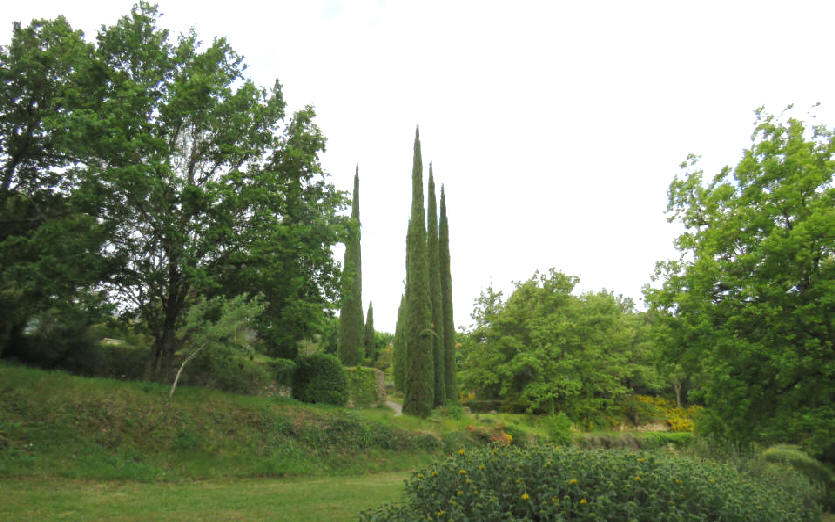
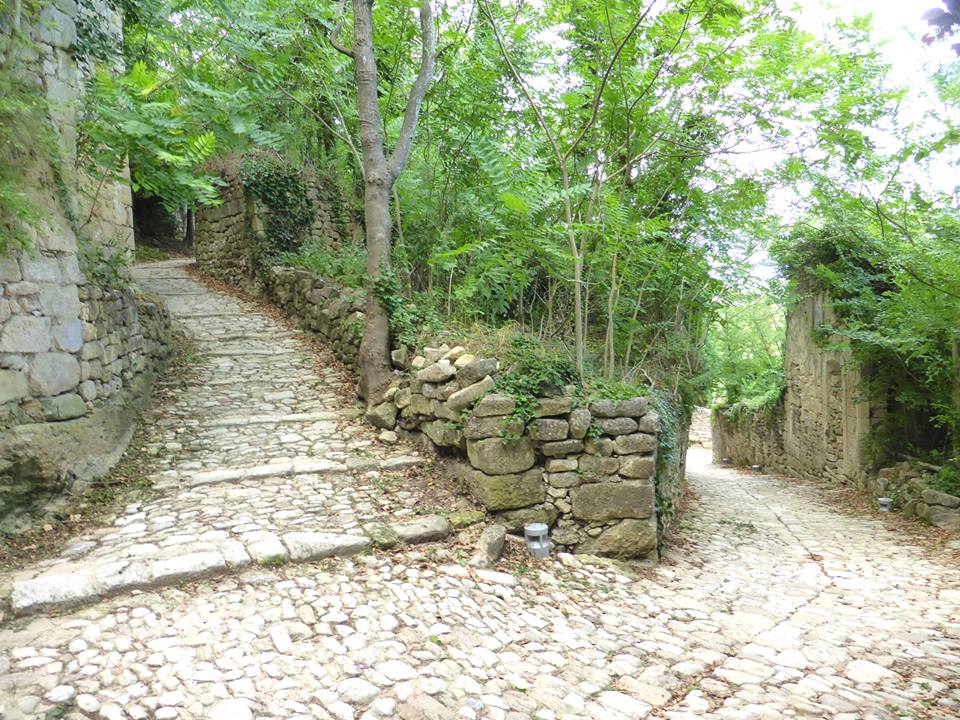
Halfway up the path is the 19th century chapel of Saint-Antonin, up here you can see the whole plain of the Luberon stretched out below you.
'
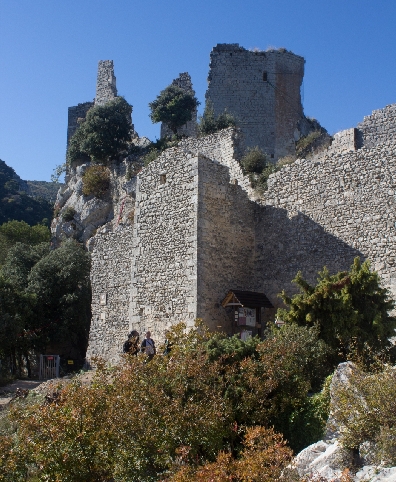
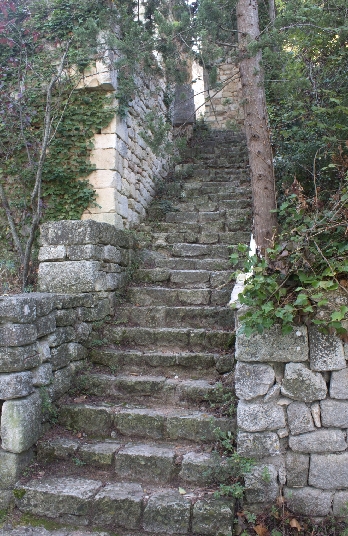
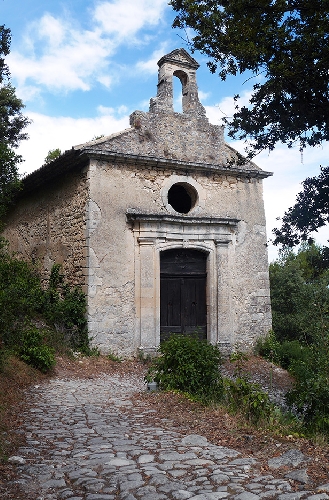
Two photos almost merged
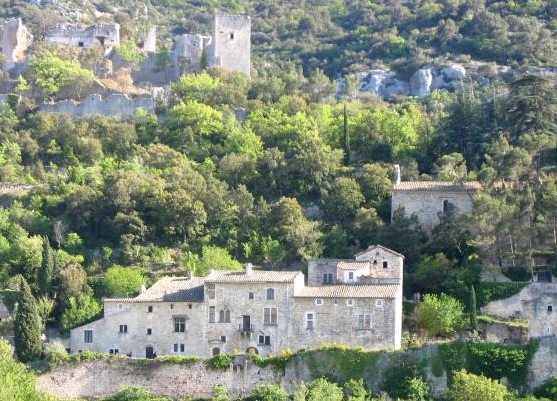
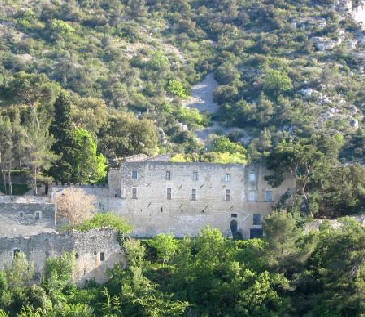
Once upon...
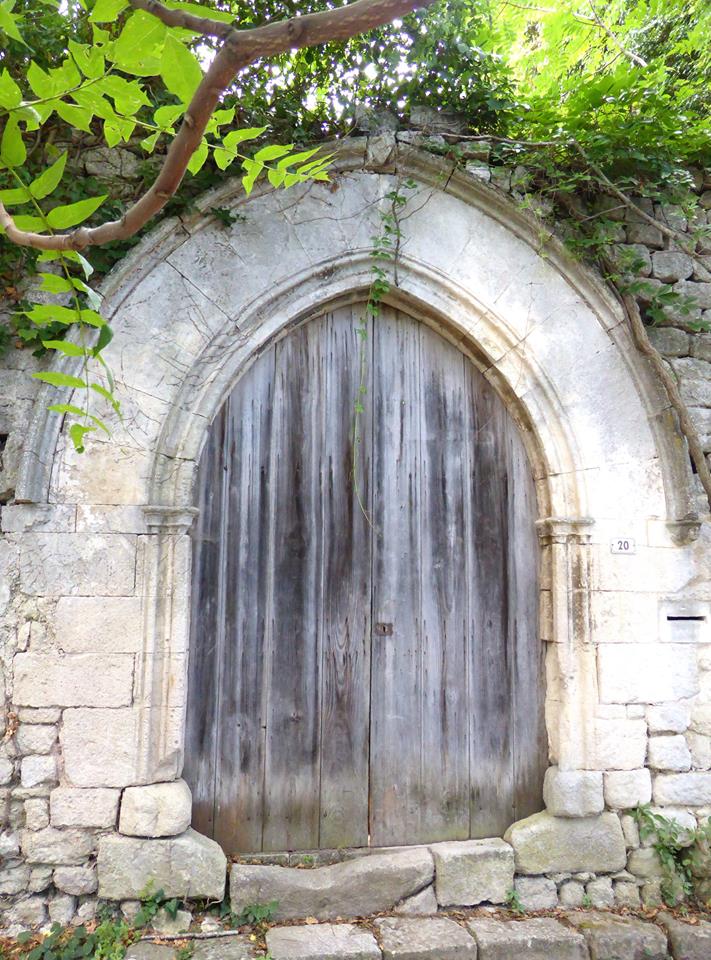
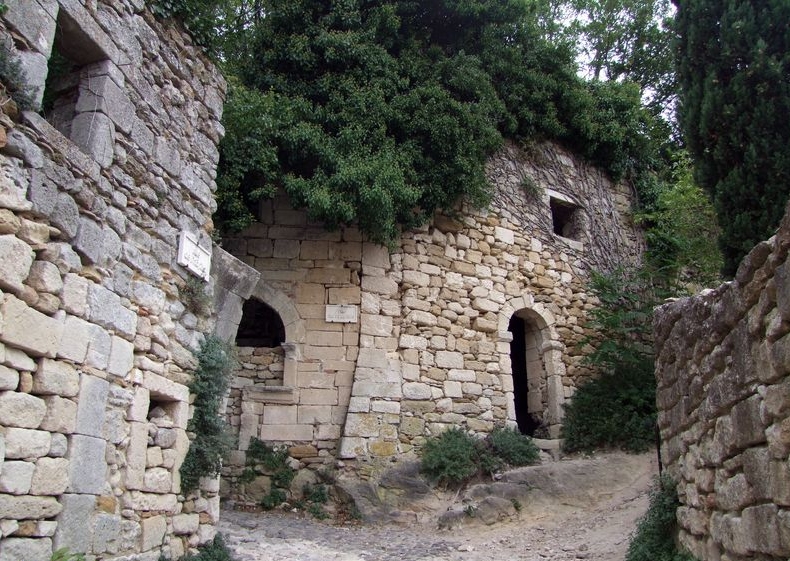
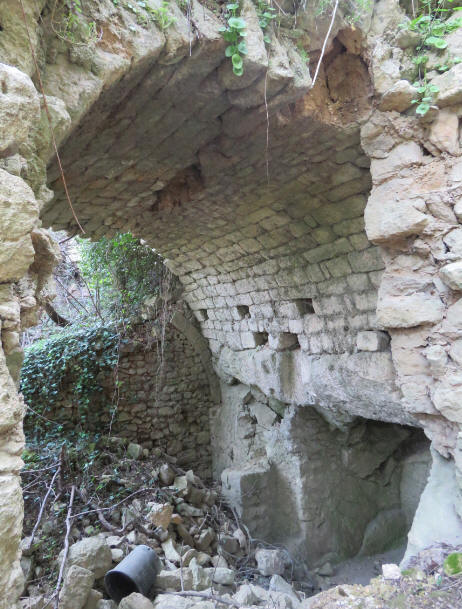
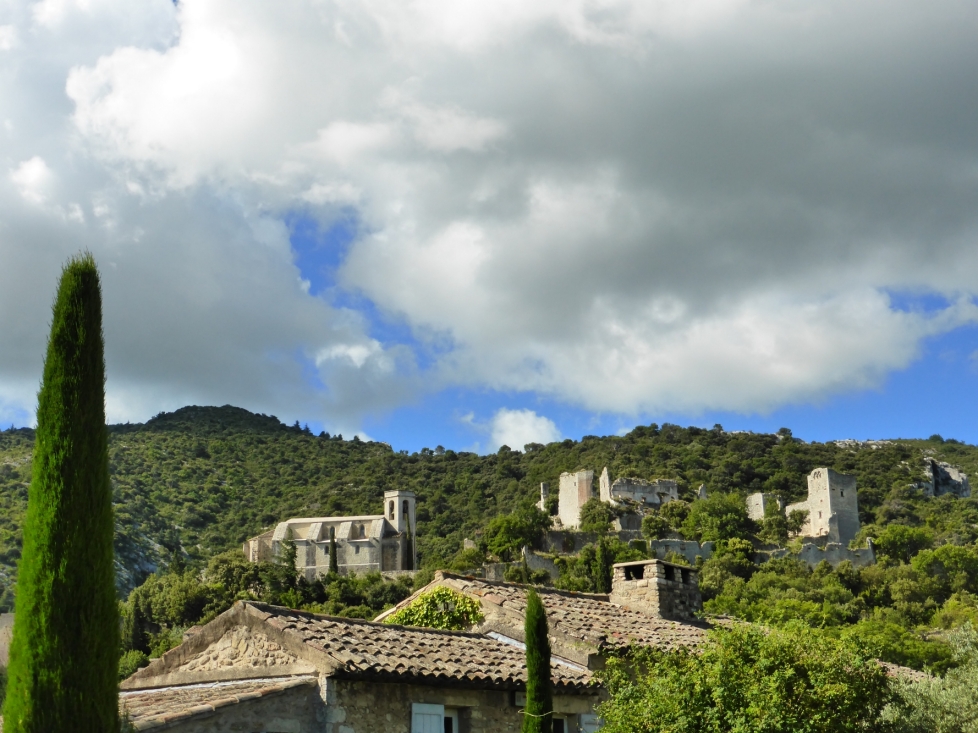
Yes, nice animals can be found here: scorpions and a gecko.
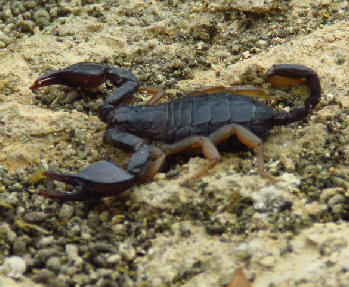
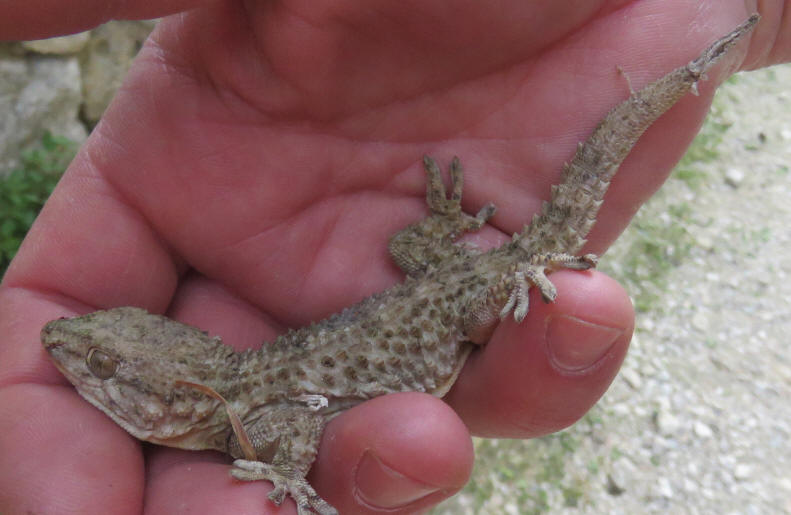
The ruins on top of the old town
The ruins of the castle, just above the church, which is more tumbled than standing, and thoroughly gutted. Turrets are open to the sky, massive stones scattered like dice, but there
are enough details remaining to fire up the imagination about how life was lived here. The castle is precariously balanced, soaring into the sky, with vertical drops straight down
from some walls into the forested gorge far below. Up at the top around the castle there are sheer cliff edges and some time ago there used to be no fences or safety precautions.
Last time I was disappointed I couldn't enter the ruin on my own risk. For small children it could be much too dangerous.
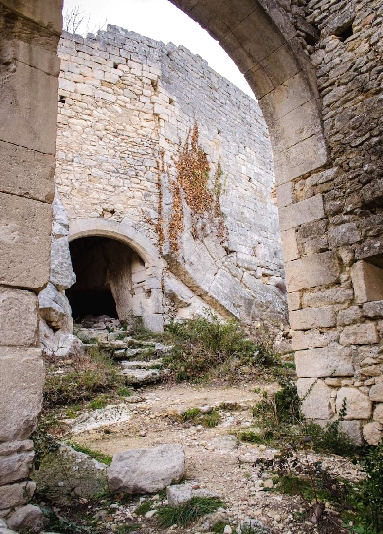
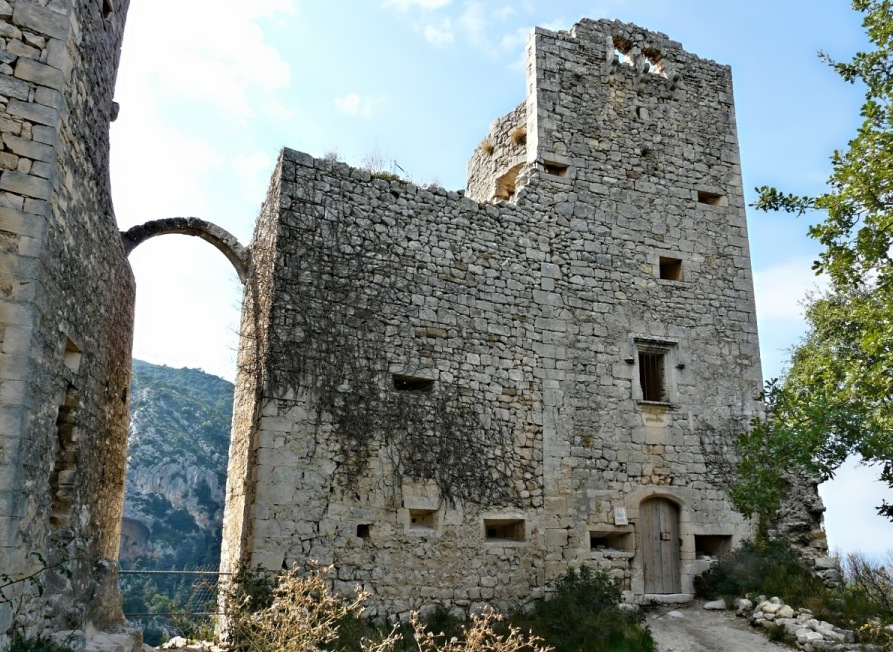
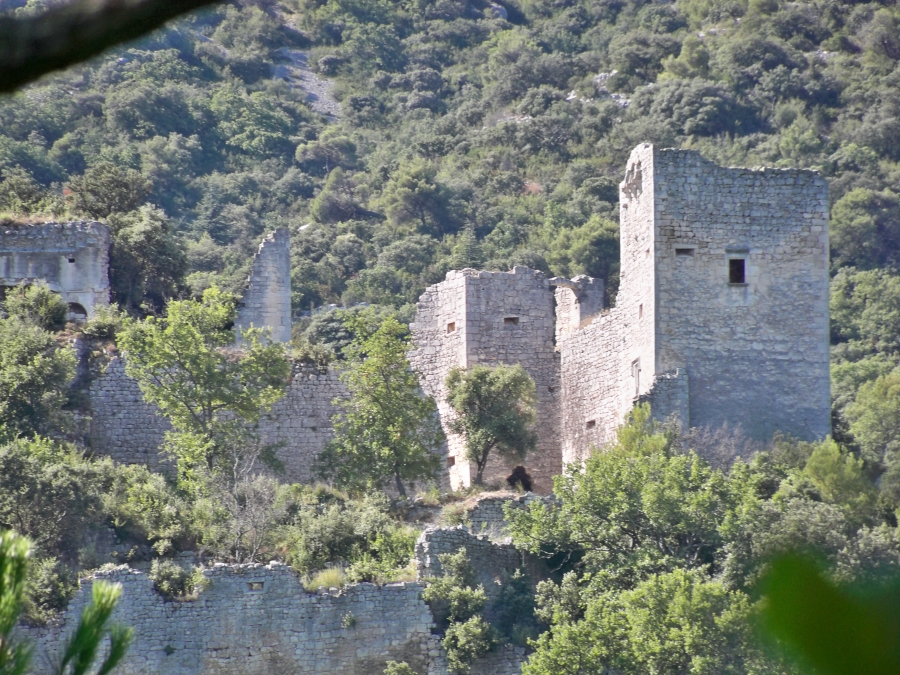
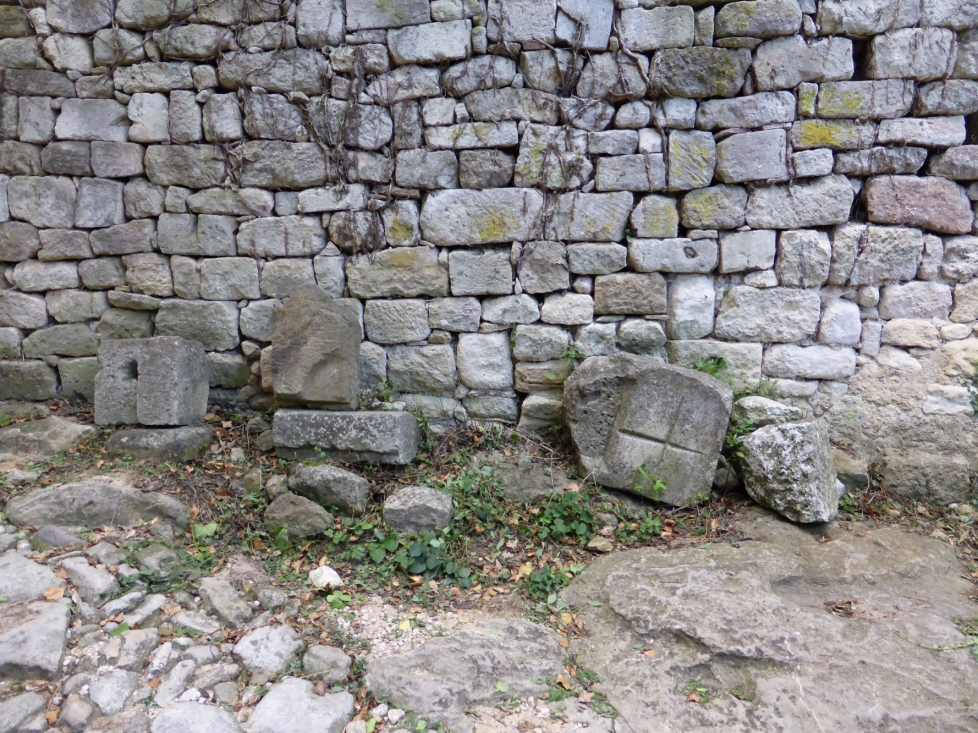
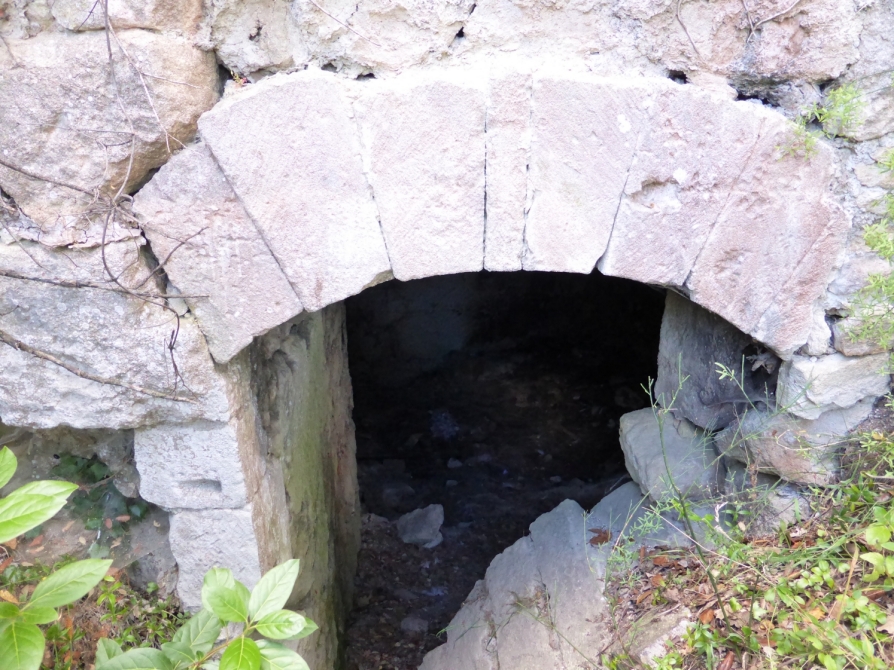
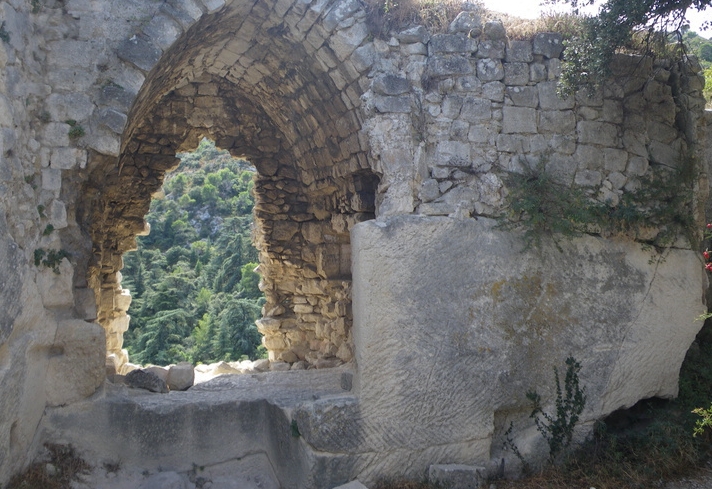
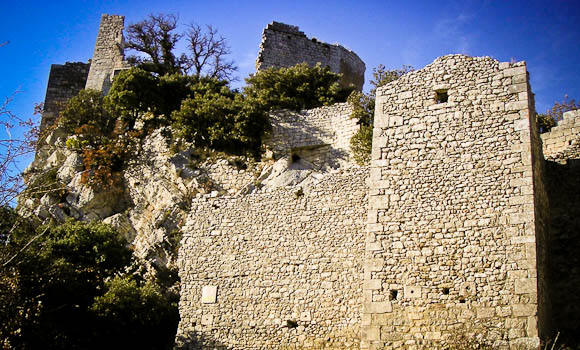
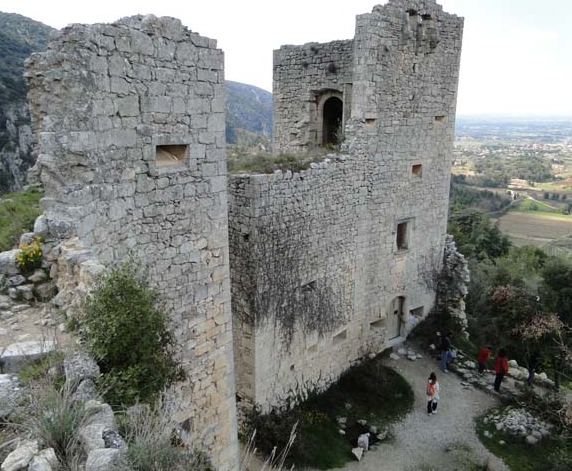
The ruins on the top of the rock of Opèdde le Vieux. Not open to the public in 2015 (and in 2019 still not open): Still too dangerous.
History
Like you can read on top of this site; Oppede is in fact two villages: Oppède-le-Vieux ("the old" in French), built against the Petit Luberon and dating back to the
12th century, and Oppède-les-Poulivets ("nice view" in Provençal), today known as "le village", down in the valley. The old village, built on a rocky hill, has narrow streets.
In winter, the Petit Luberon starts casting its shadow early in the afternoon. Houses beyond the medieval ramparts are dark, humid and tricky to maintain. In the 19th
century, the inhabitants had enough and started to move down in the valley, dismantling the roof of their houses to stop paying property taxes.
By the beginning of the 20th century, Oppède-le-Vieux was a ghost village and a new community was officially established in the valley, with larger streets, cozier houses
and farmers closer to their fields. Following the armistice of June 1940, architect Bernard Zehrfuss founded a commune of artists in the old town, a project that attracted
French sculptor François Stahly and the writer and artist Consuelo de Saint Exupéry. The commune proved short-lived. It was the basis for Saint Exupéry's fictionalized
account, published in 1946, called "Kingdom of the Rocks".
Look at the statue of the woman's face A white Andalusian stallion. A man with a good taste ;)
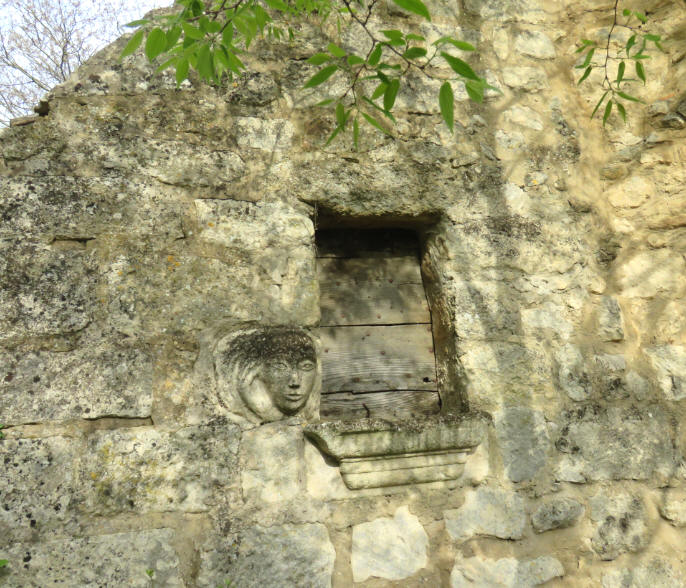
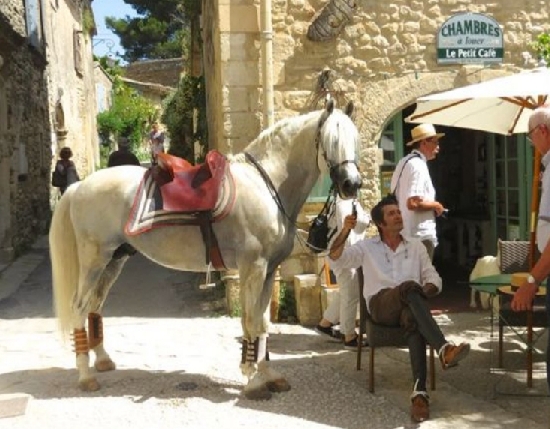
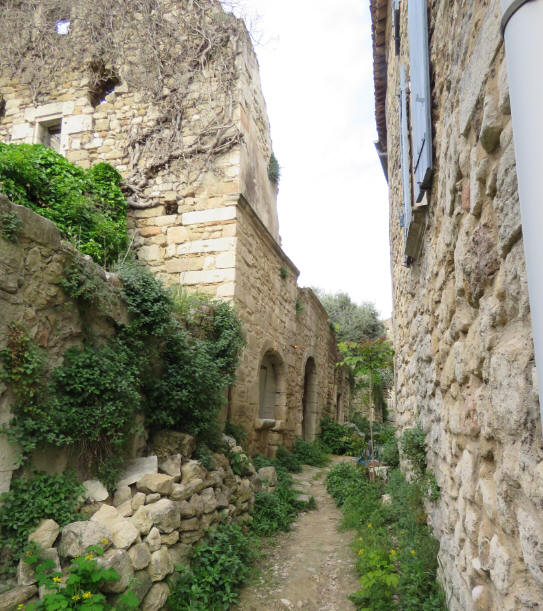
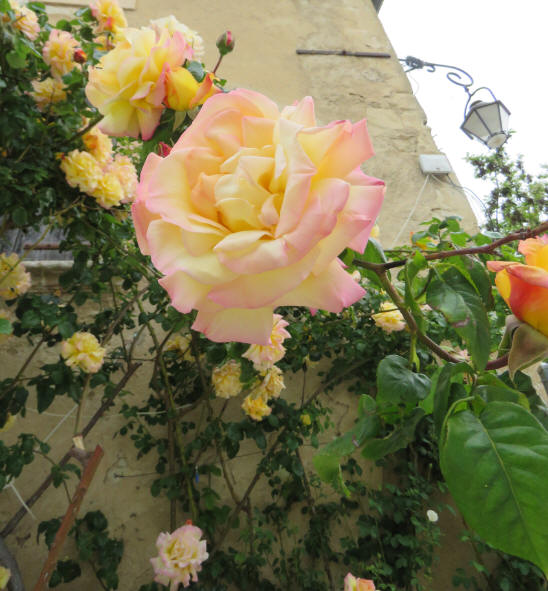
How beautiful it lies up there
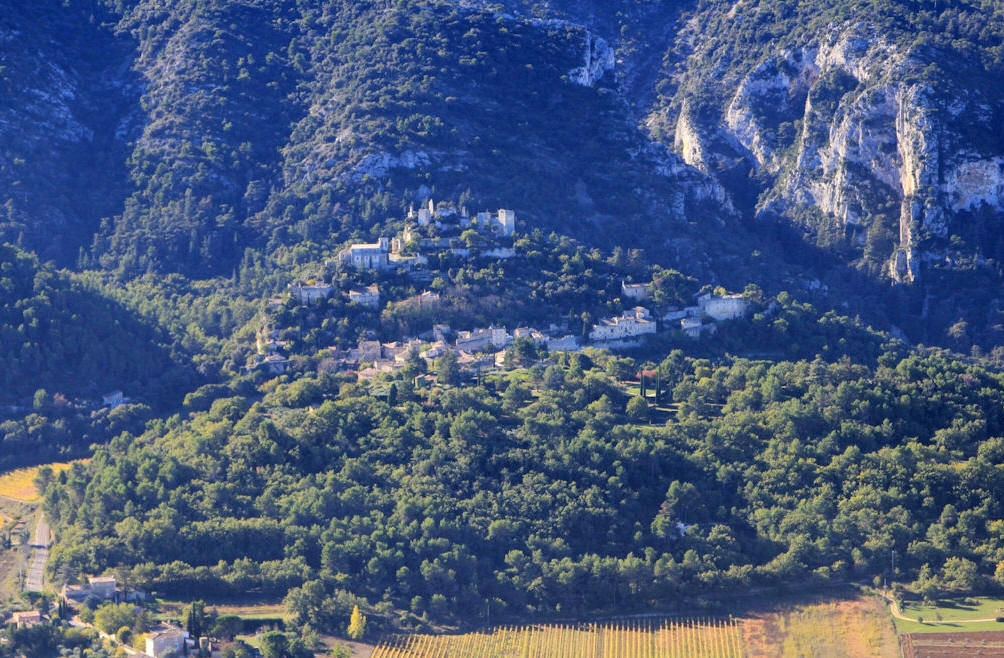
More about Opedde le Vieux
Oppède-le-Vieux is a beautiful little village in Lubéron built on top of a rocky outcrop, invaded by beautiful vegetation with, in the background, a wild setting
of forests, combes and rocks. The climb through the ascending streets up to the top is rewarded with a panoramic view. Cycling and nature trails traversing the
village, an ideal place for a break for a drink on the square. Every summer,the artist Michel Leeb here the festival of Oppède.
Sights: the church Notre-Dame de Dolidon (or Alidon), located at the top of the ruins (Tower and walls) of a medieval castle and the remains of old workshops. During a
walk through the old village you can visit the remains of the fortifications. When peace finally came, the villagers found it a little impractical to live up here and farm their
lands down below, and so a new, breakaway Oppede started to form in the plain. Eventually, gravity and convenience brought the whole village down and the name of Opèdde
came with it, while the old village became Oppède-le-Vieux (the old Opèdde), and turned into a ghost town.
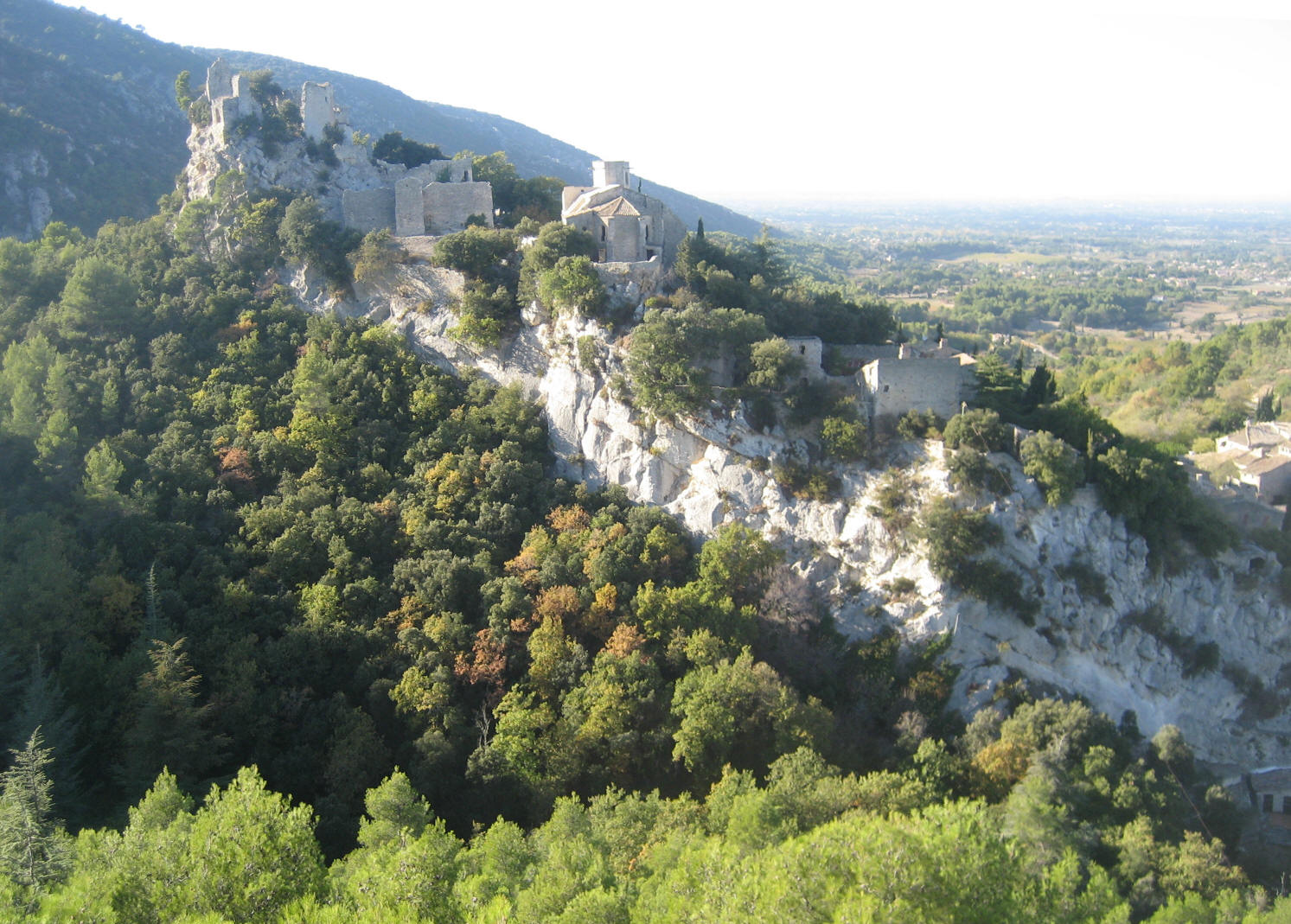
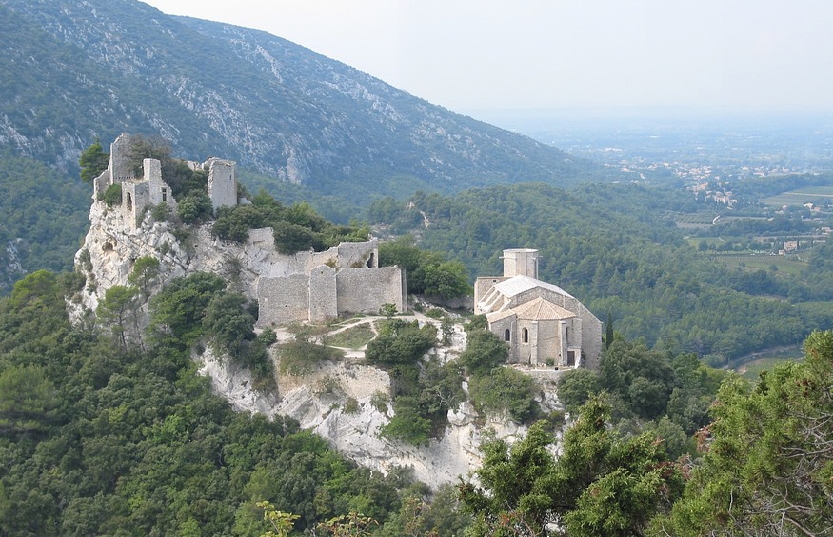
Oppede-le-vieux starting coming back to life during WW2, when a commune of artists, sculptors and writers started colonizing the empty houses and renovating them (including
the wife of the writer Saint-Exupery). That is not to say that they transformed the village into a lively one. There is still a sense of 'what happened here?' as you wander up through
the remaining old gateway into the village and up towards the two churches and ruined castle. On the left of the path are a couple of caves, one of which is occupied by a fellow
who prefers it to modern living. The whole ruined left part is forbidden area because of falling rock. The church on the right has the great old door (Three horsemen) and the
old town is laying behind this hill, not visible from here.
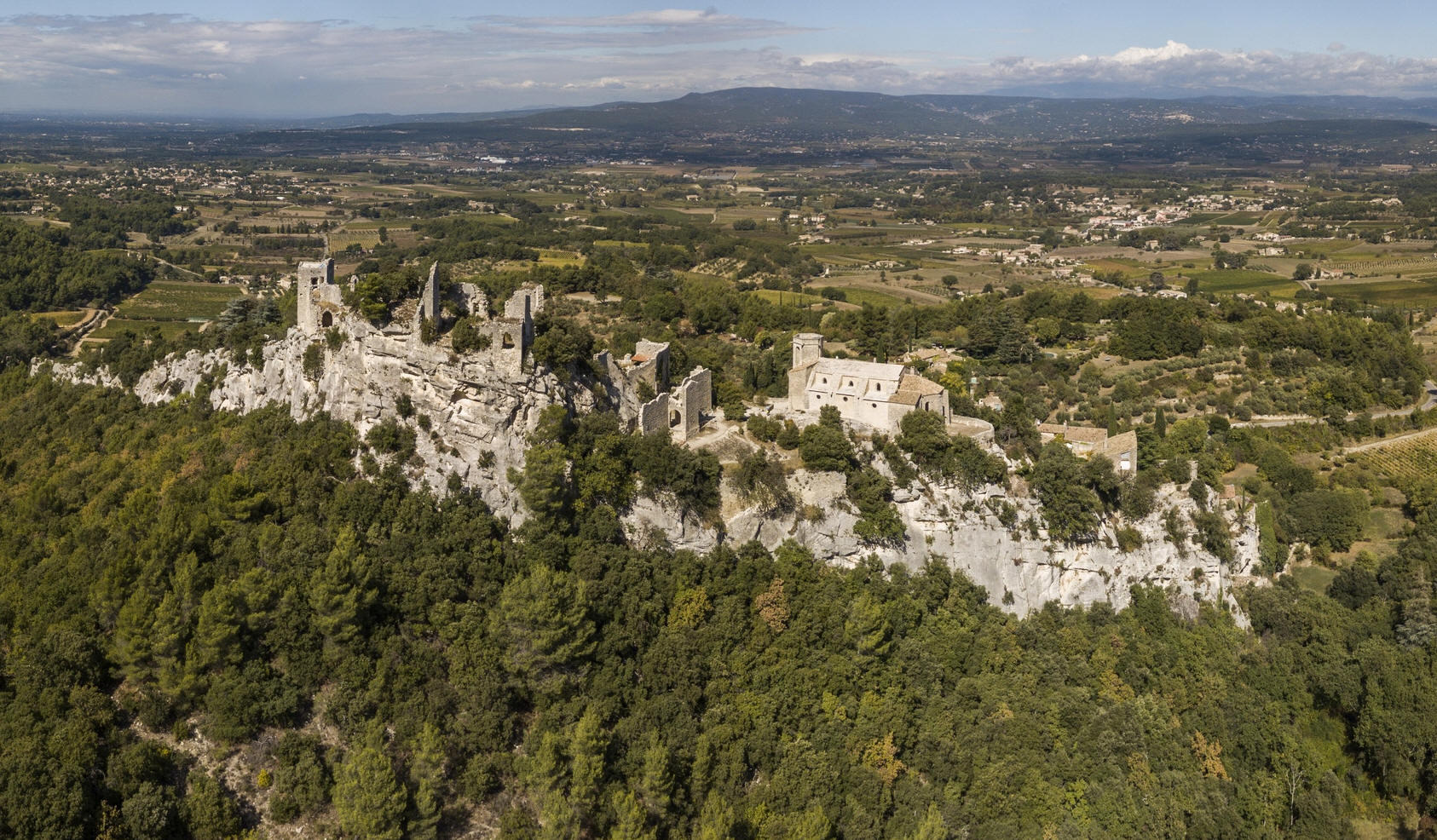
The places I haven't located yet
I don't recognize this gate. Must be in Opedde.
Location: Those two pictures are probably in the ruin of top. Like the ones one row below.
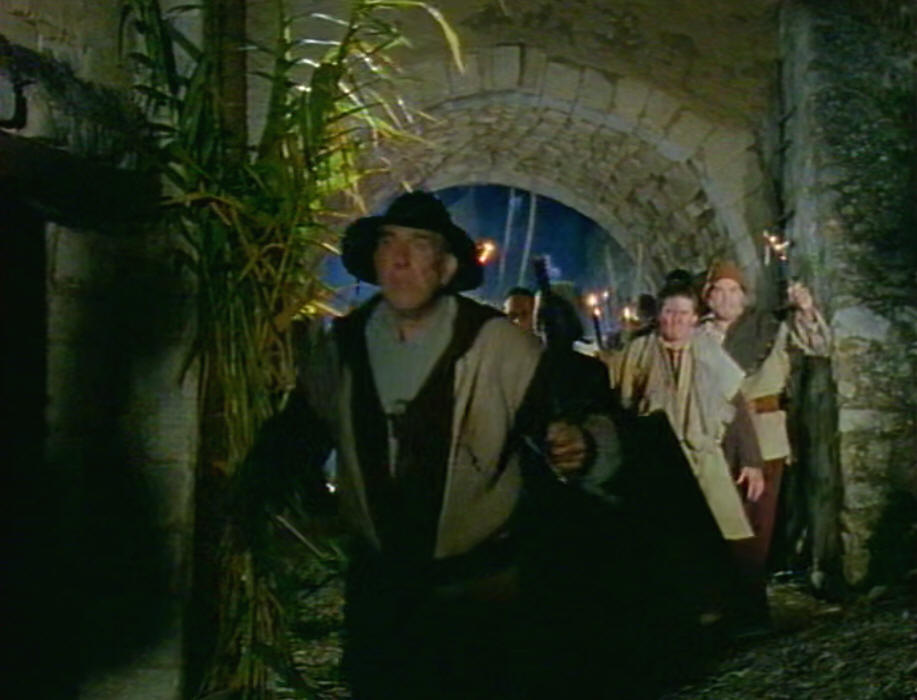
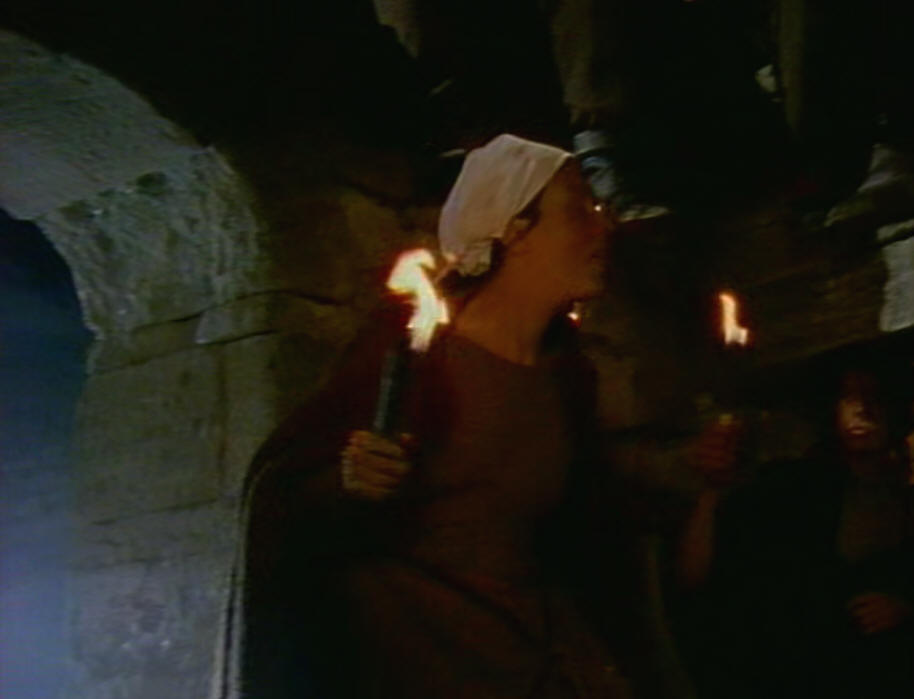
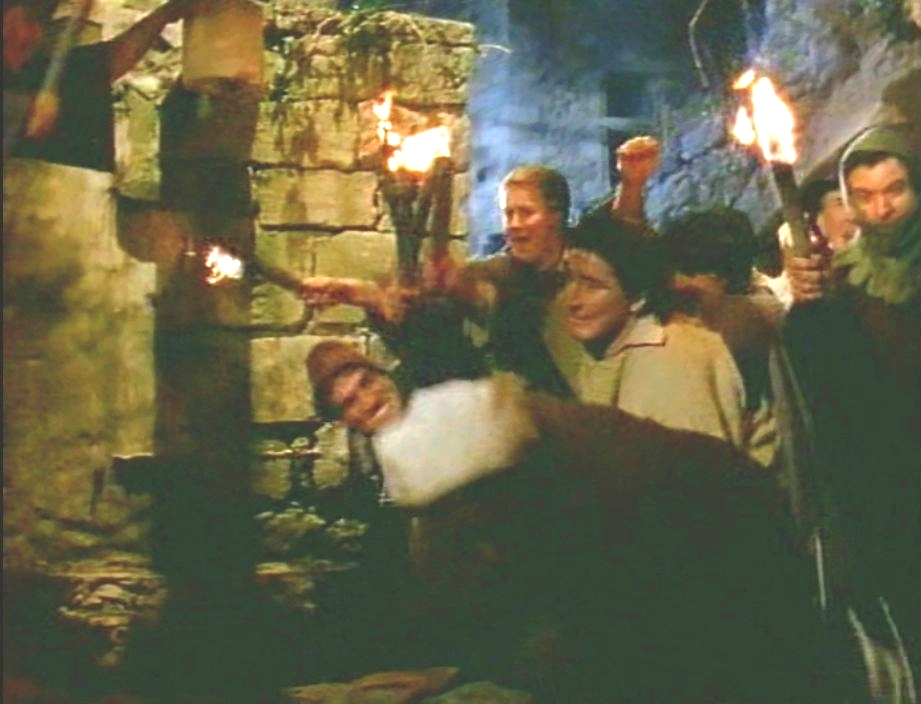
Here the fight in the passage, but there is another building involved. This one below... No idea where. Perhaps the forbidden ruins. Location: Unknown part of Opedde
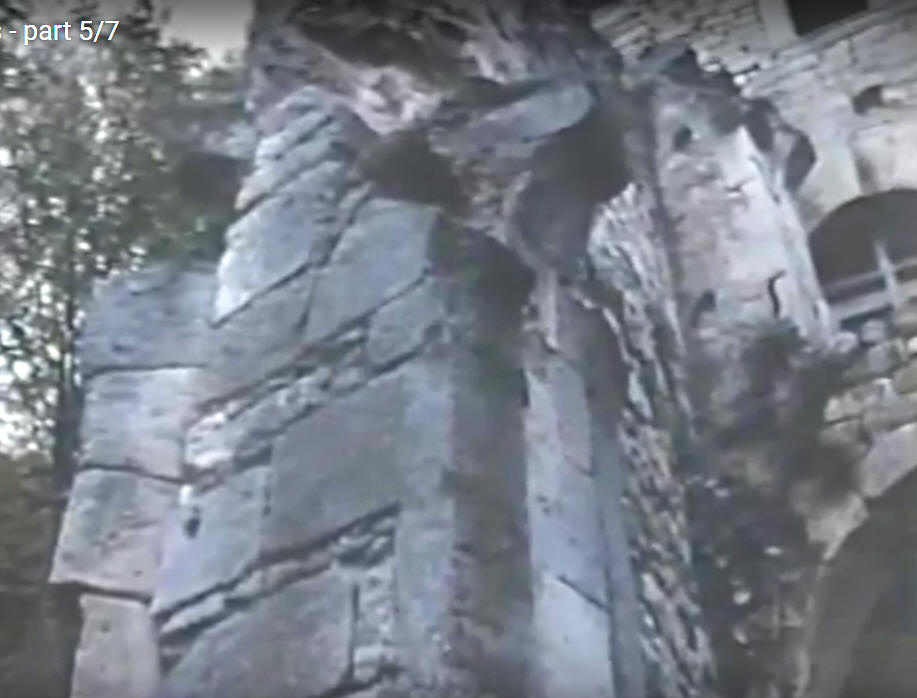
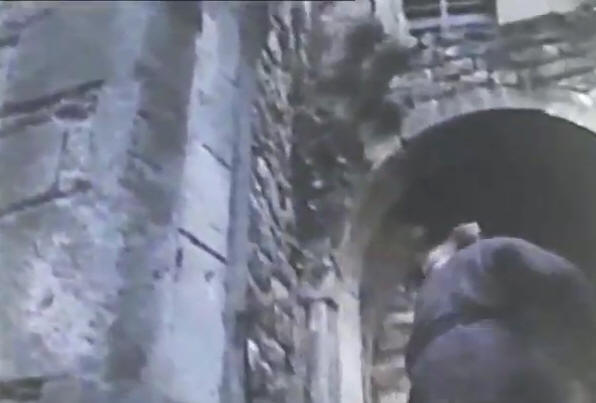
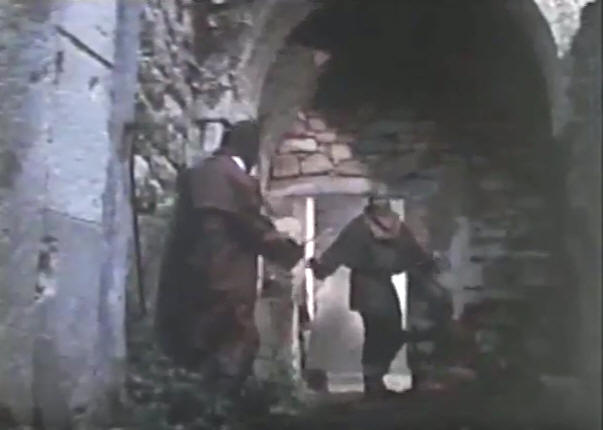
2021 this house is recognized but not really found yet. Is it in the castle or on the back of private house?
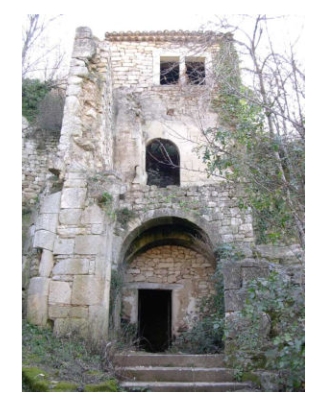
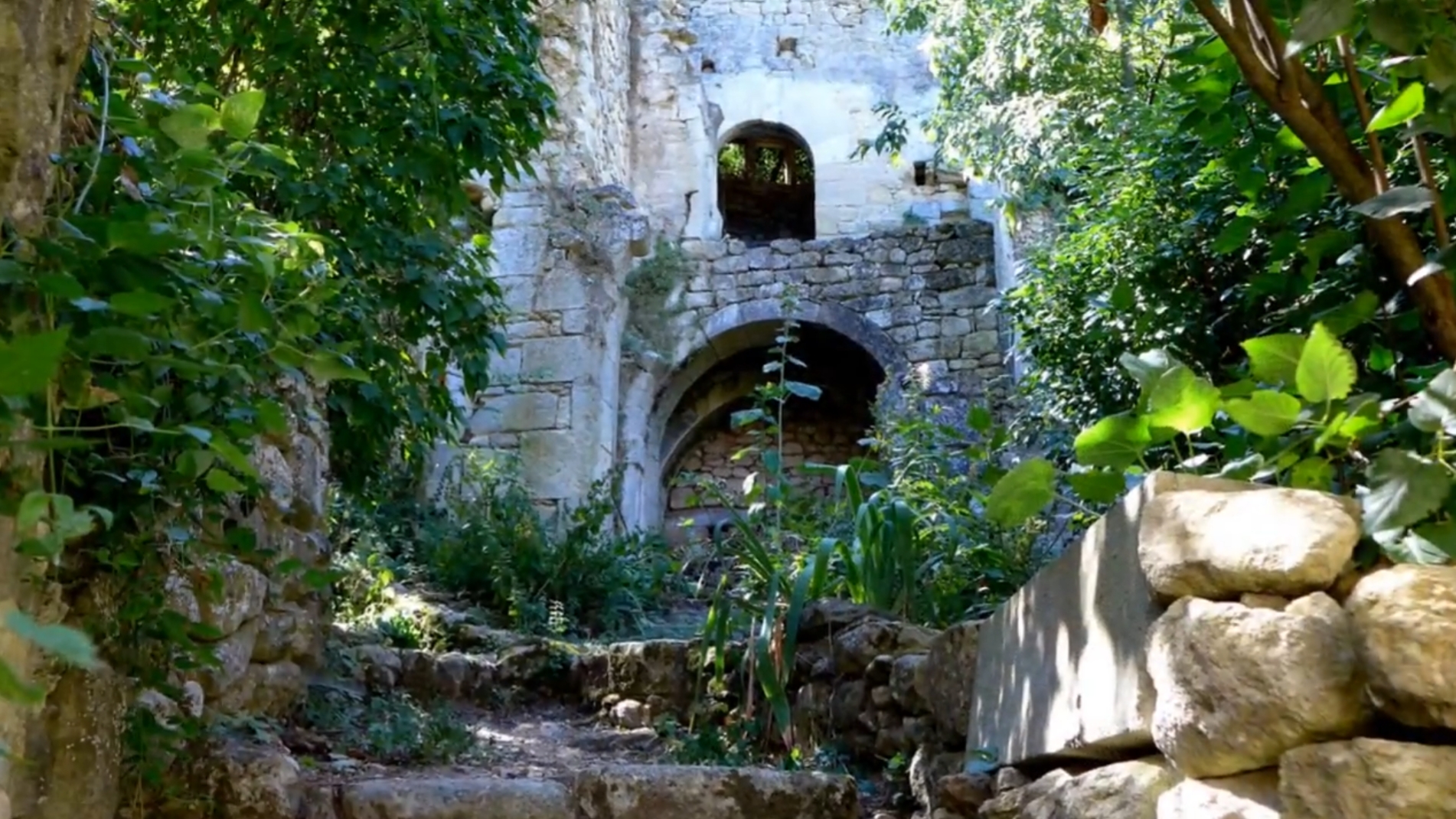
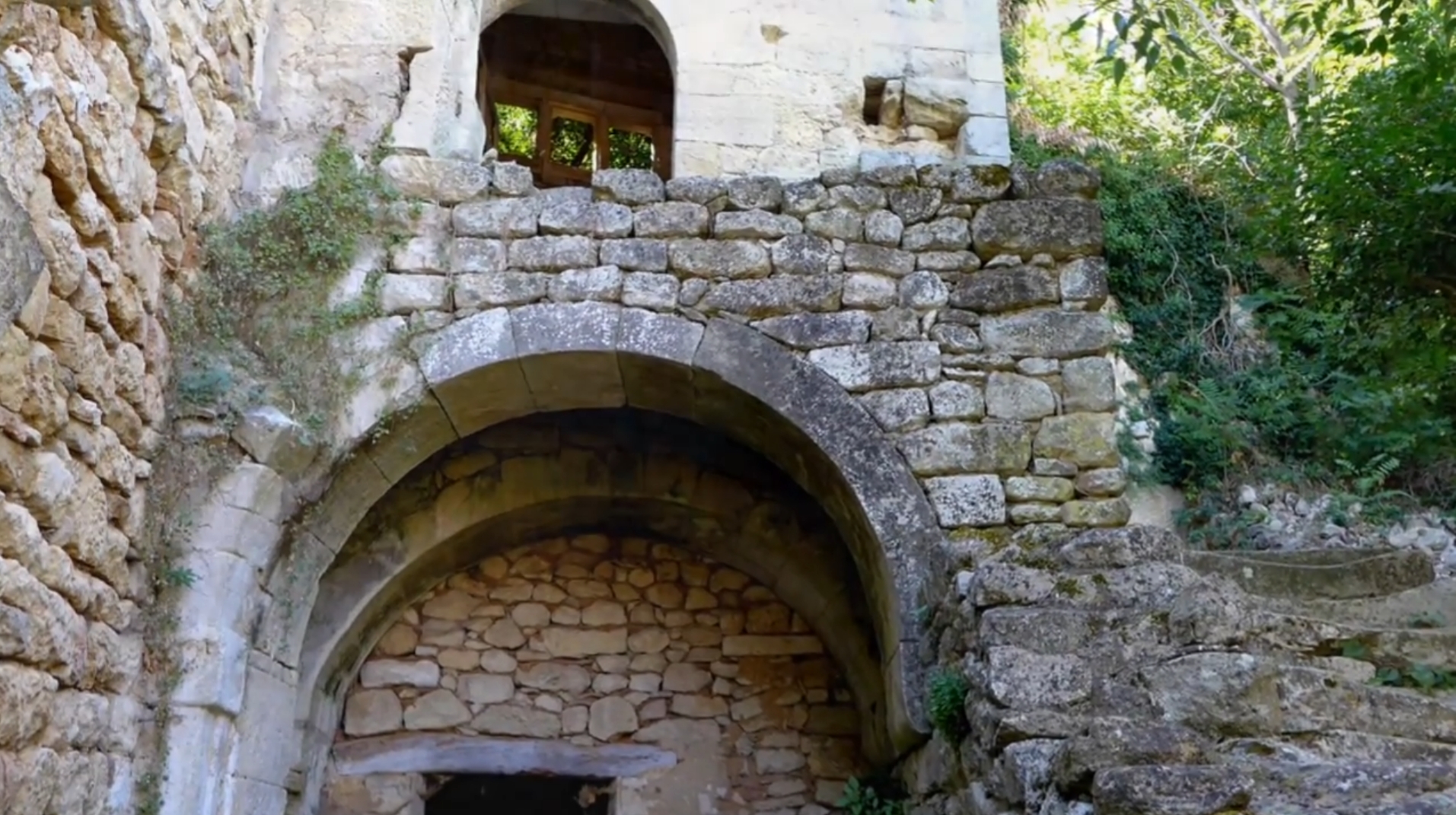
These two photos below don't correspond, but this were the only two buildings that had the same kind of atmosphere.
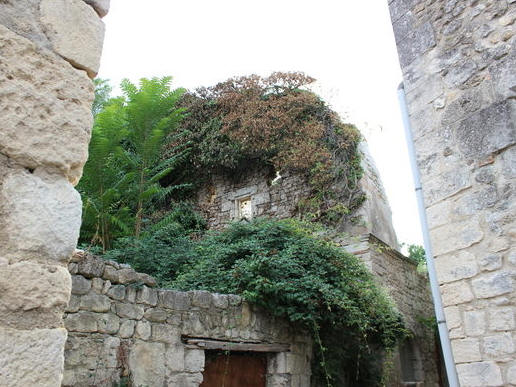
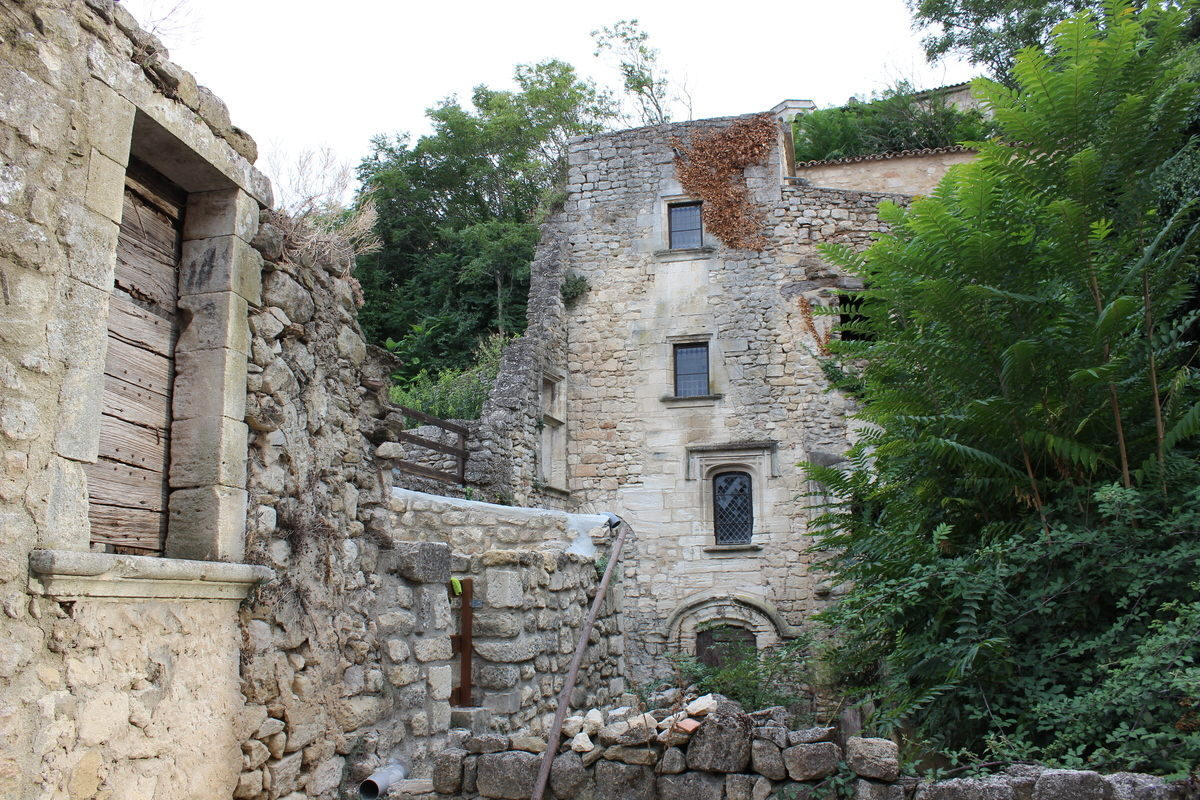
And above looks not the same as this building. Perhaps a patio or inner garden that is no longer open.
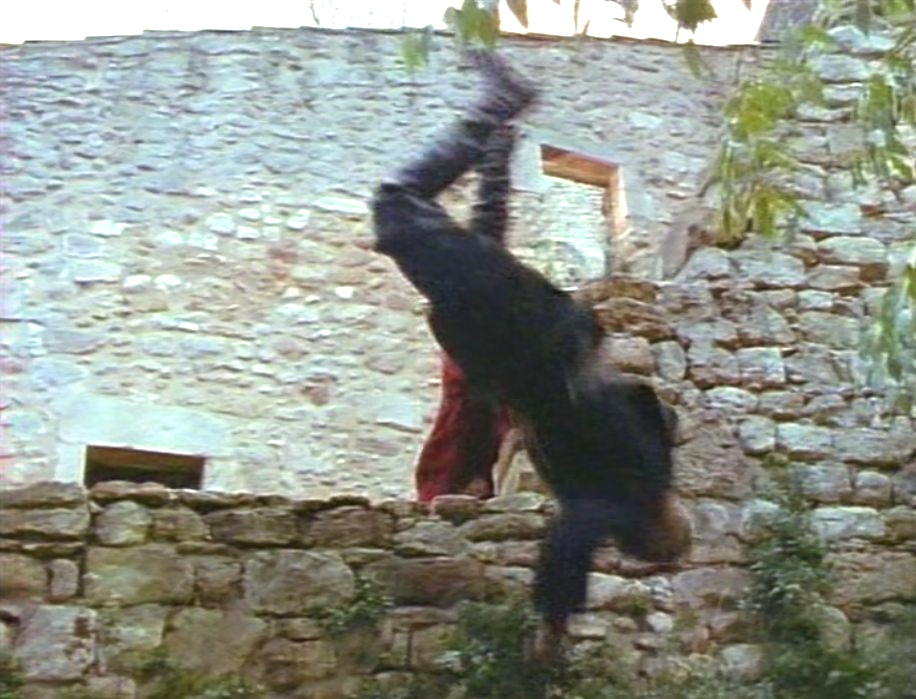
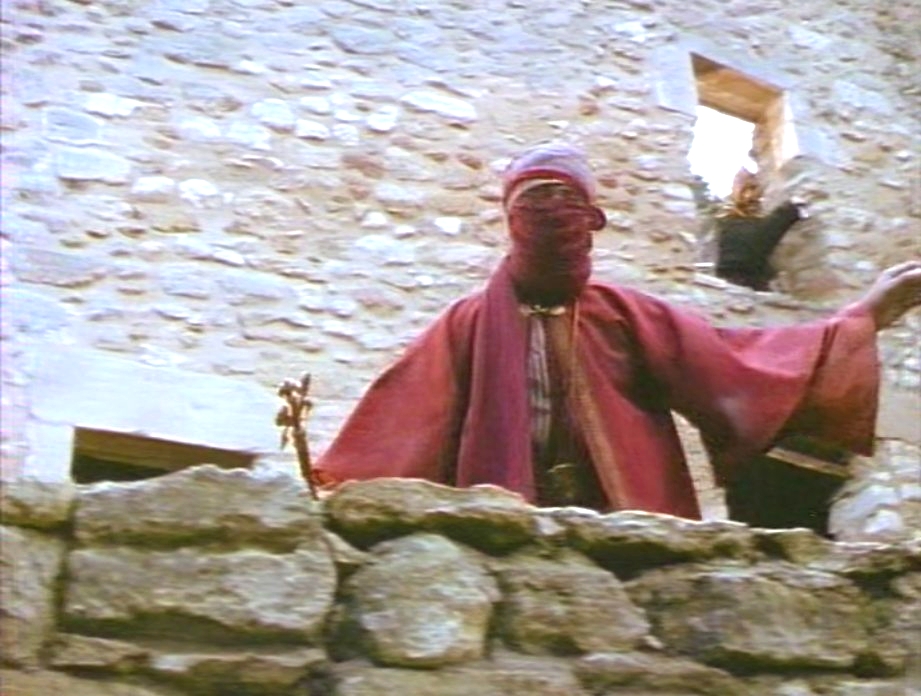
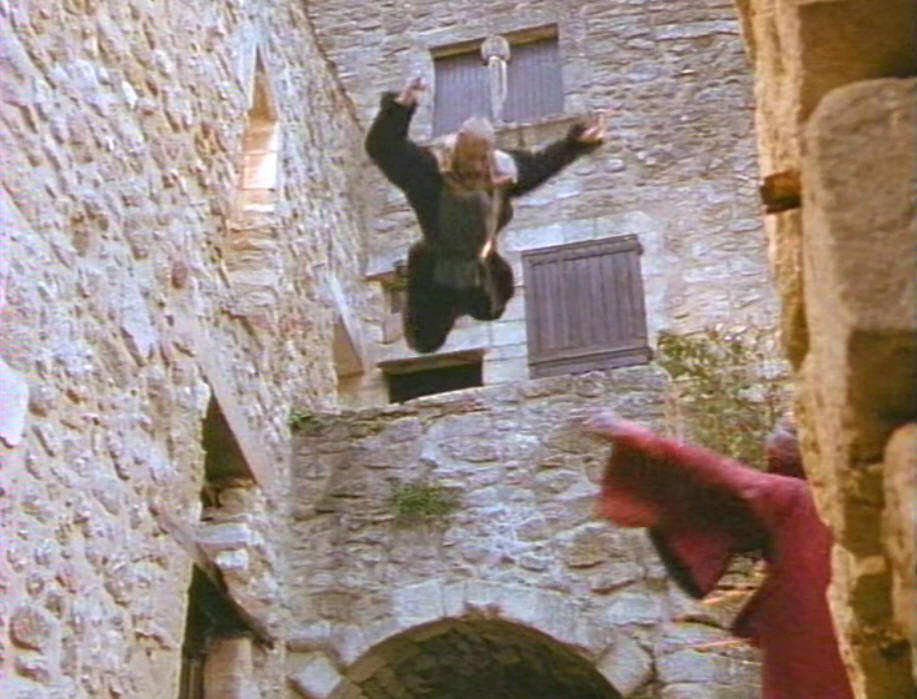
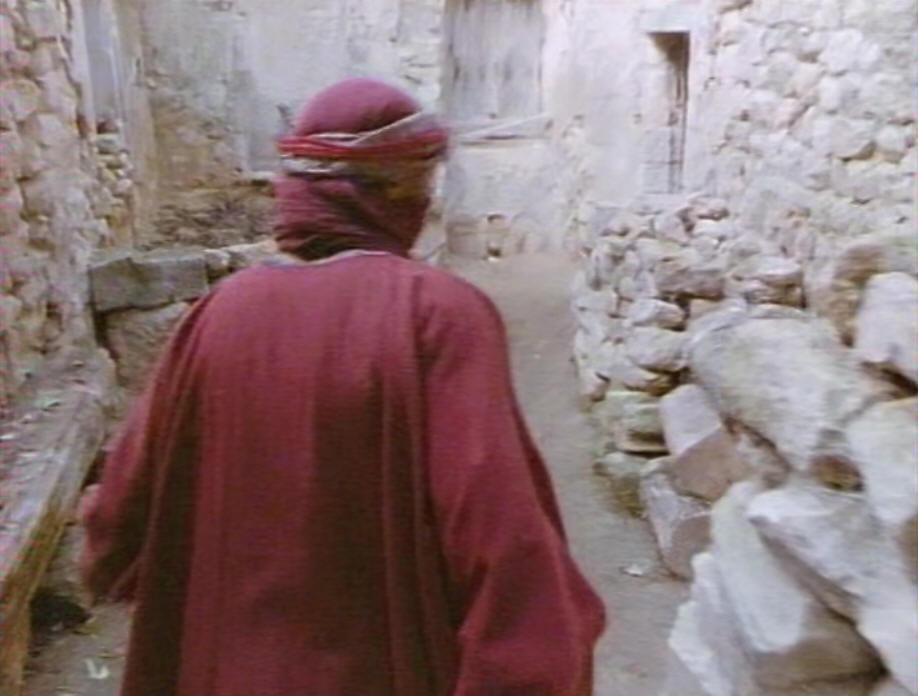
The utopian dream created by artists in the south of France
This small French town for a time became a utopian refuge for a group of artists.
The illusion of utopia is not dead. On the contrary, every now and again people emerge whom, in synchronicity with each other, meet to dream collectively, not as a desirable but impossible idea,
but as a tangible reality. This is the case of Oppède, a city in the south of France (between Avignon and Aix-en-Provence) that for several years was the scene for a project between architects and artists
that sought to rebuild the city but not only in a spatial sense, but also in its social fabric. In 1940, with the city abandoned and destroyed as a result of the war, a group of friends arrived in town with the firm
intention of putting into practice their dreams of collectivism. Architecture students Georges Brodovitch, Florent Margaritis and Jean Auproux, fashion designer Jeanne Violet, painters Albert Rémy and his
partner Yliane joined the six inhabitants of the city that remained and began the arduous task of reconstructing and restoring.
For several months, students, artists and locals cooperated to make the buildings inhabitable that had been destroyed by fighting in the area. Other architects fleeing city life, anxious about the situation,
soon joined them. Over time a rhythm of work emerged almost naturally with well-defined schedules: arise at 5am, eat at 5:30, 13:00 and 19:00, without delays, to take advantage of the few hours of
daylight available during the winter.
The adverse circumstances were no hindrance to the enthusiasm of those involved, however, and neither was the immense difficulty of the task. In addition to the initial group, other famous participants
joined them or participated briefly in the commune: Antoine and Consuelo de Saint-Exupéry, the sculptors François Stahly and Etienne-Martin, the painters Zelman and Jacques Hérold, the writer
Arthur Adamov and even Marcel Duchamp, who attended a masked ball in honor of Jeanne Violet, who got married during that period in Oppède.
In addition to the restoration of the city, the artists also managed to beautify it with frescoes and sculptures. But it is also true that many of their projects remained as ideas on the drawing board,
or as simply words in debates they had. They had thought, for example, of establishing a network of a ‘fair economy’ avant la lettre, because although at that time the concept did not exist, the collective
was close to developing it and even consolidate it, placing Oppède at the epicenter of such system. Toward 1942, the collective enthusiasm began to wane, eroded by the invasion of German troops in the area
and also the lack of resources that, in many ways, they were never capable of self-generating. The group dispersed but, as Sophie Cachon says in Télérama, the remnant of the adventure was an
“infallible friendship,” perhaps the minimum but essential element, at any time, to once again dream about the possibility of a utopia.